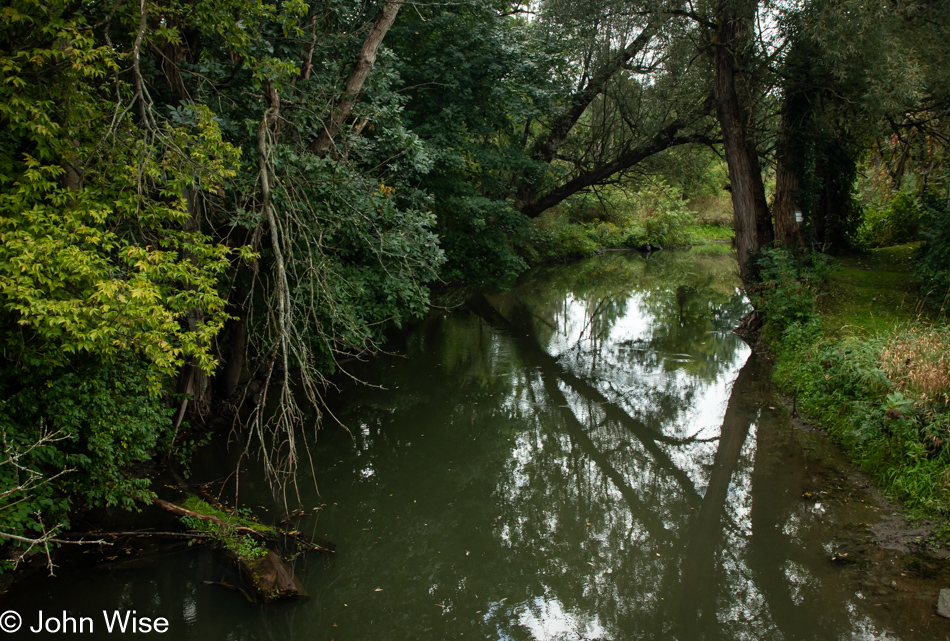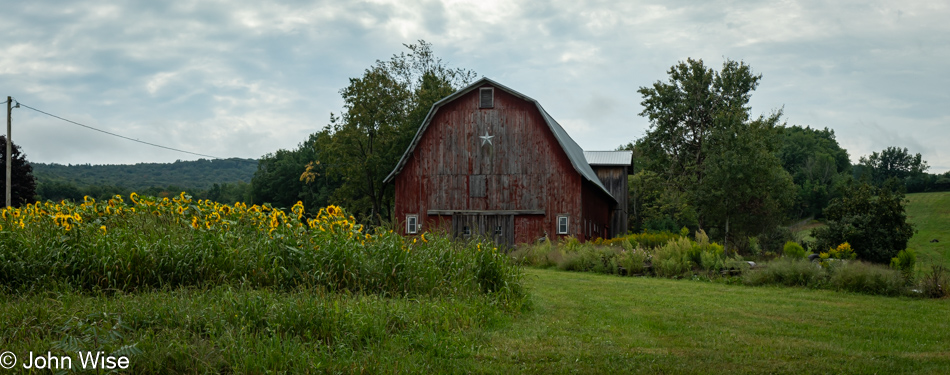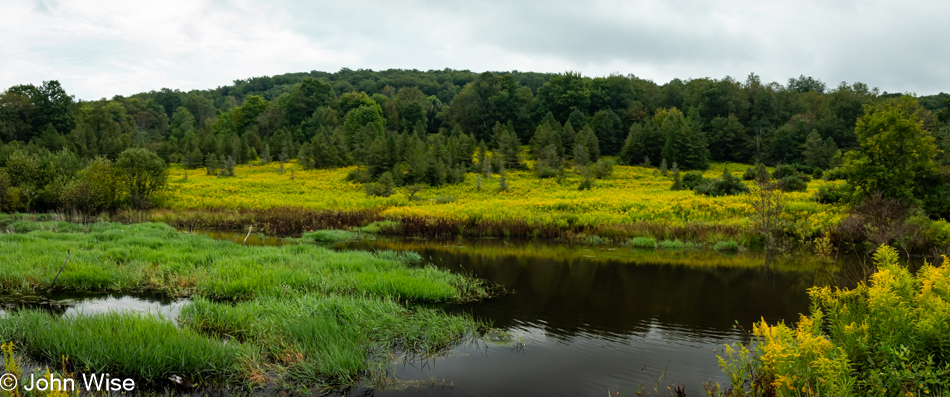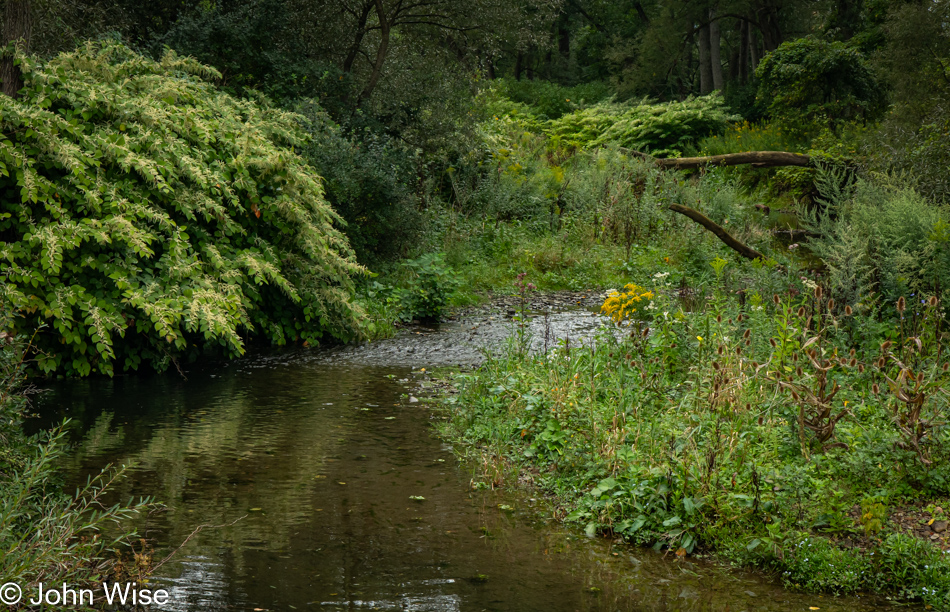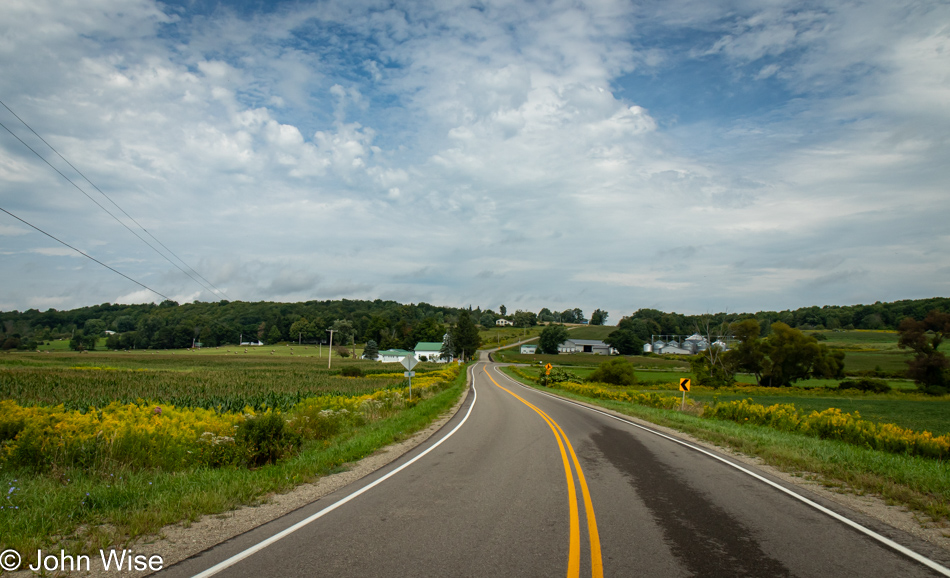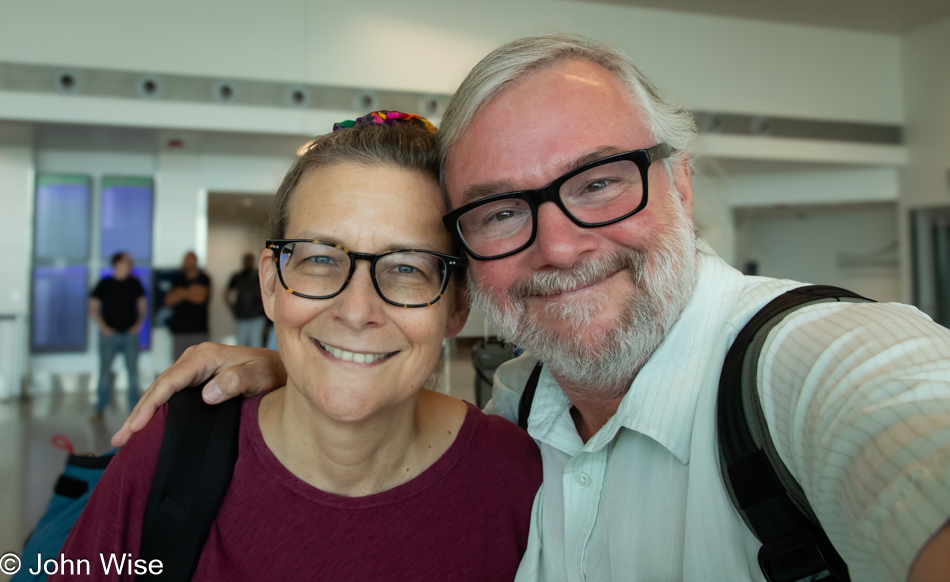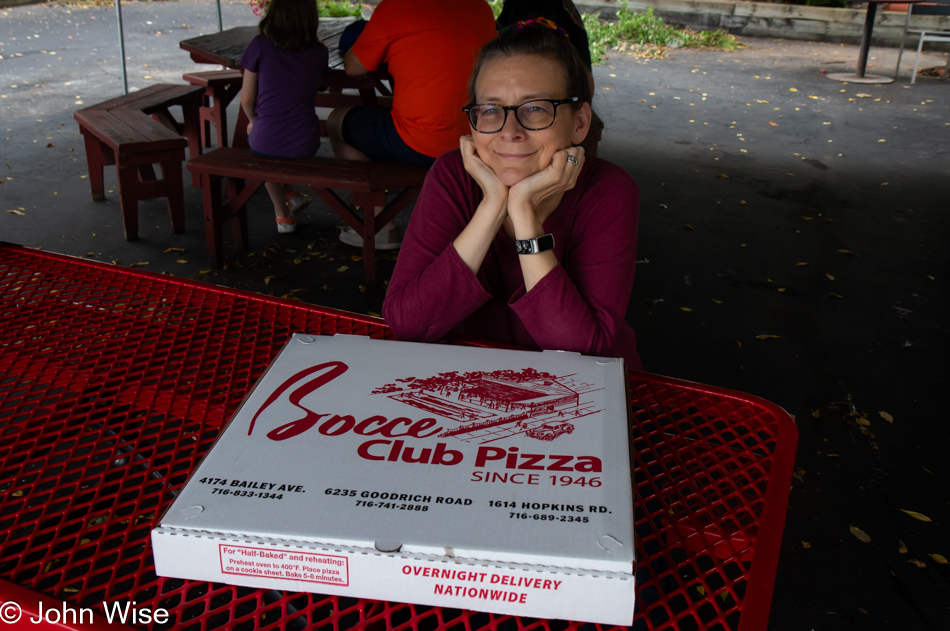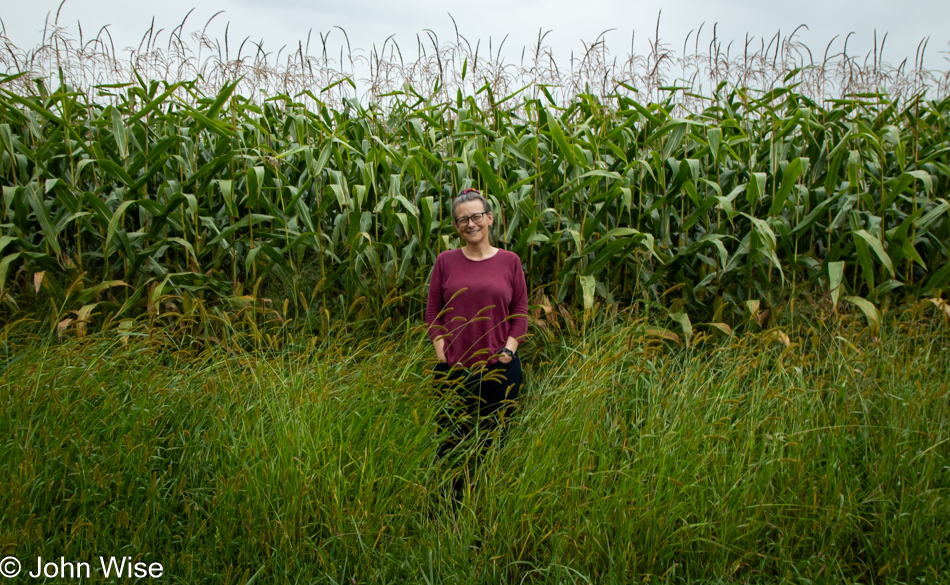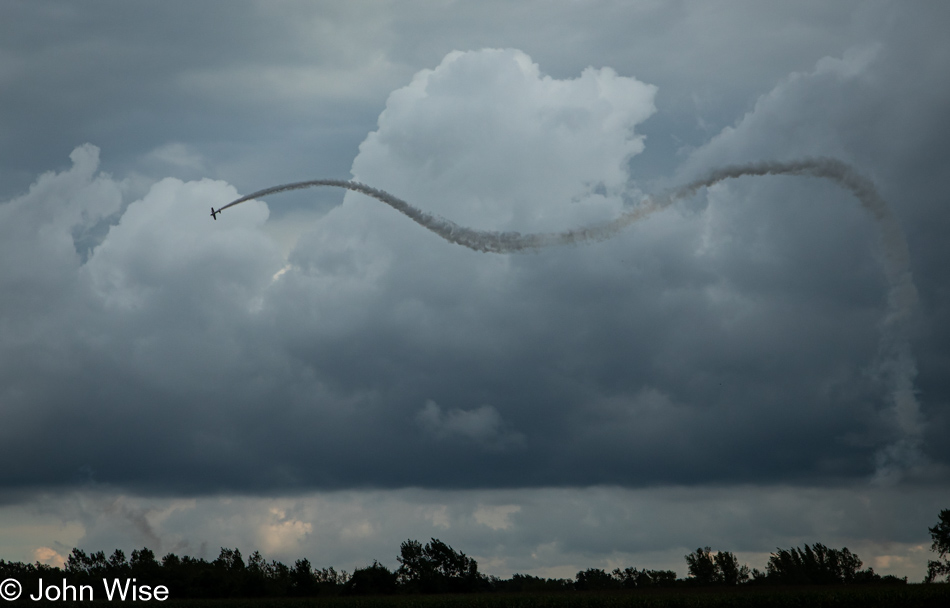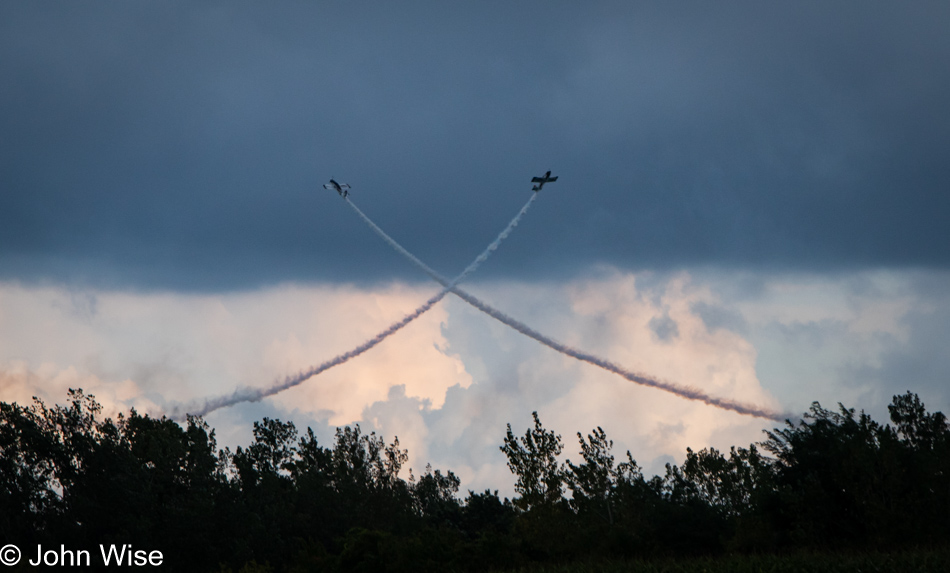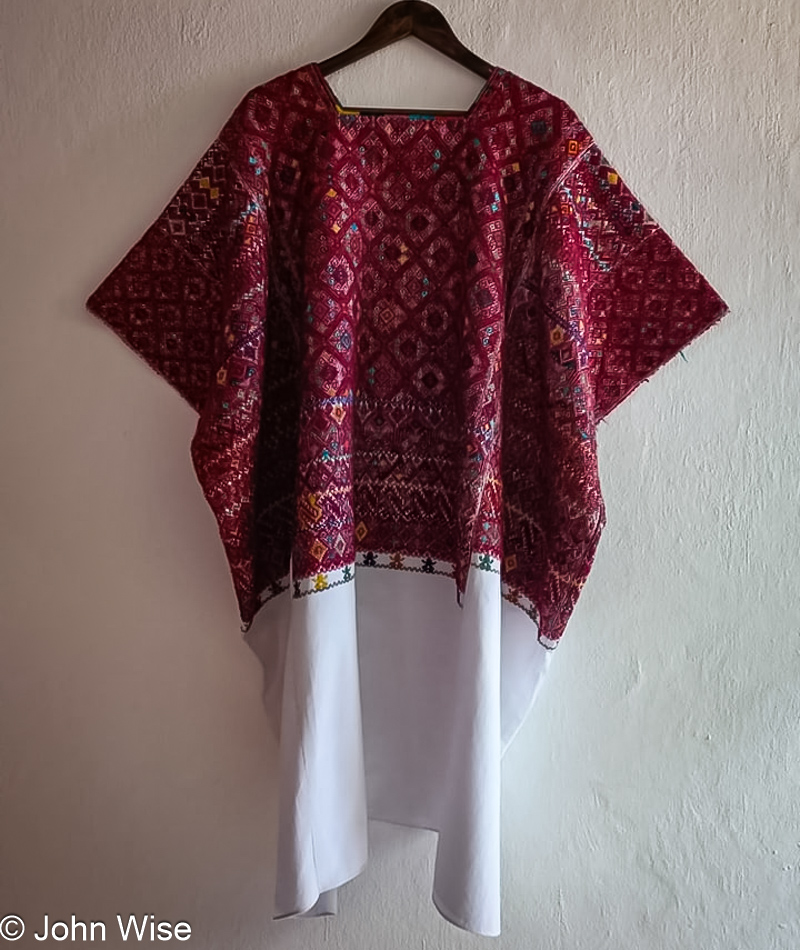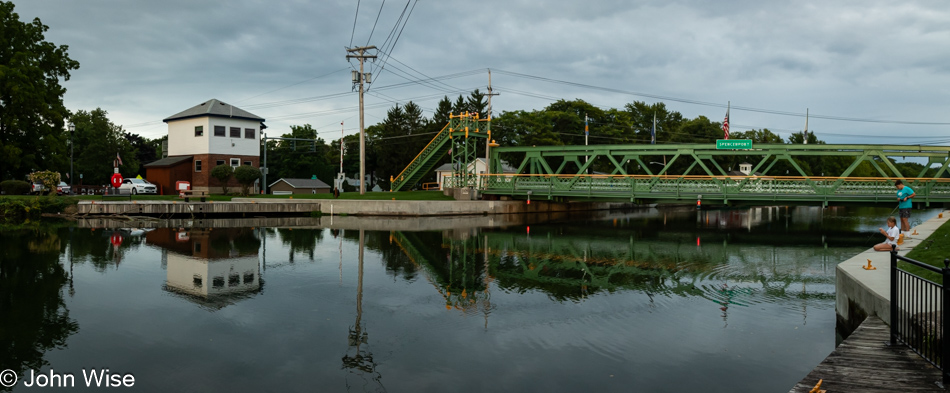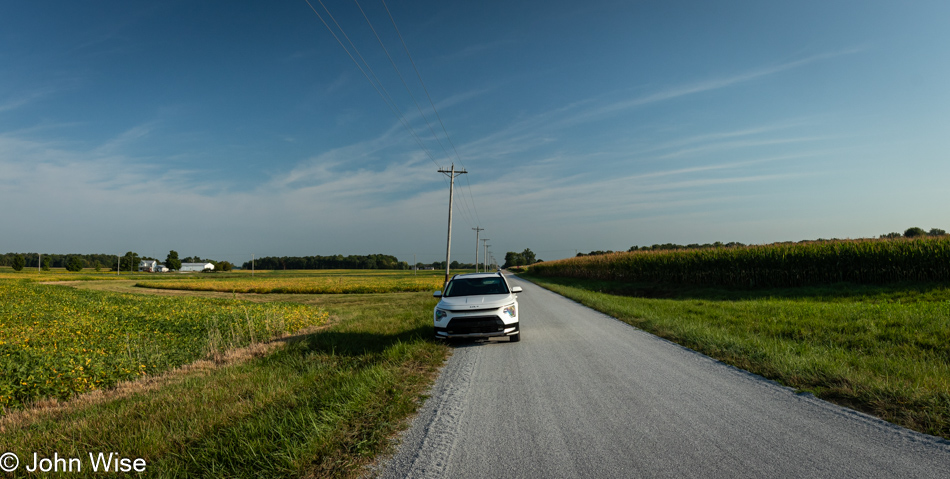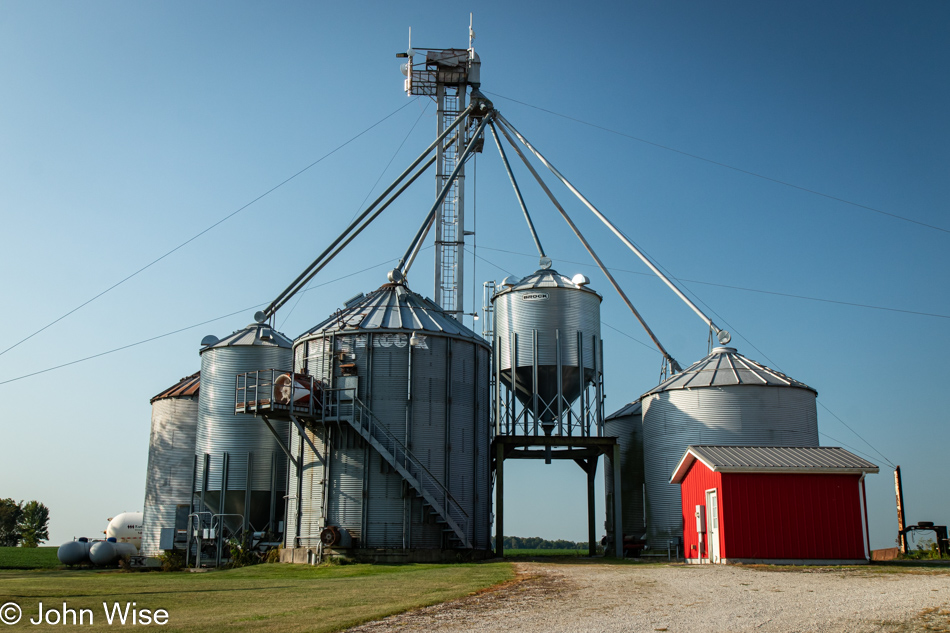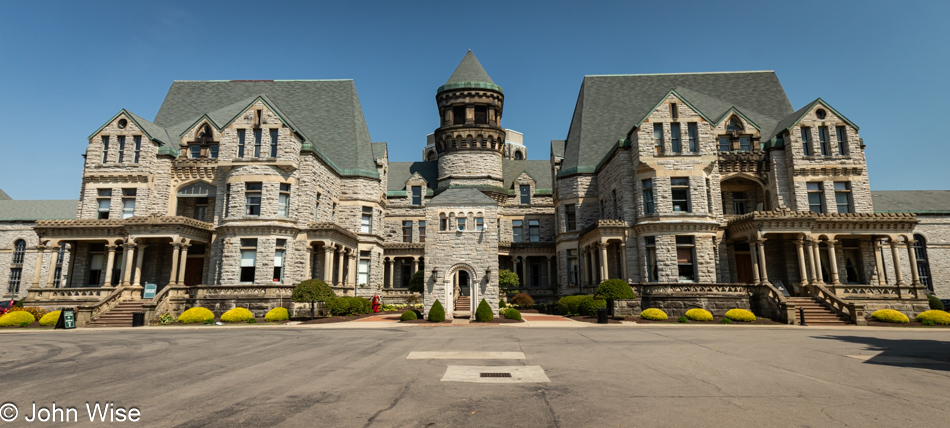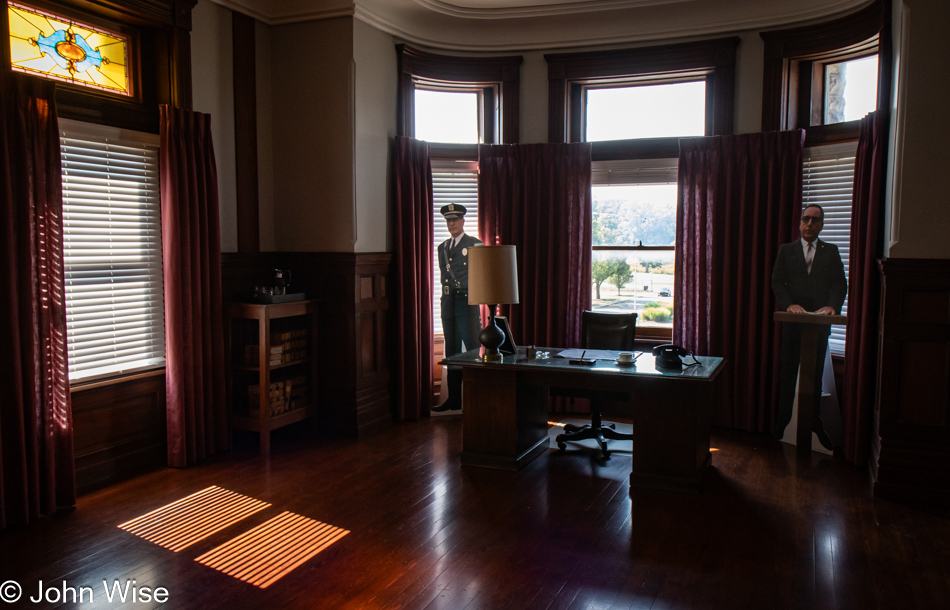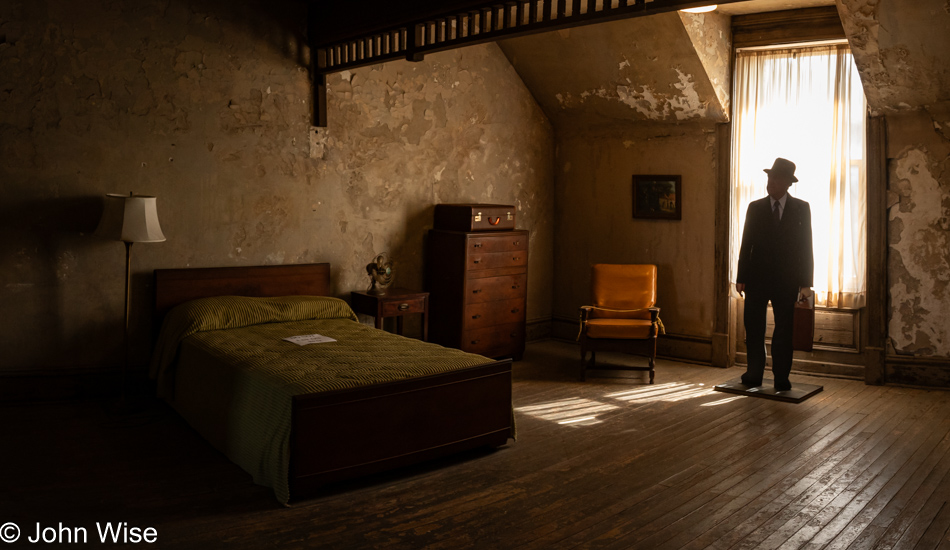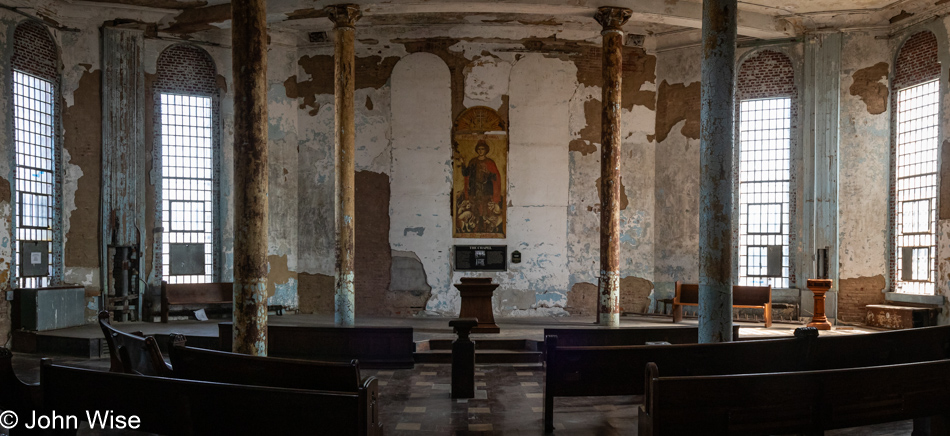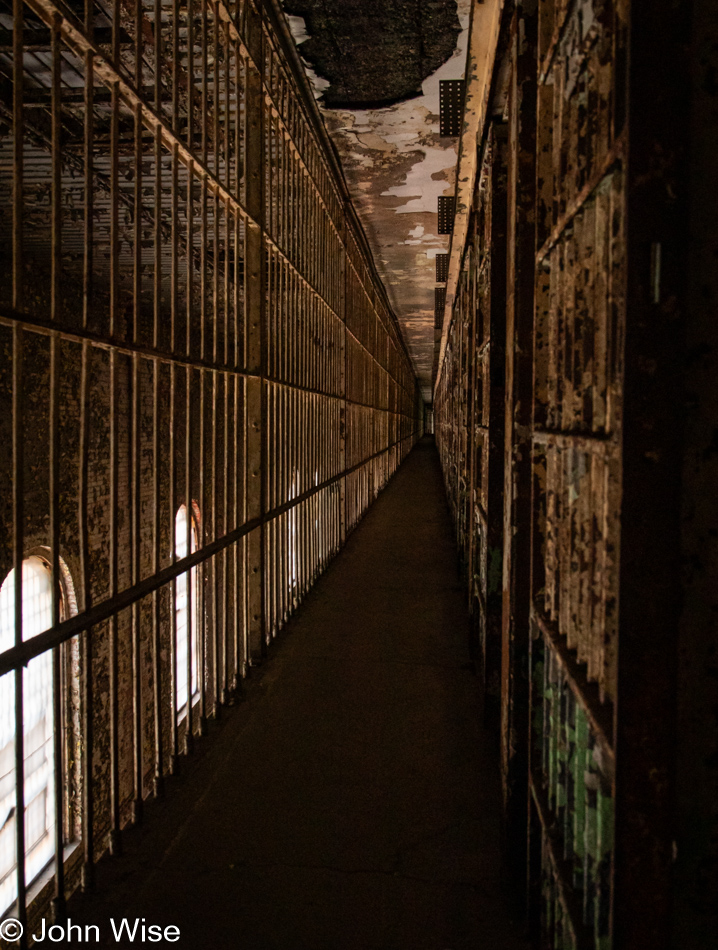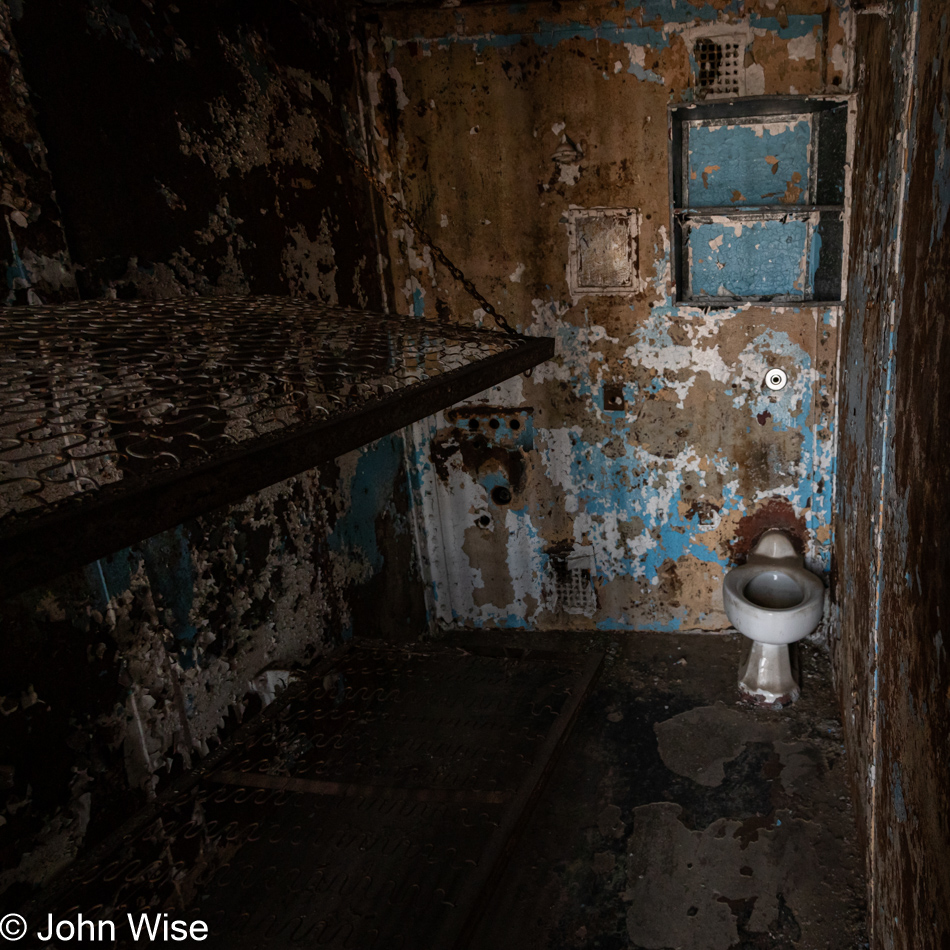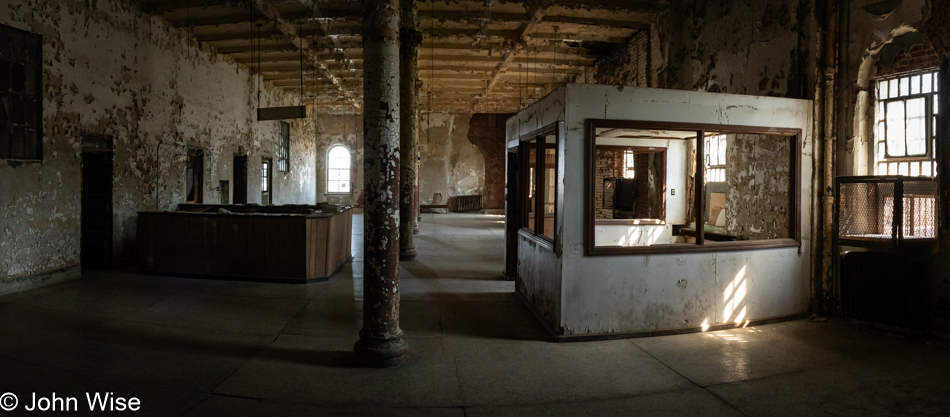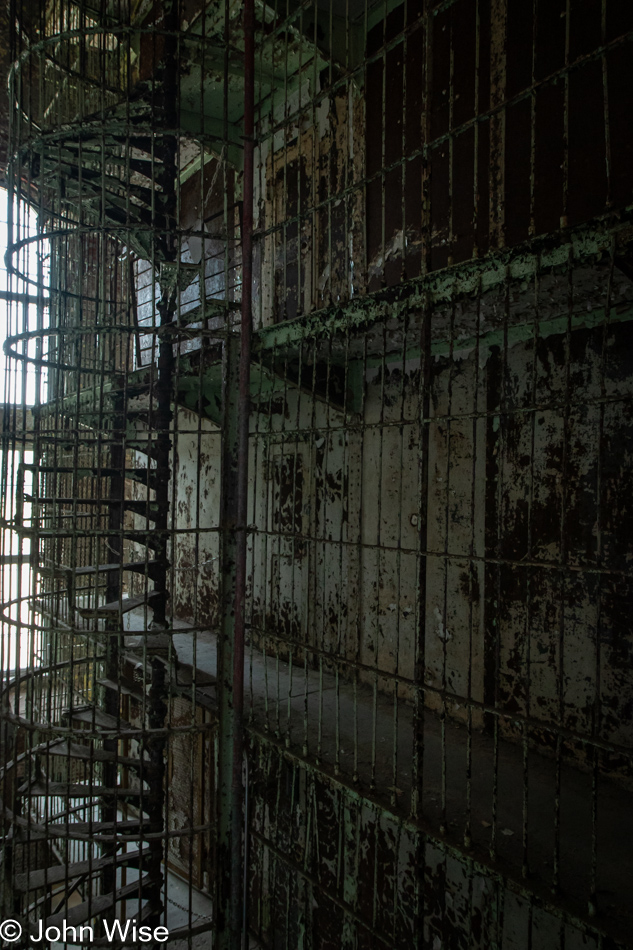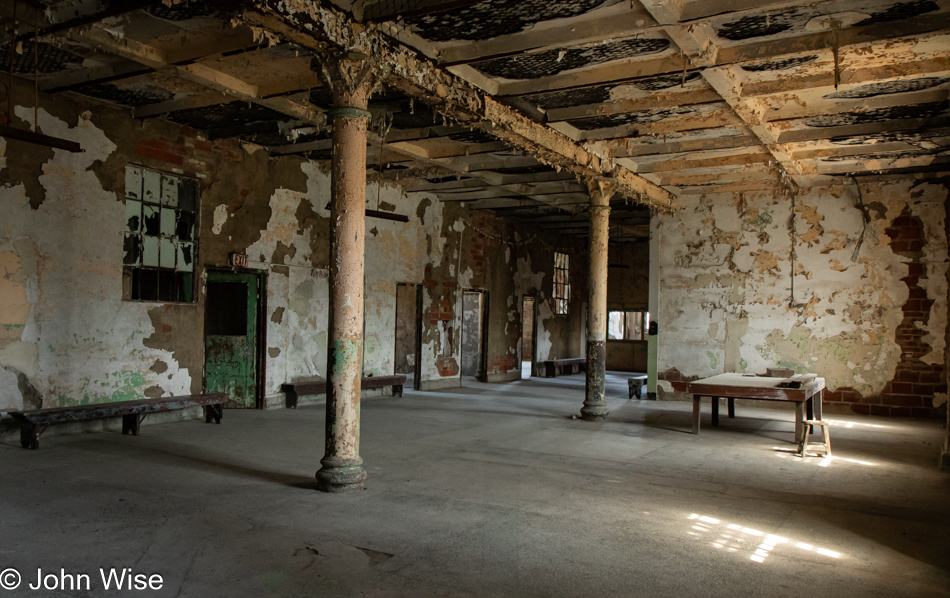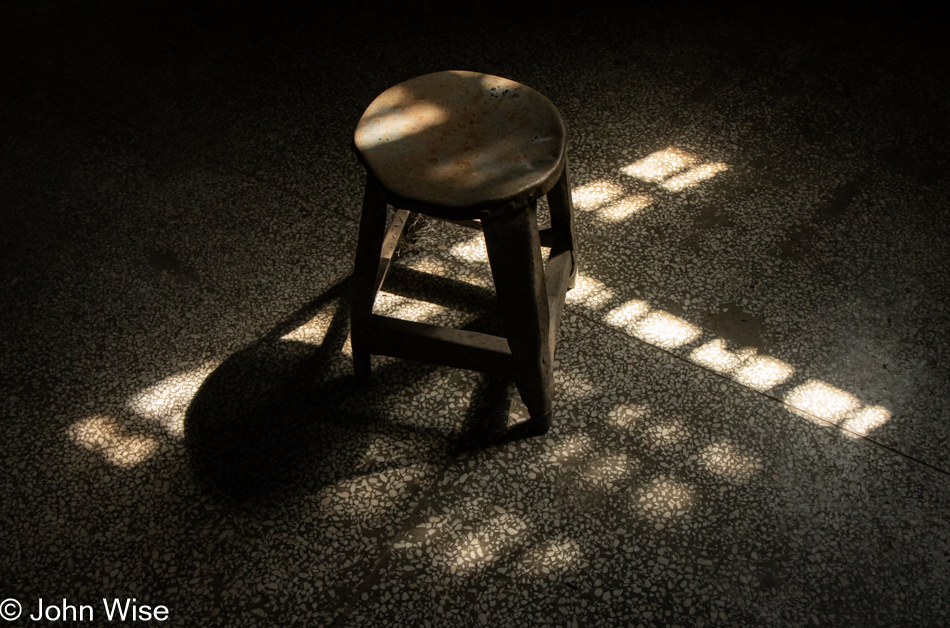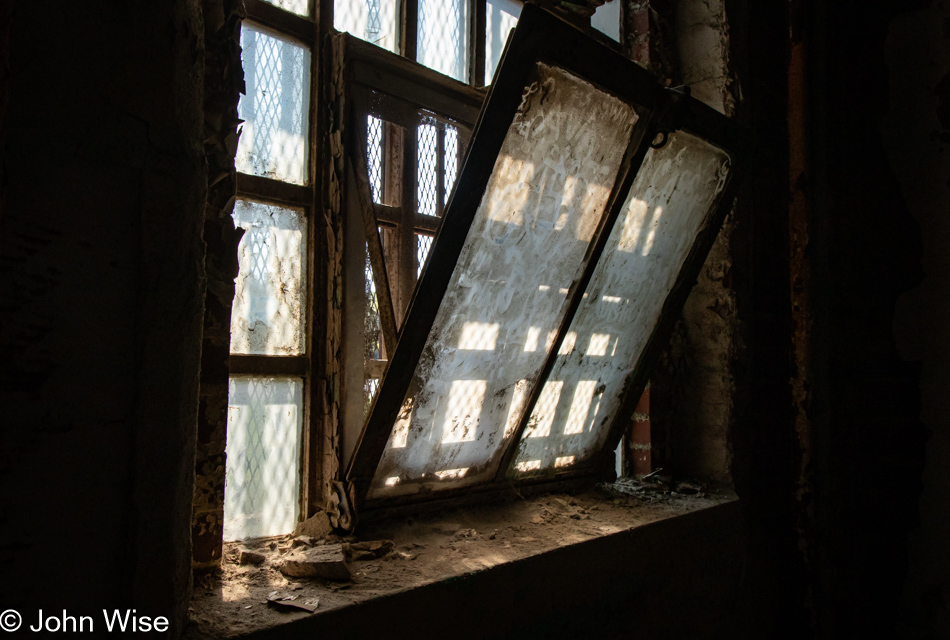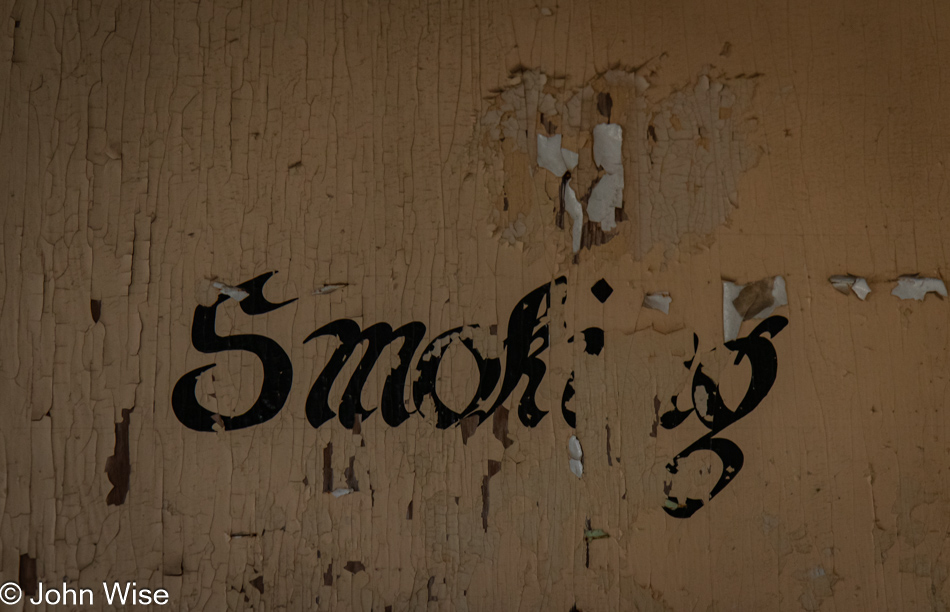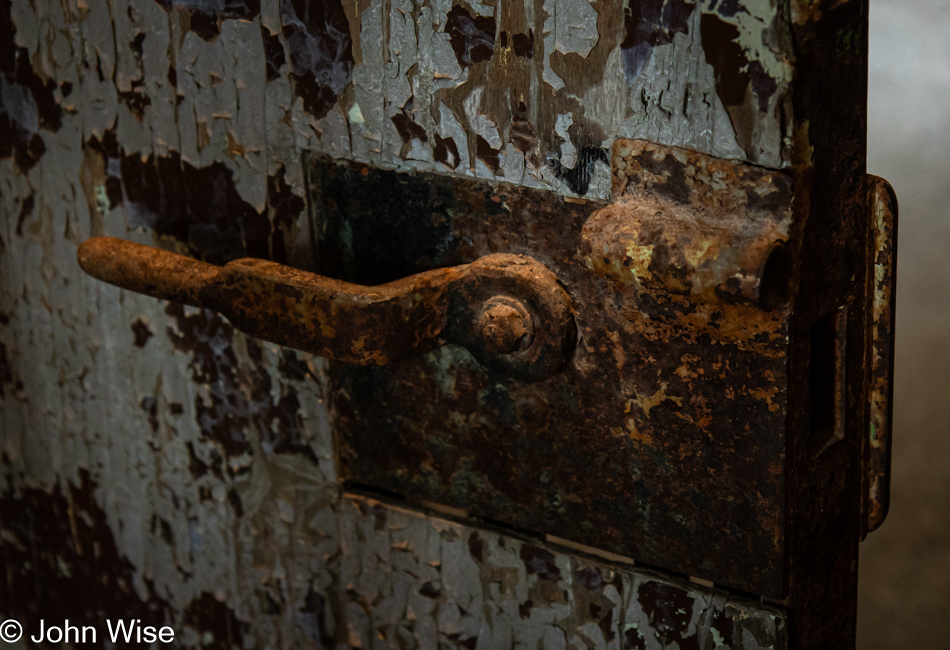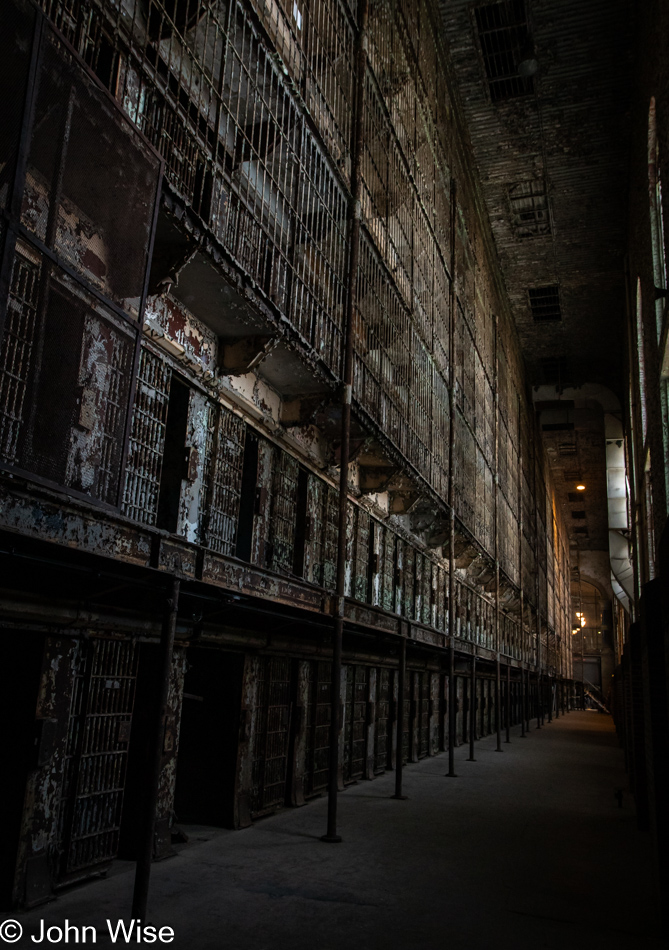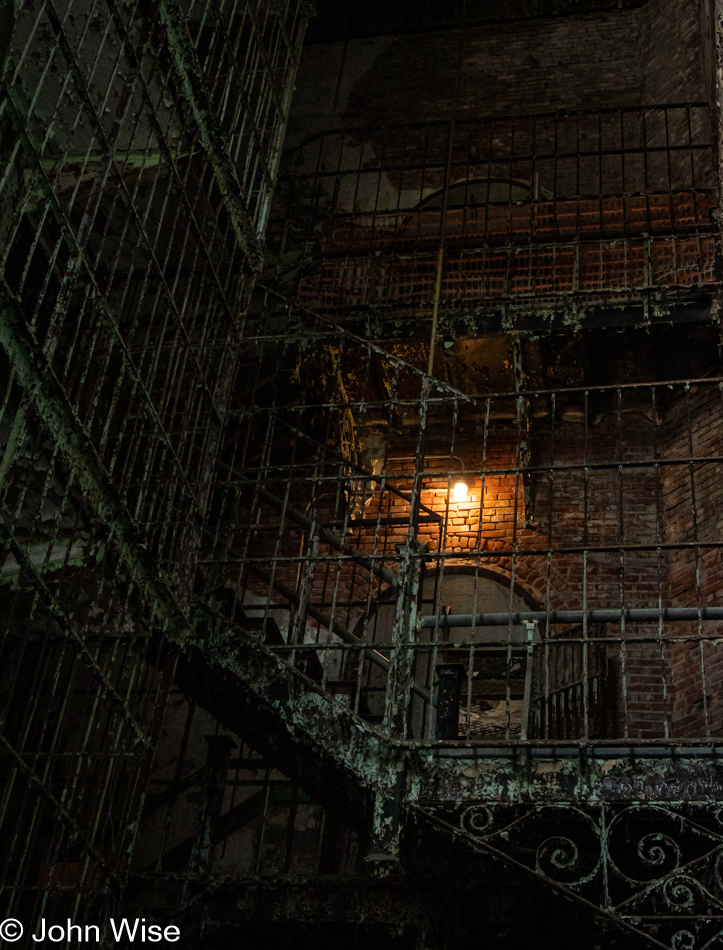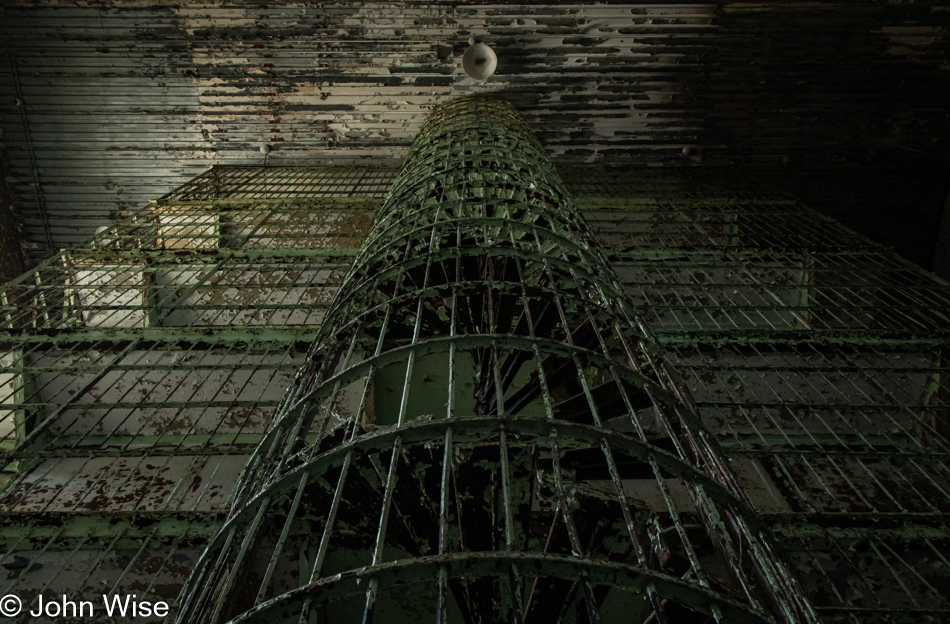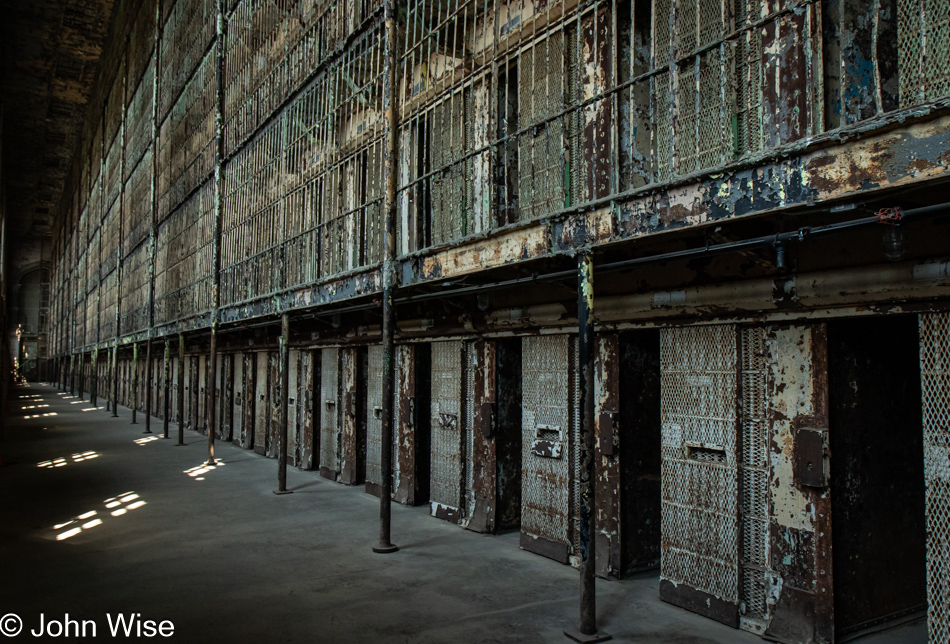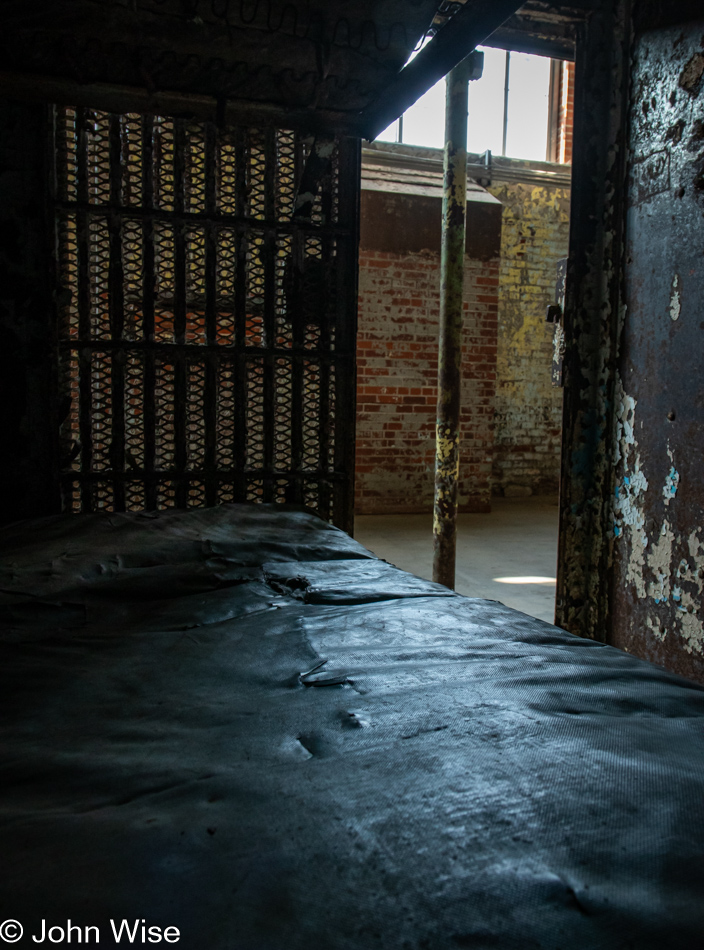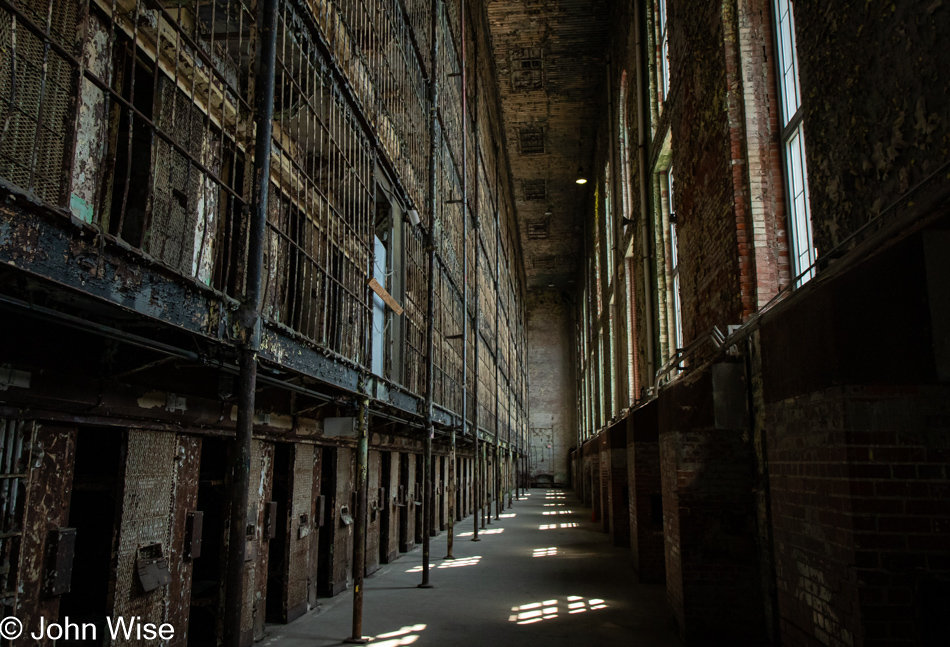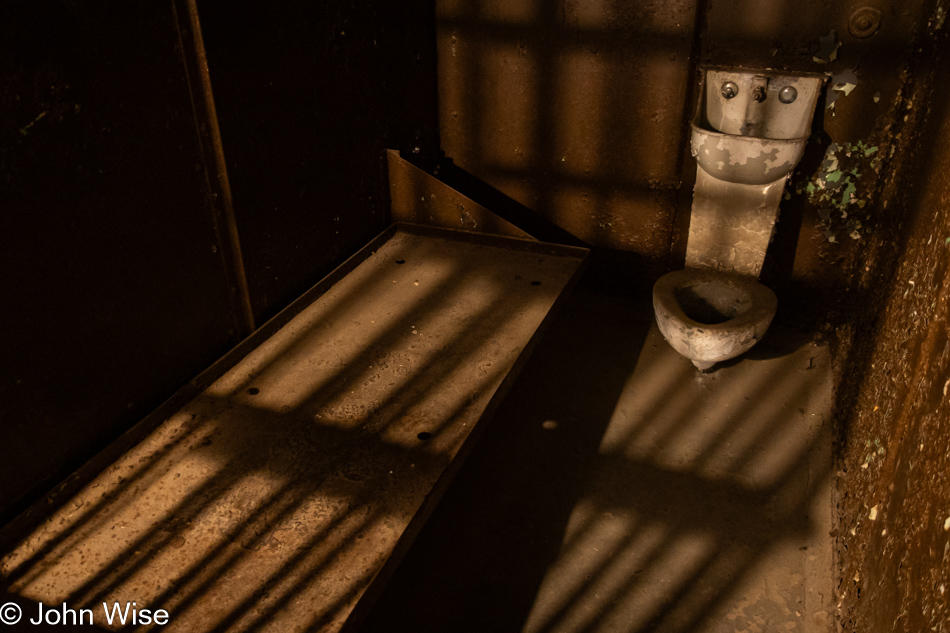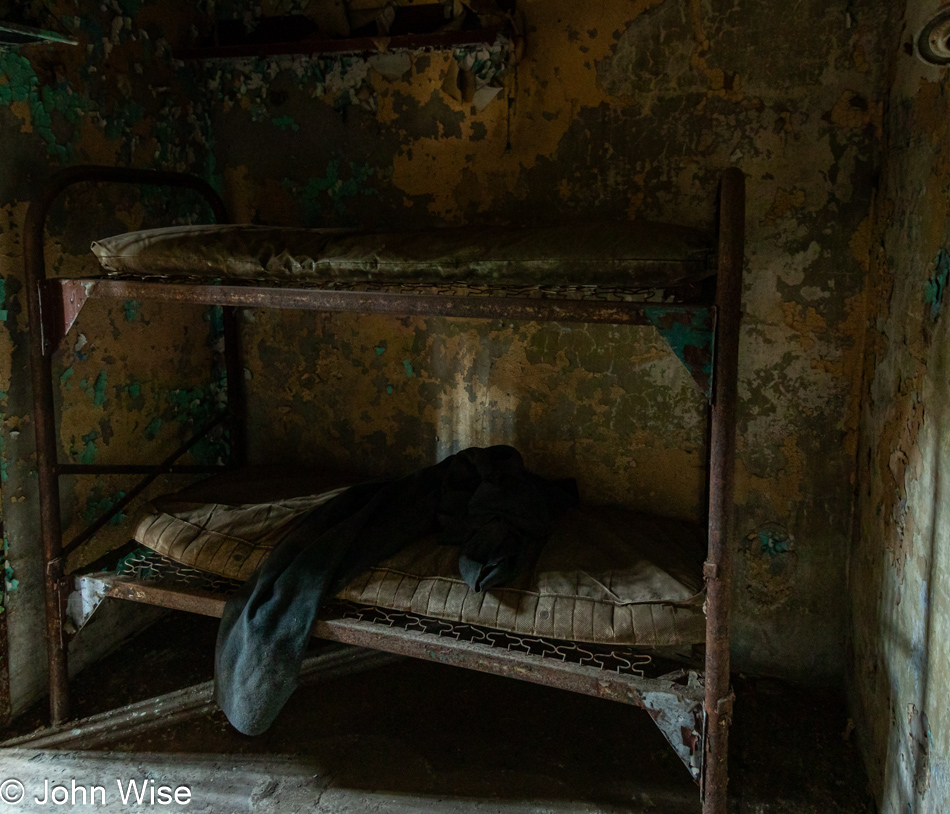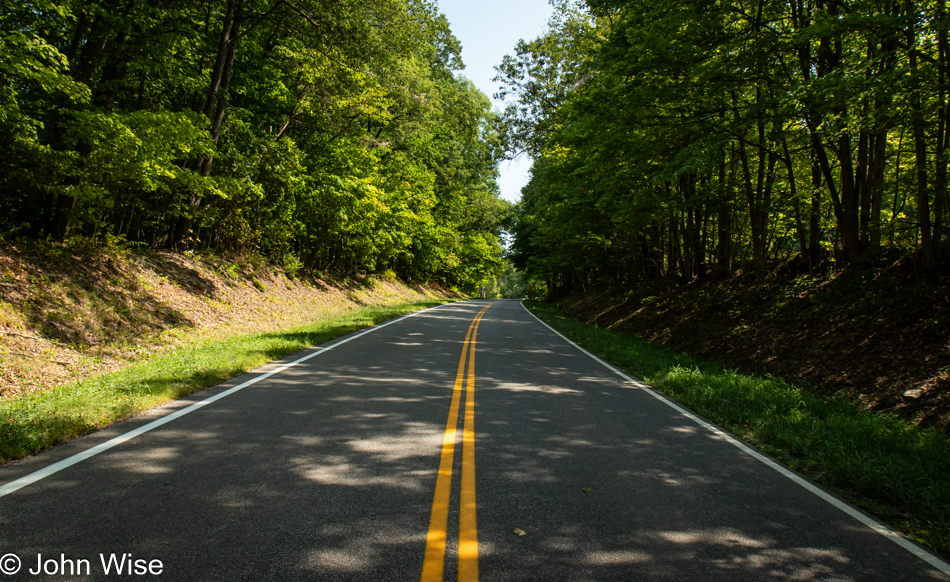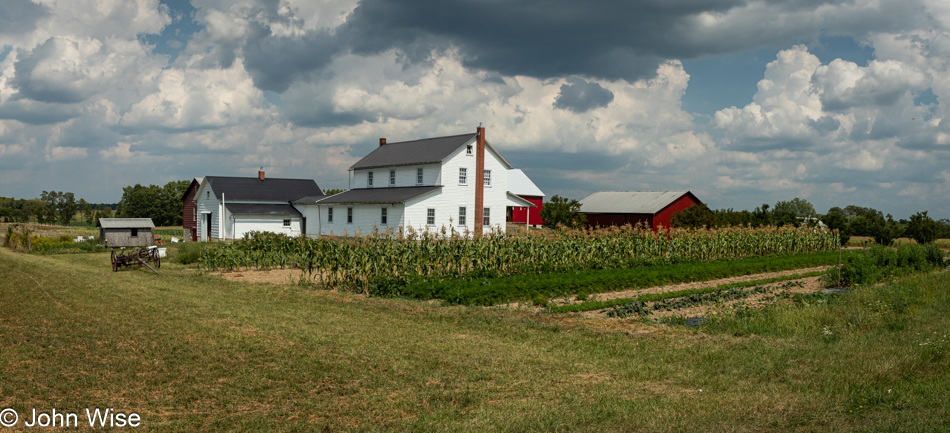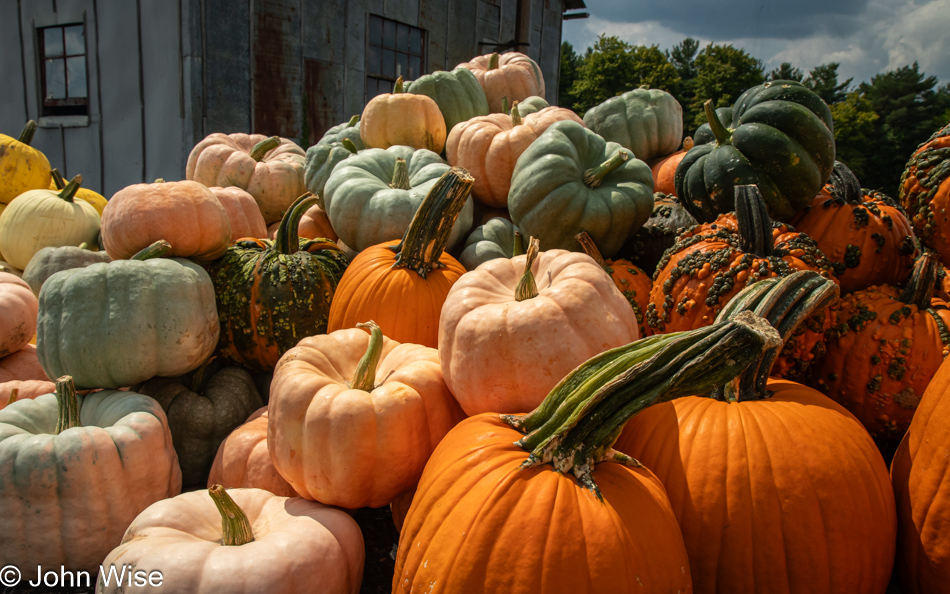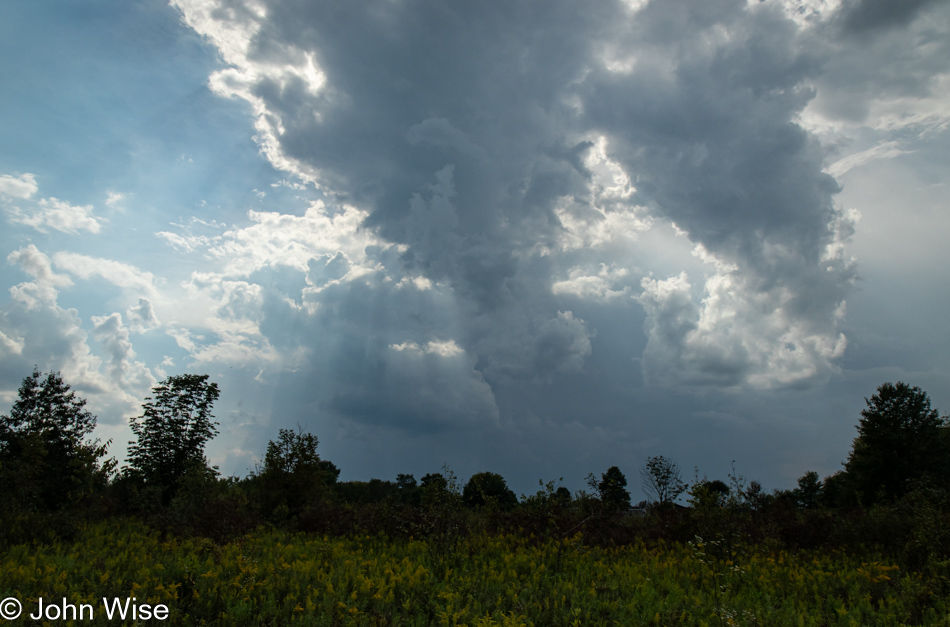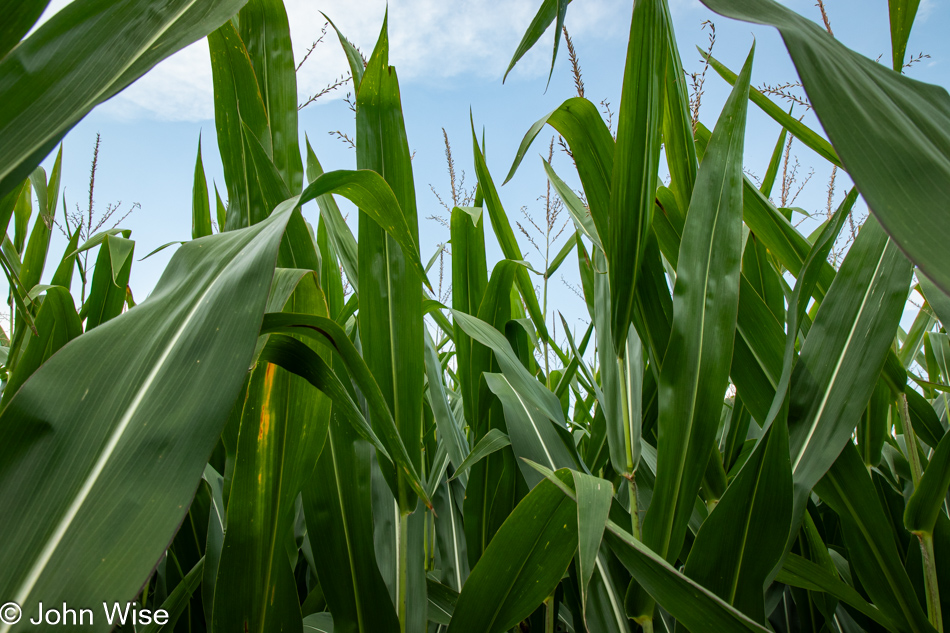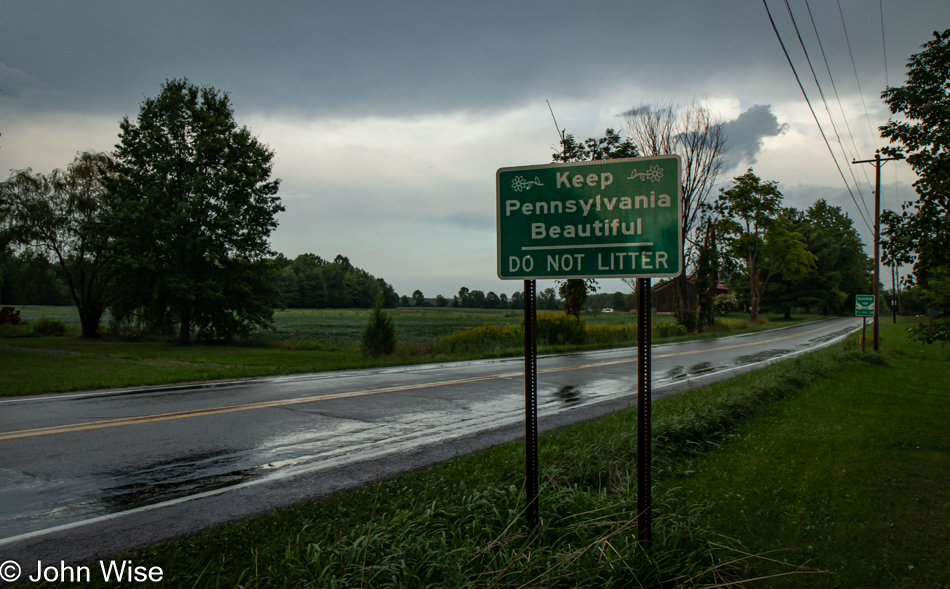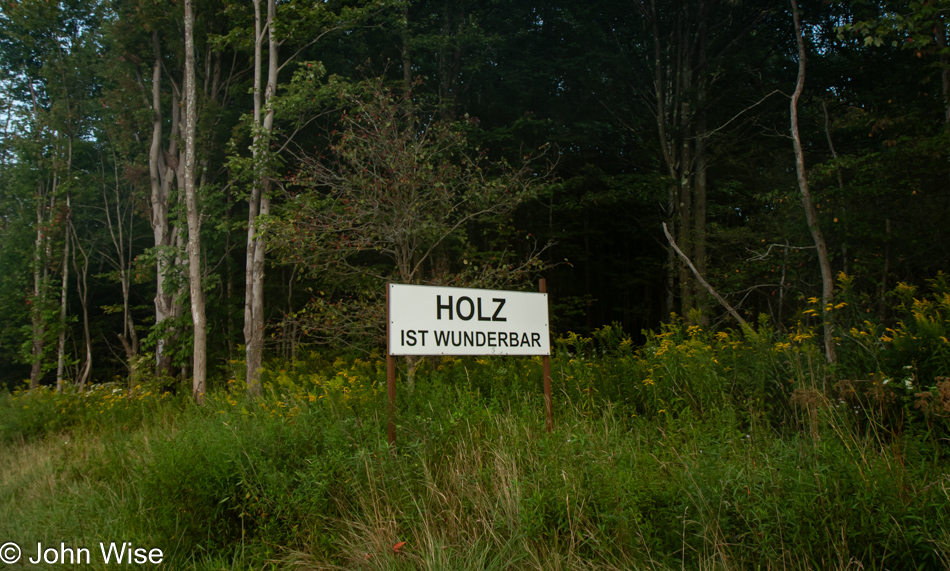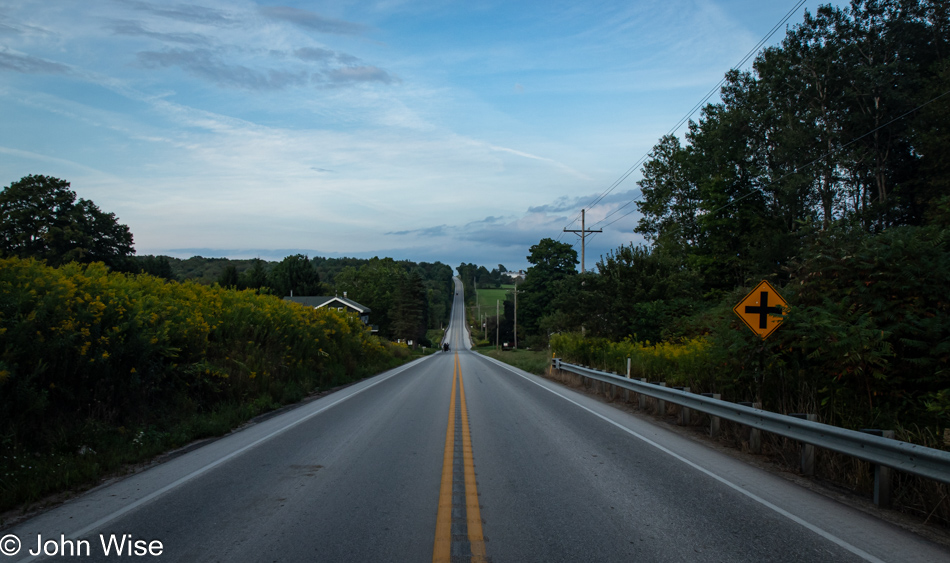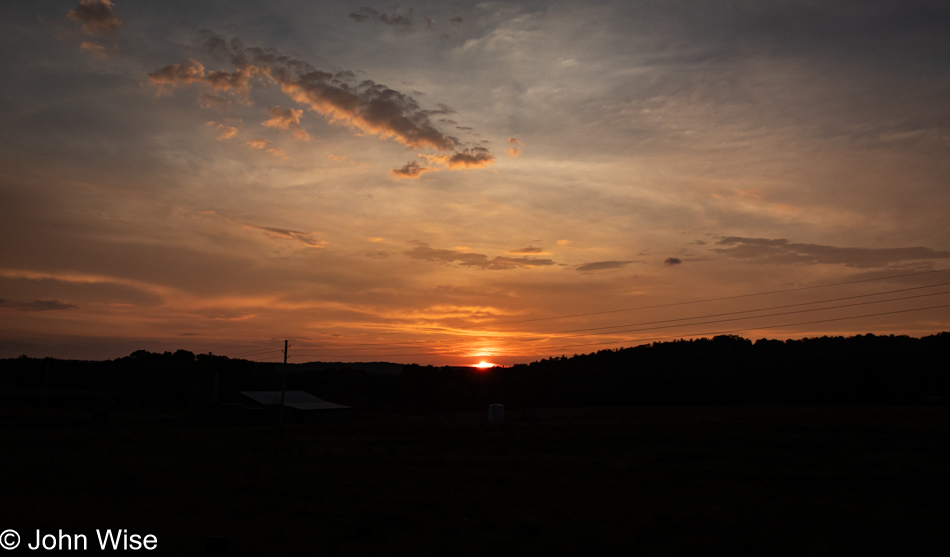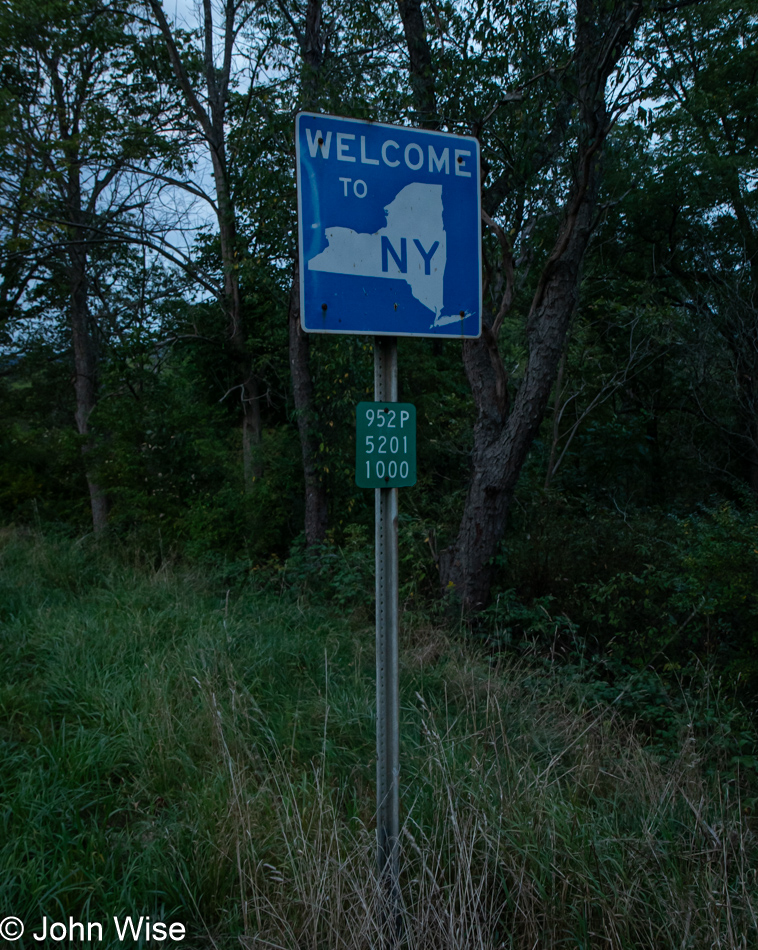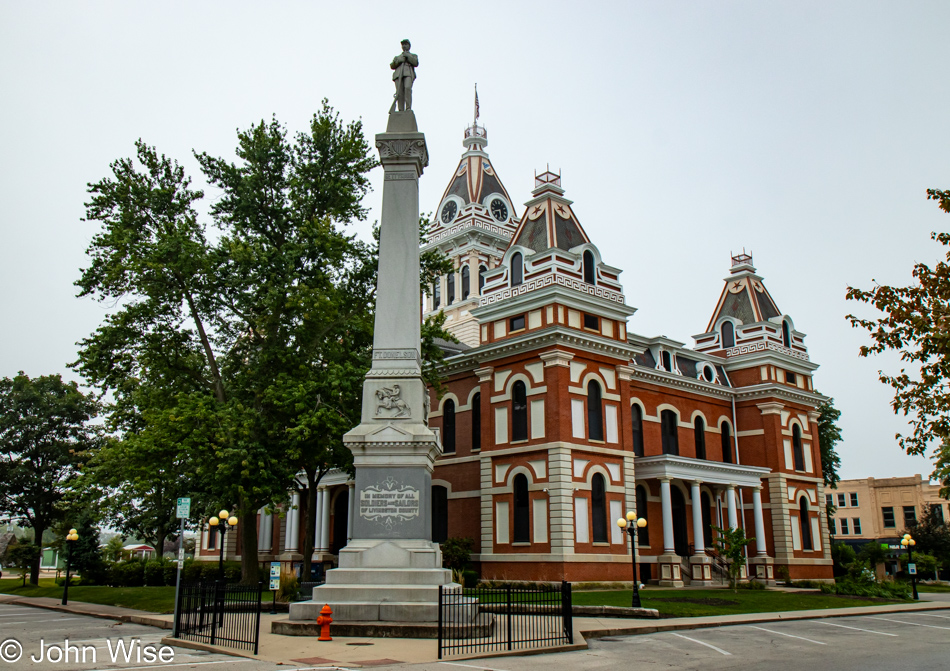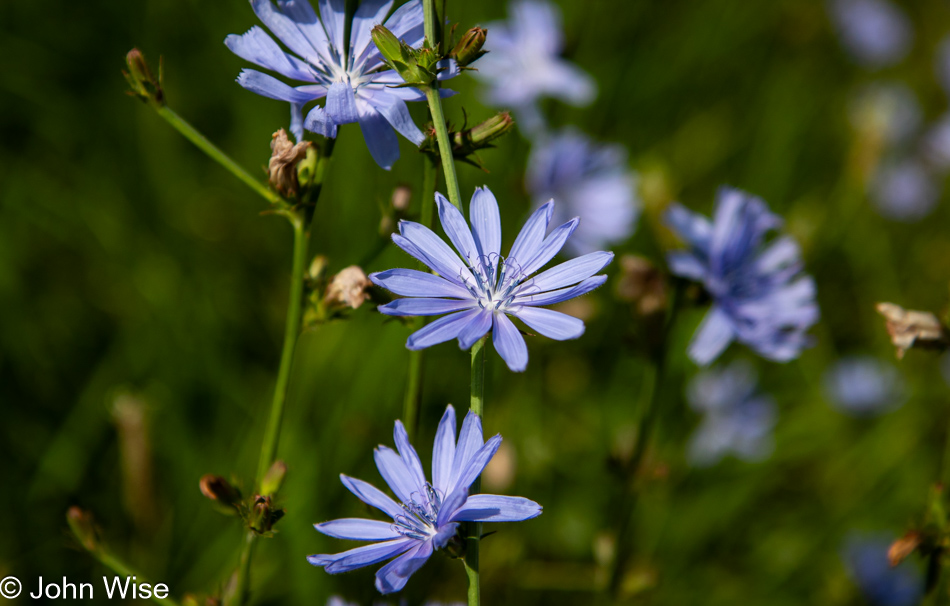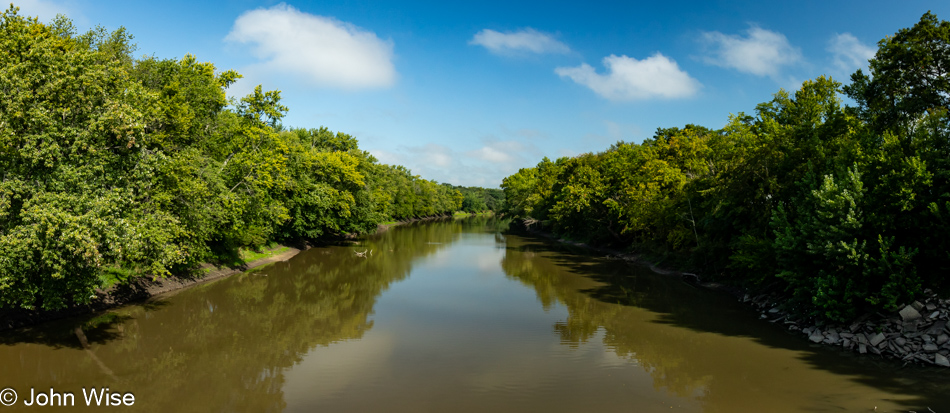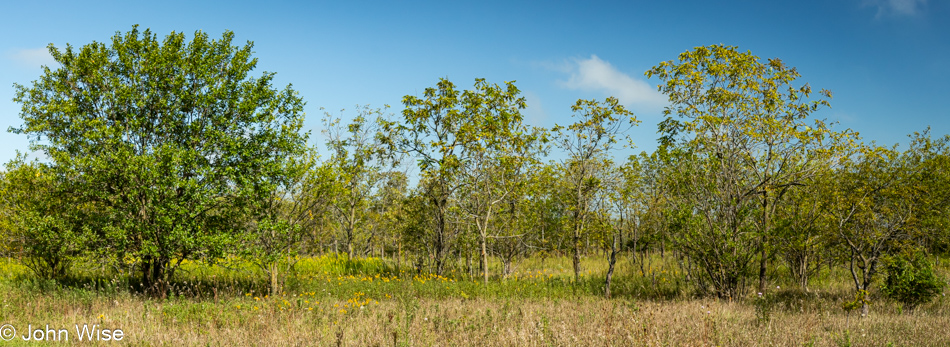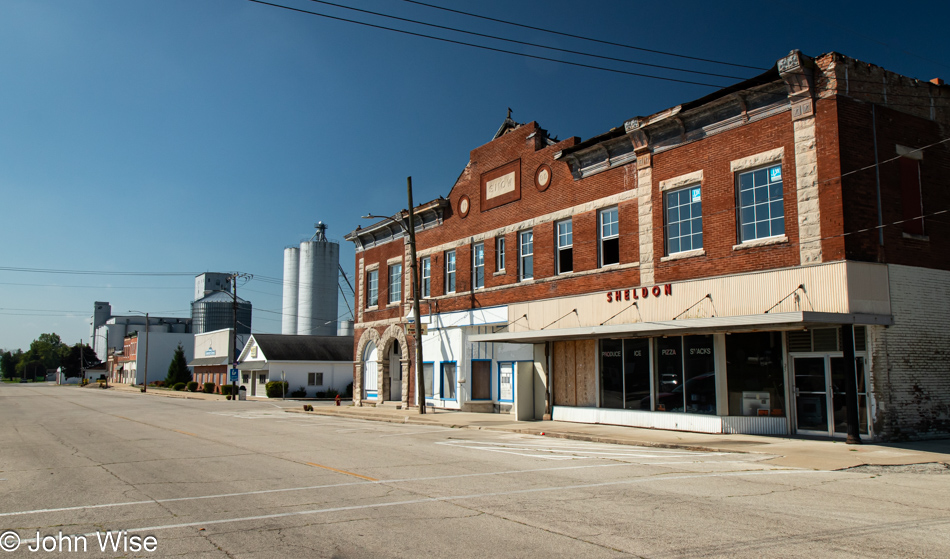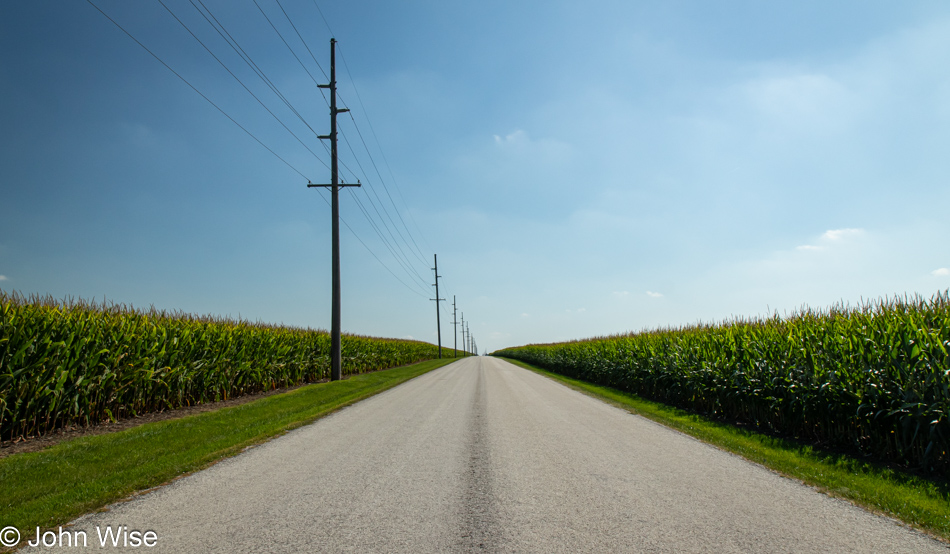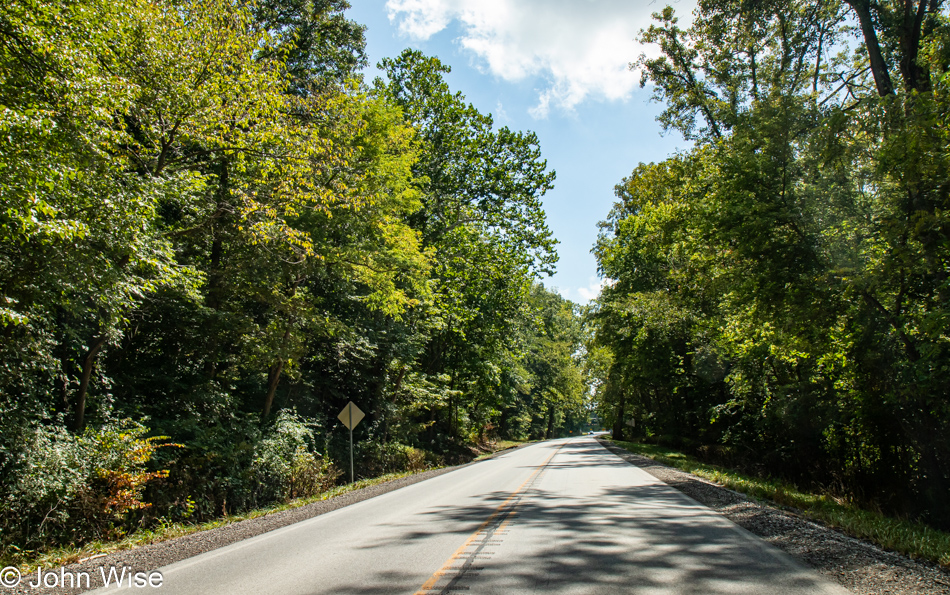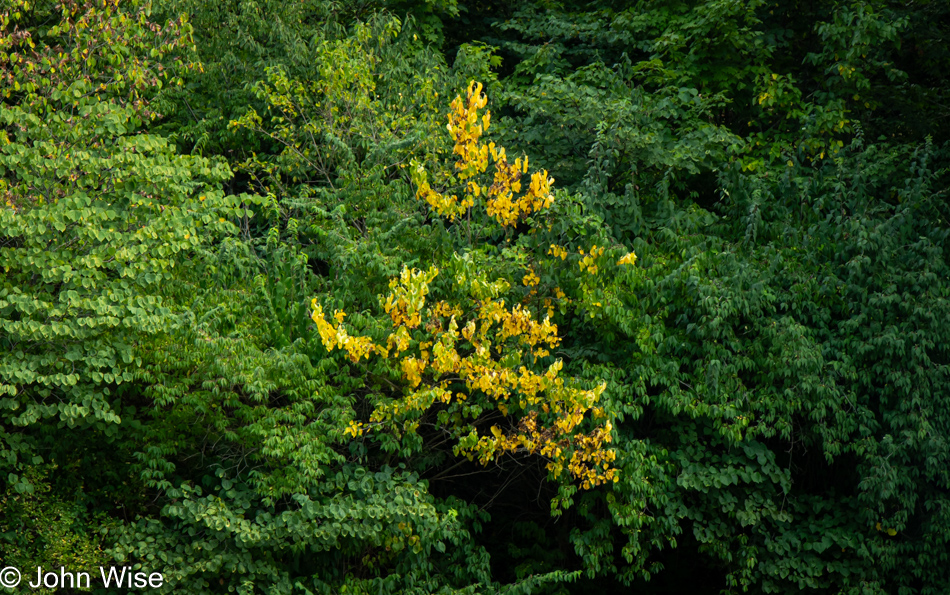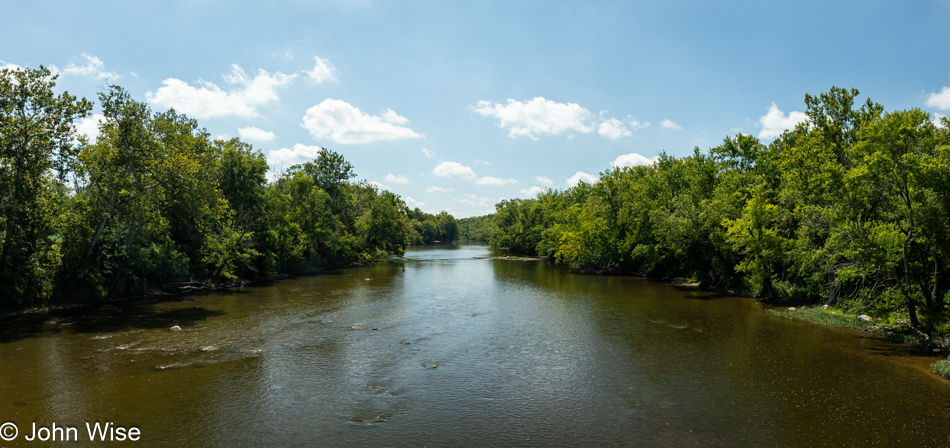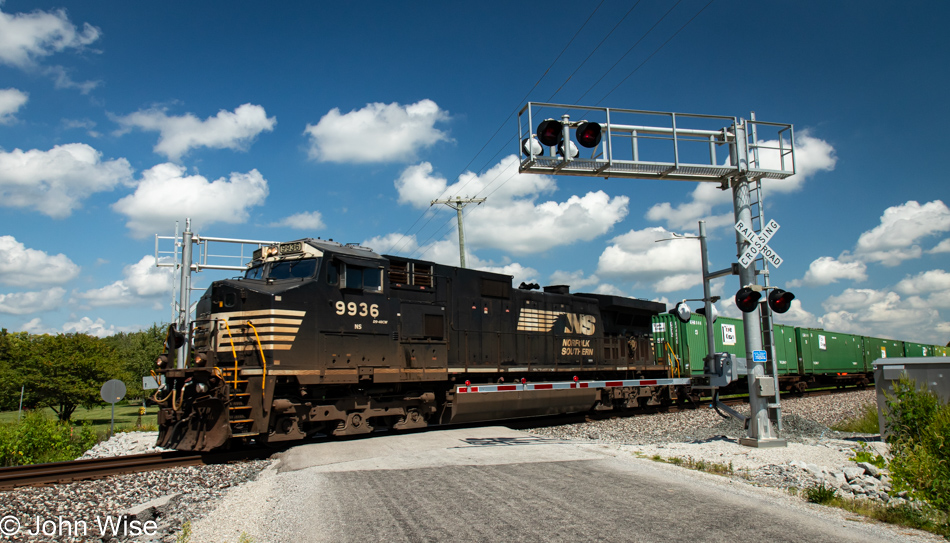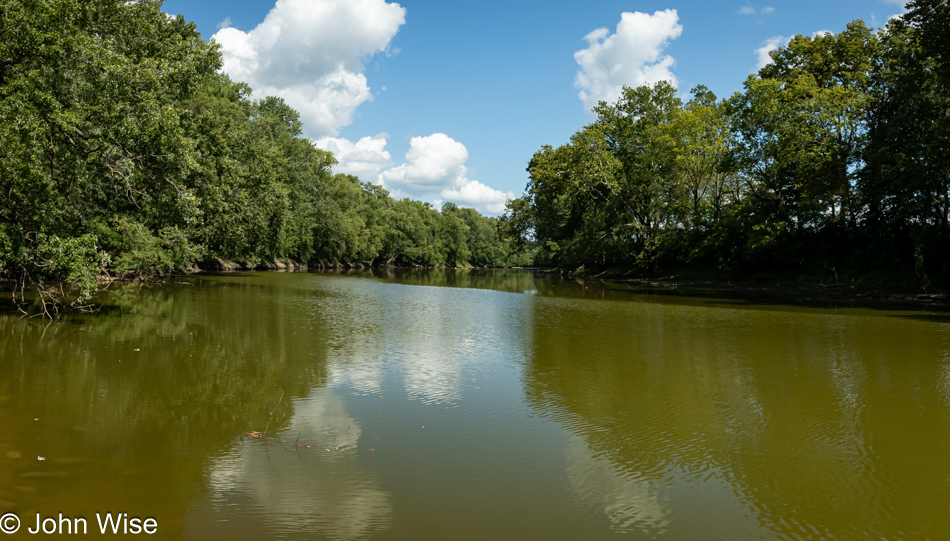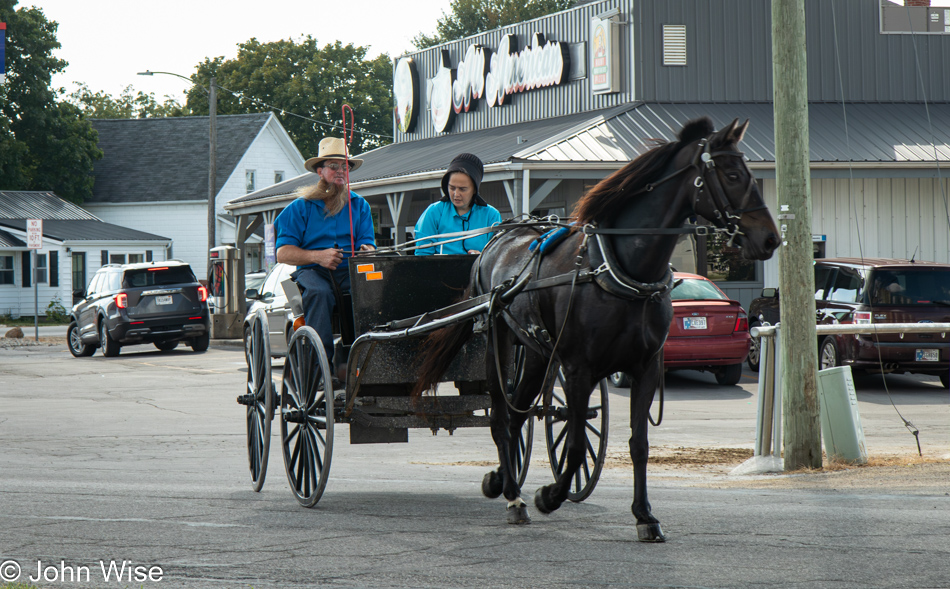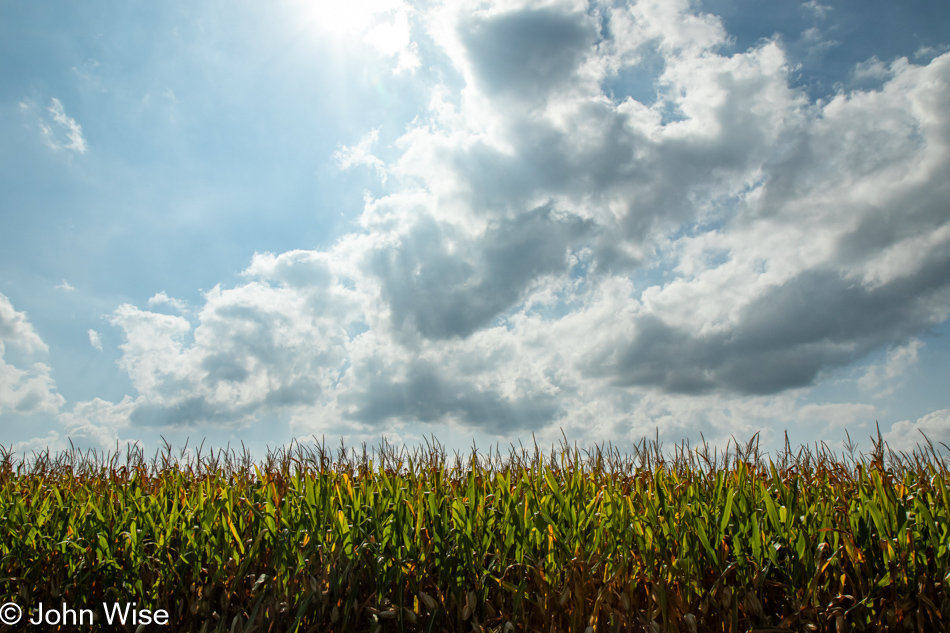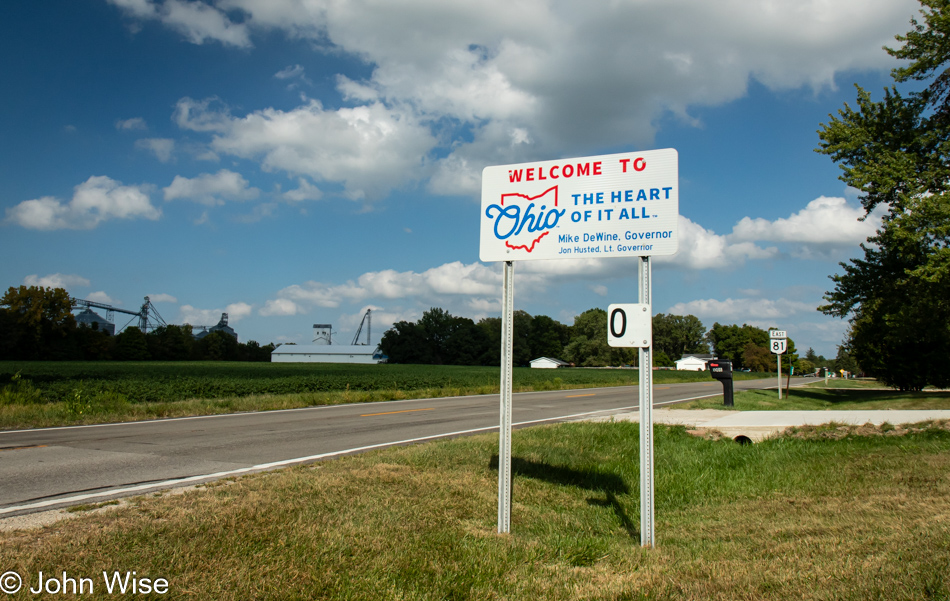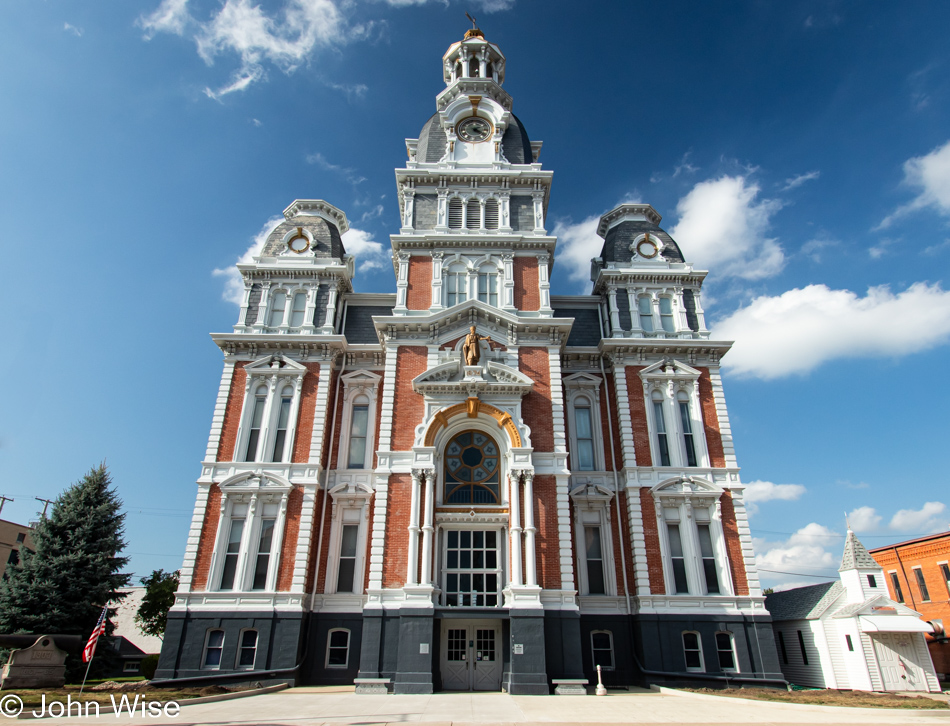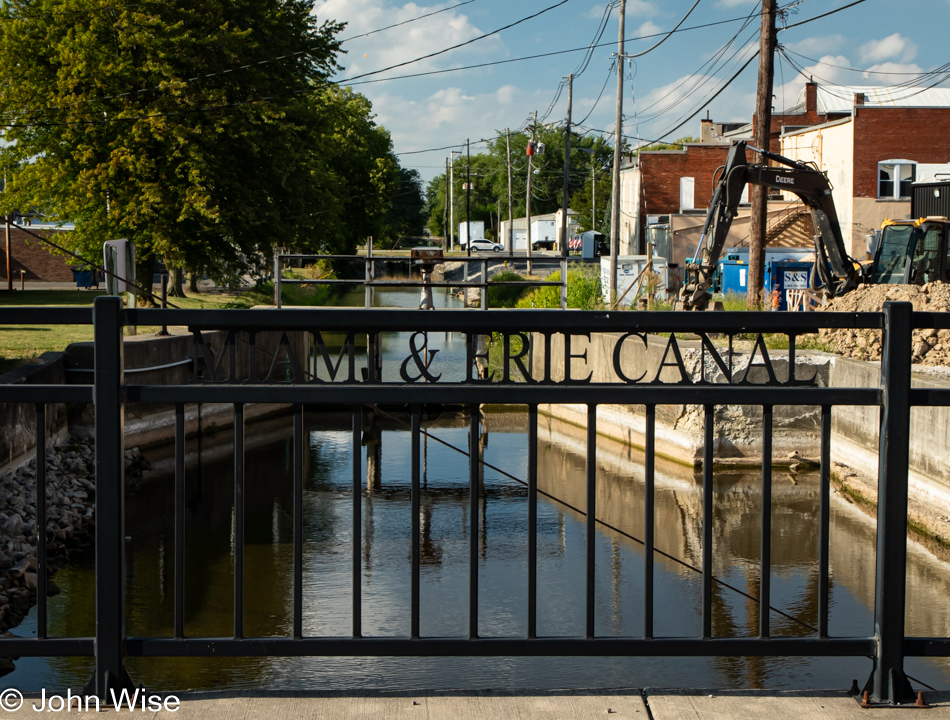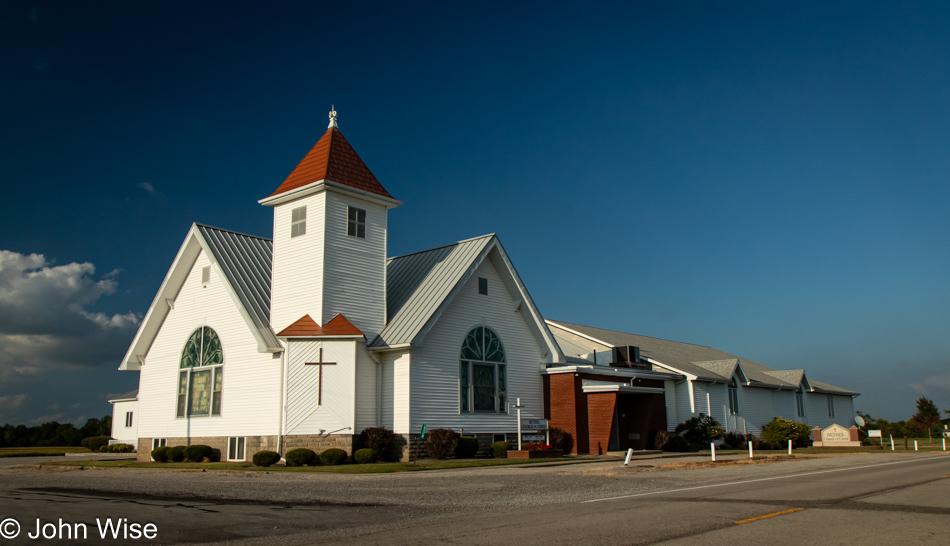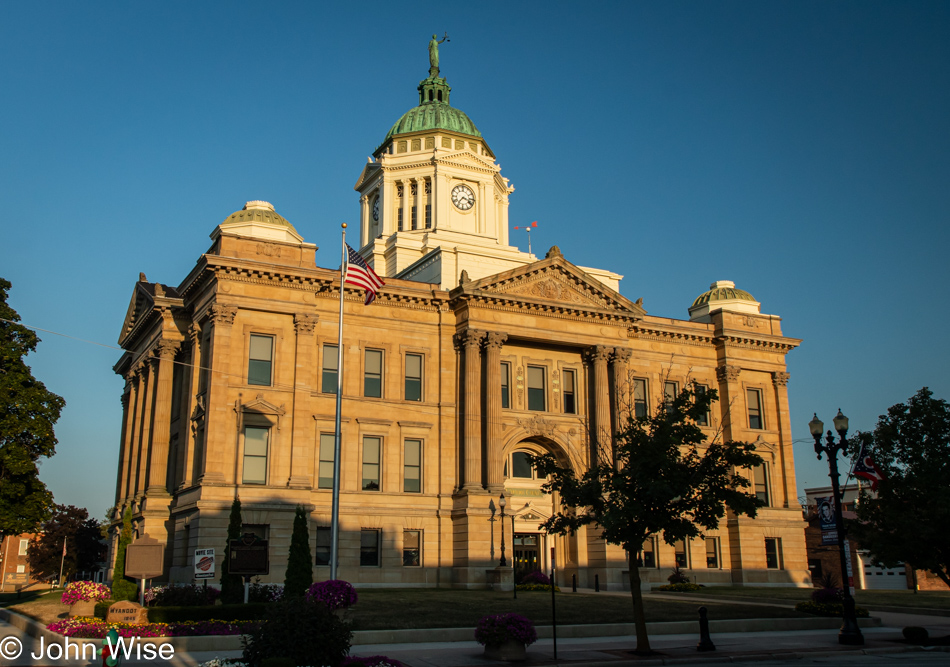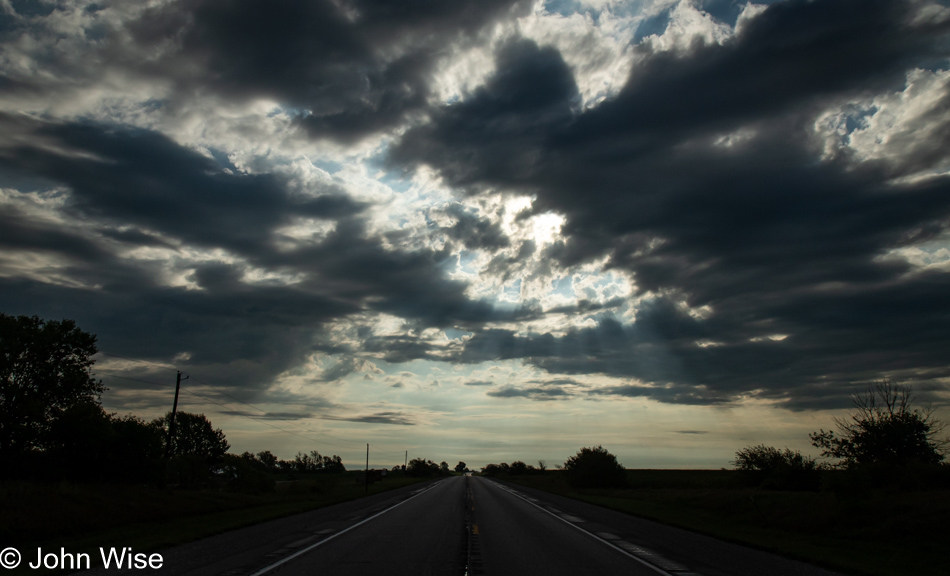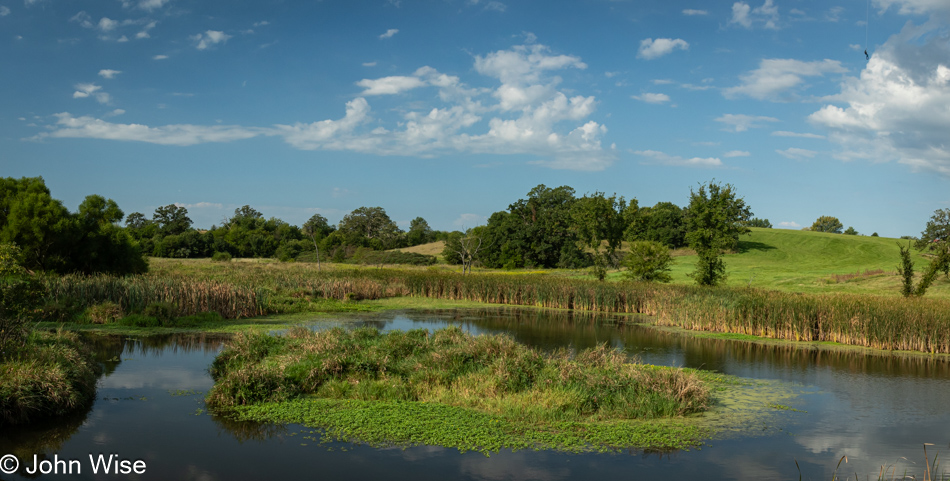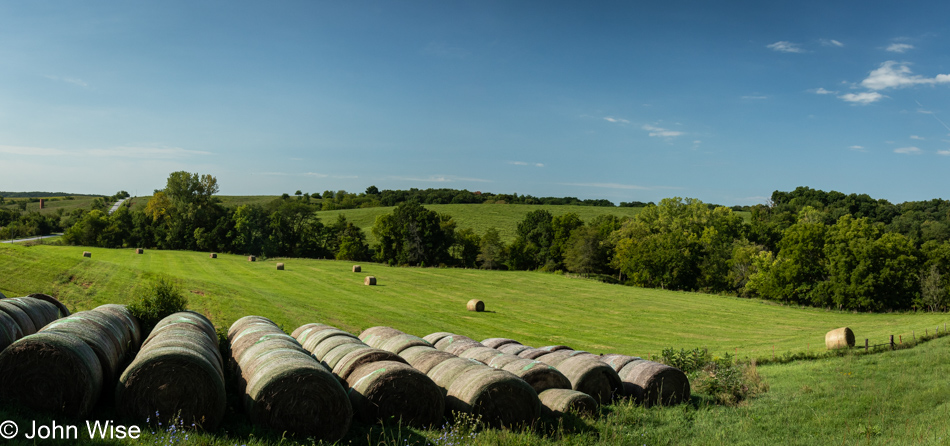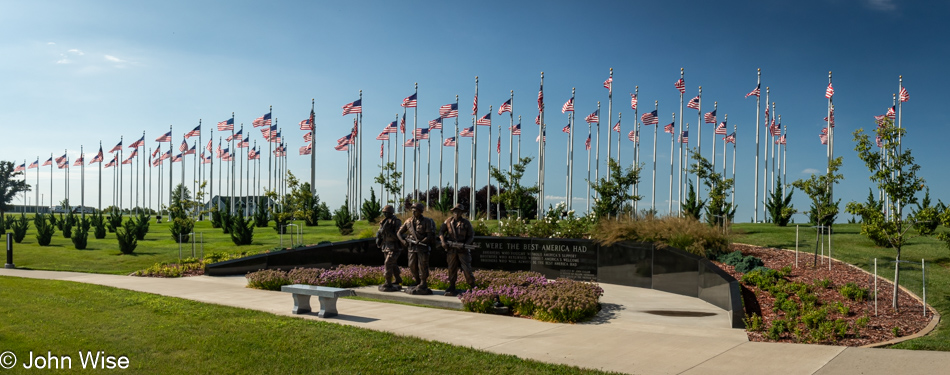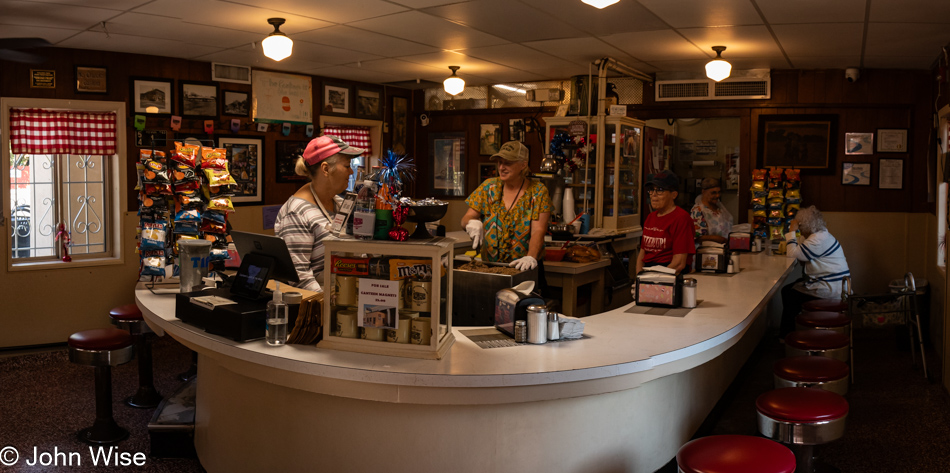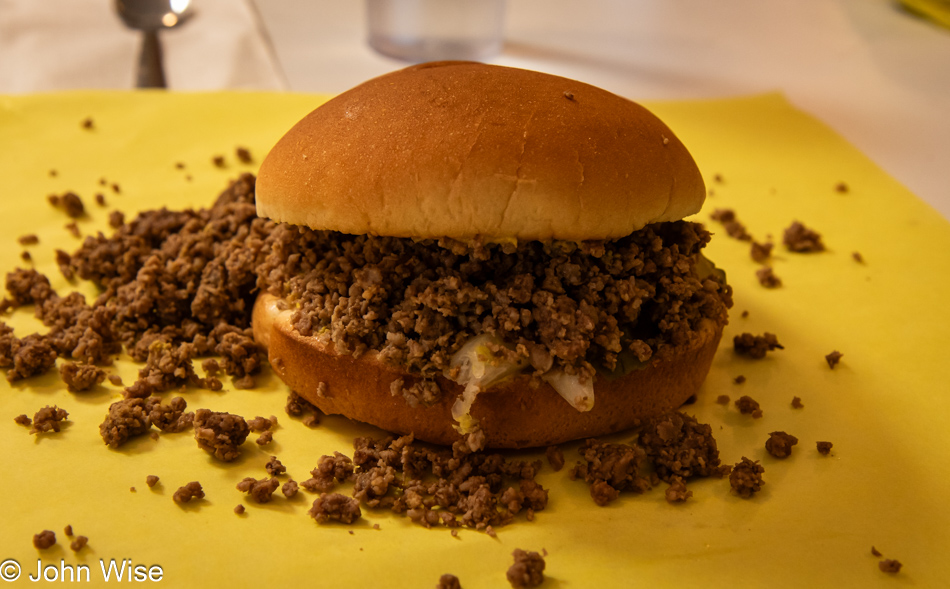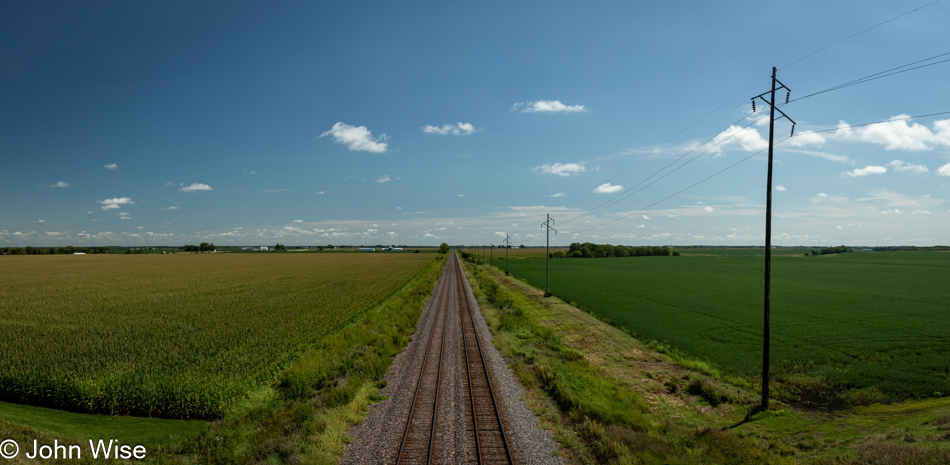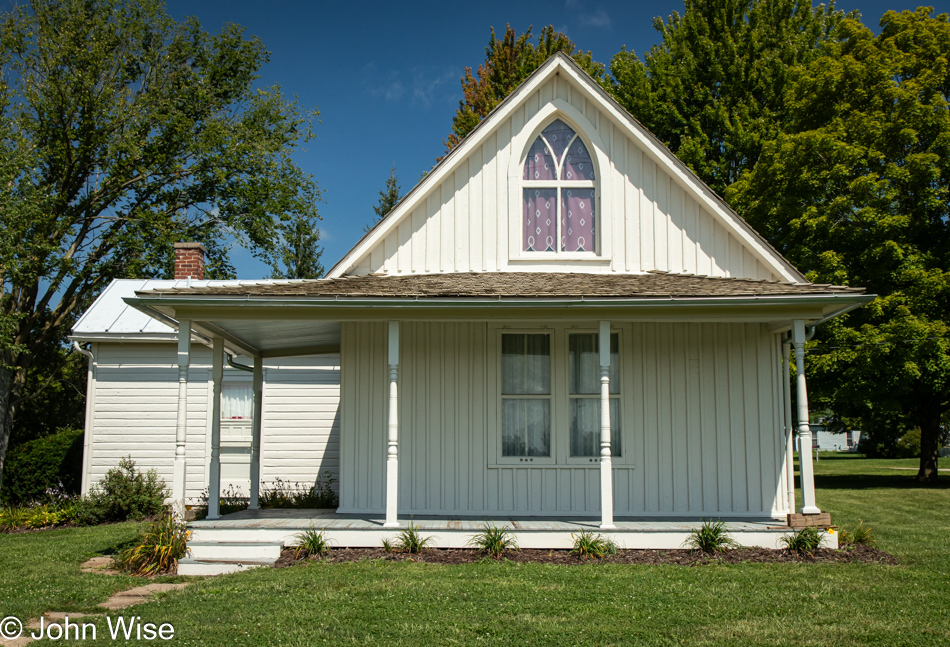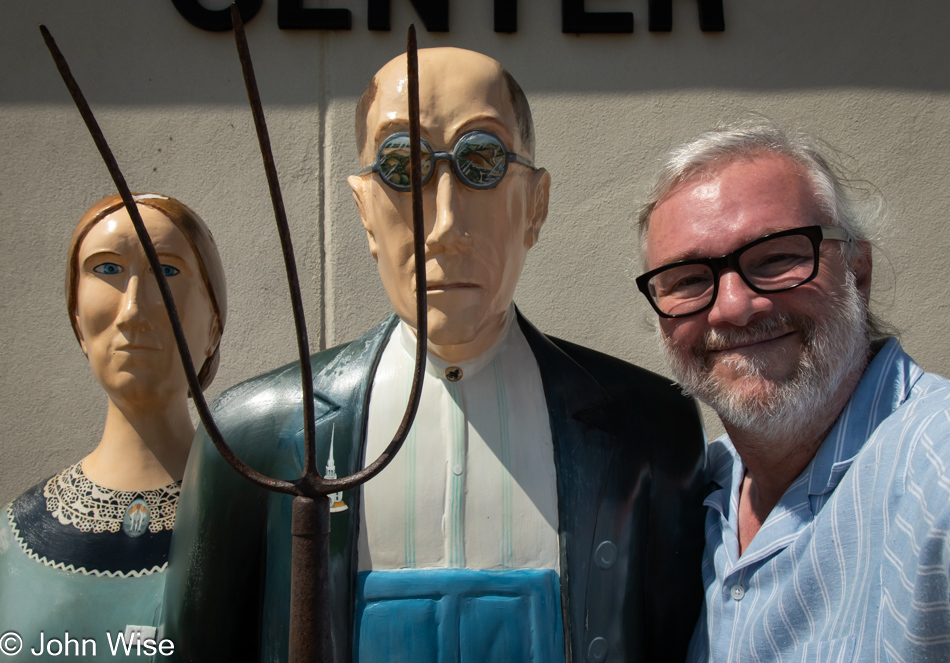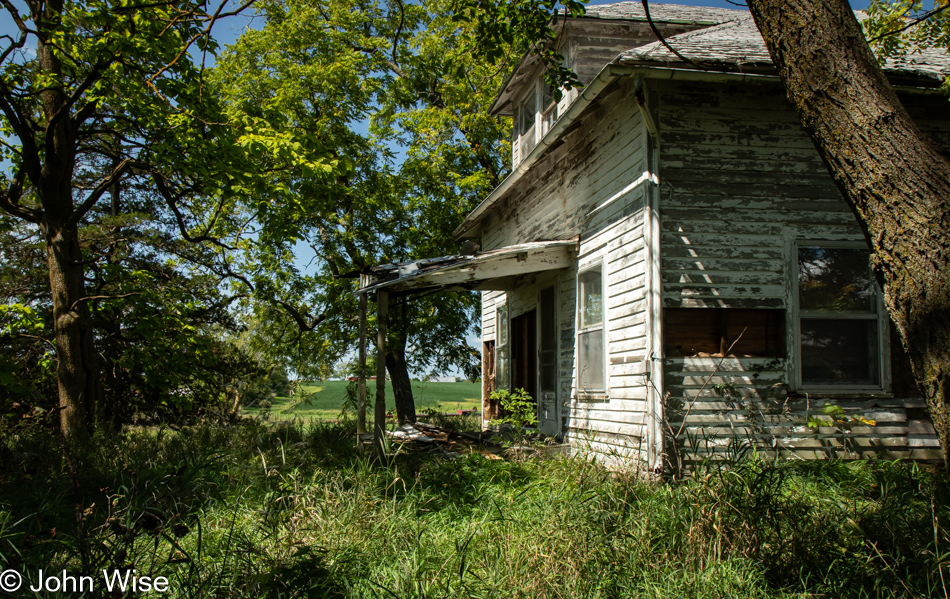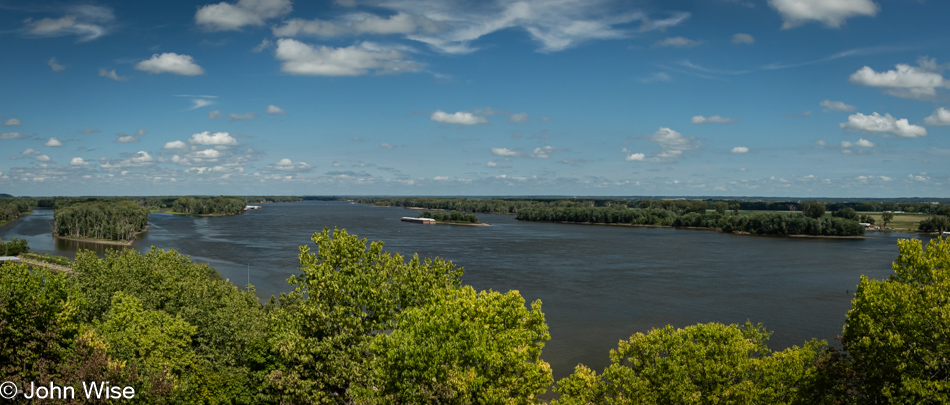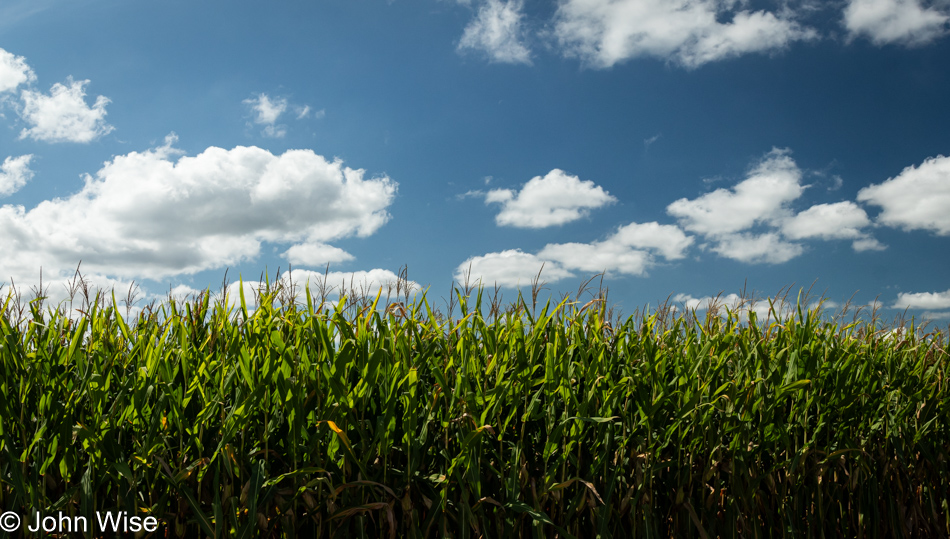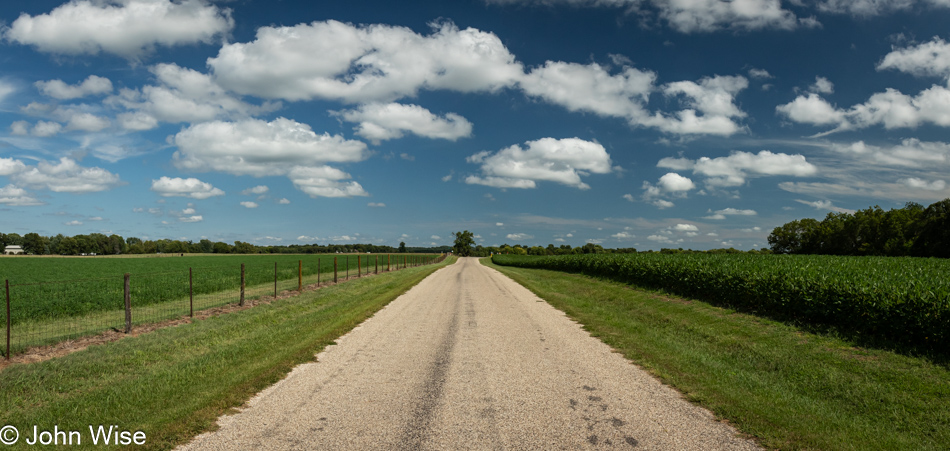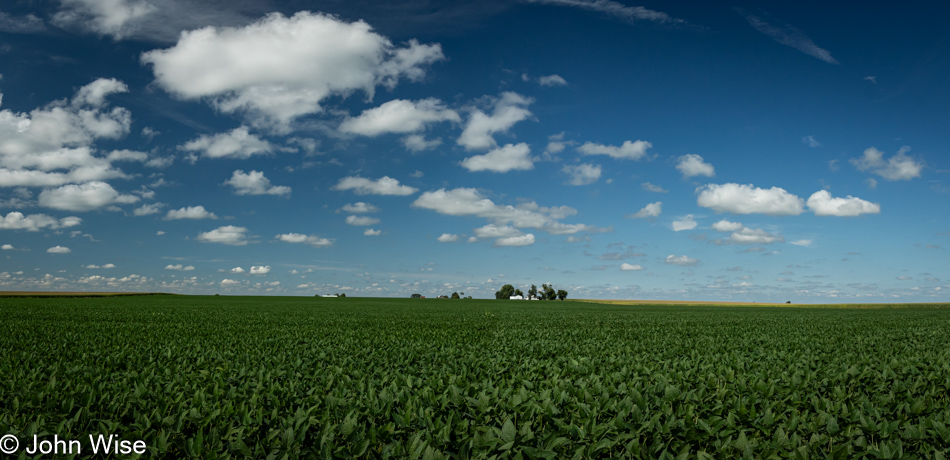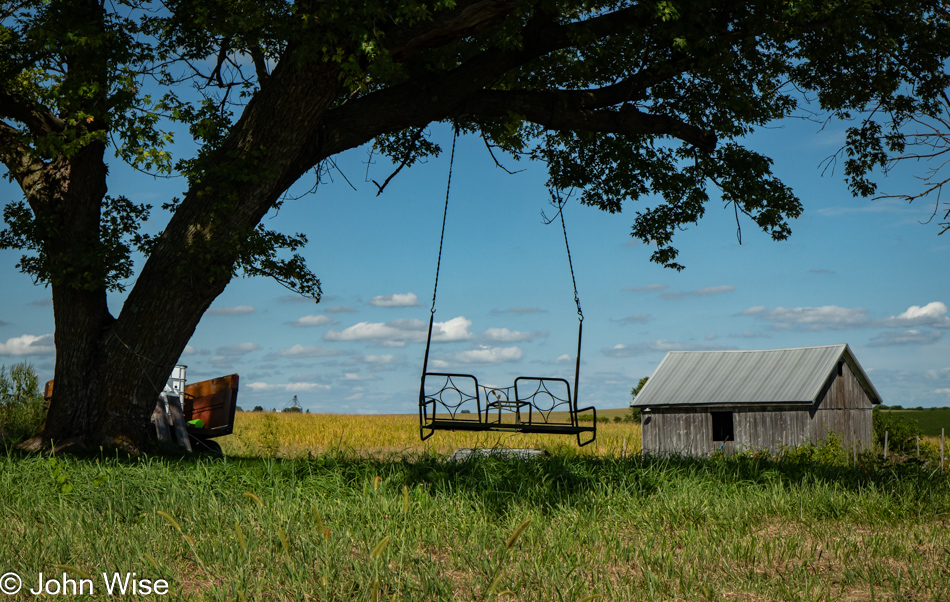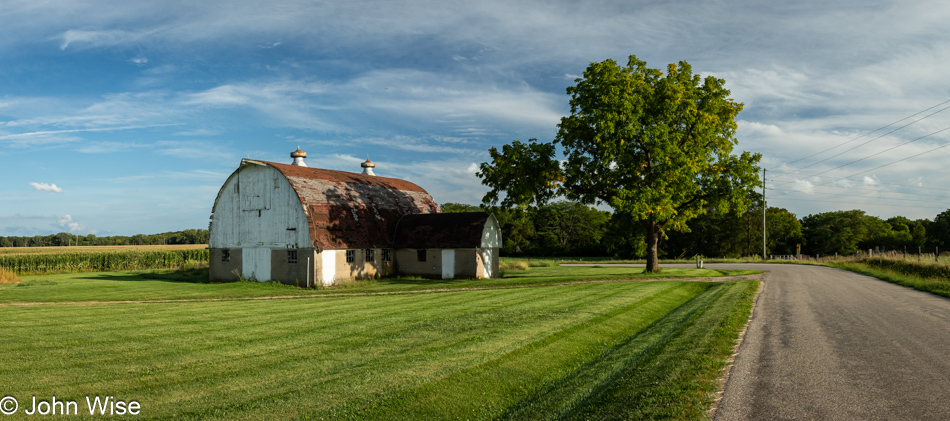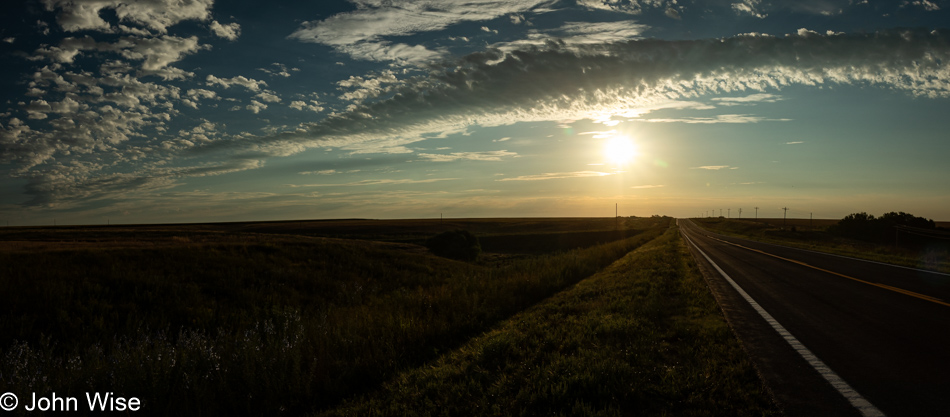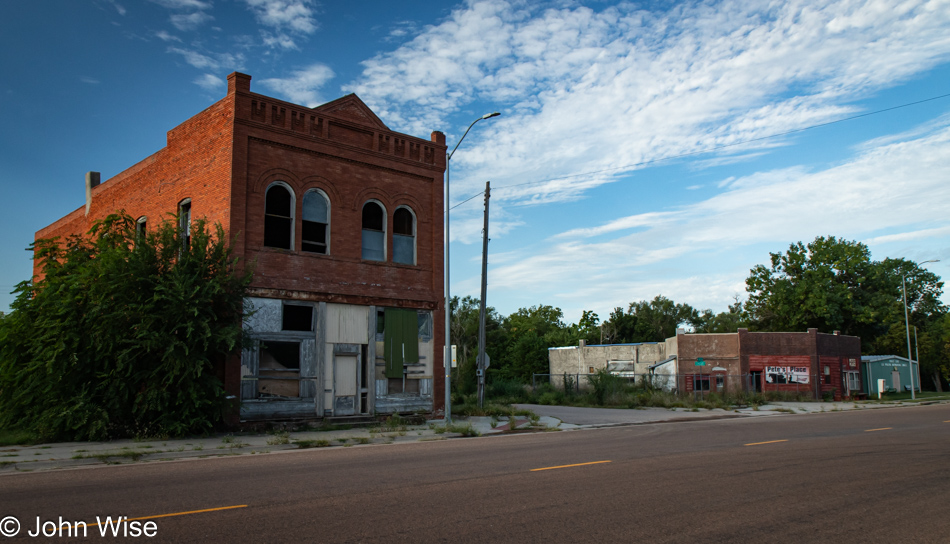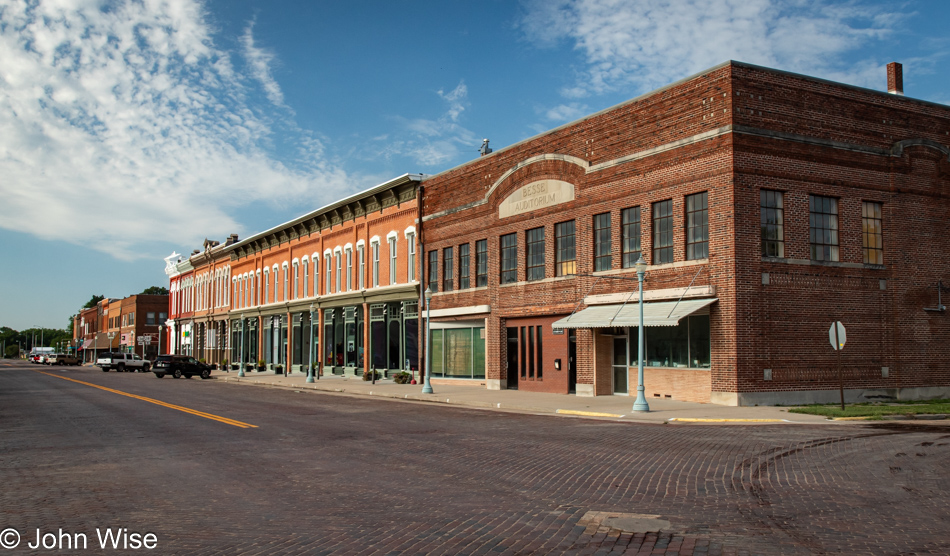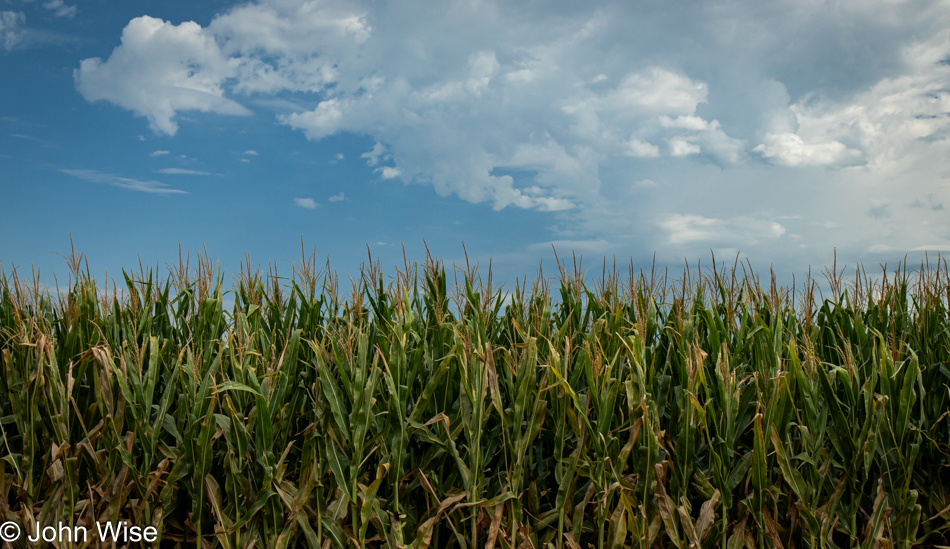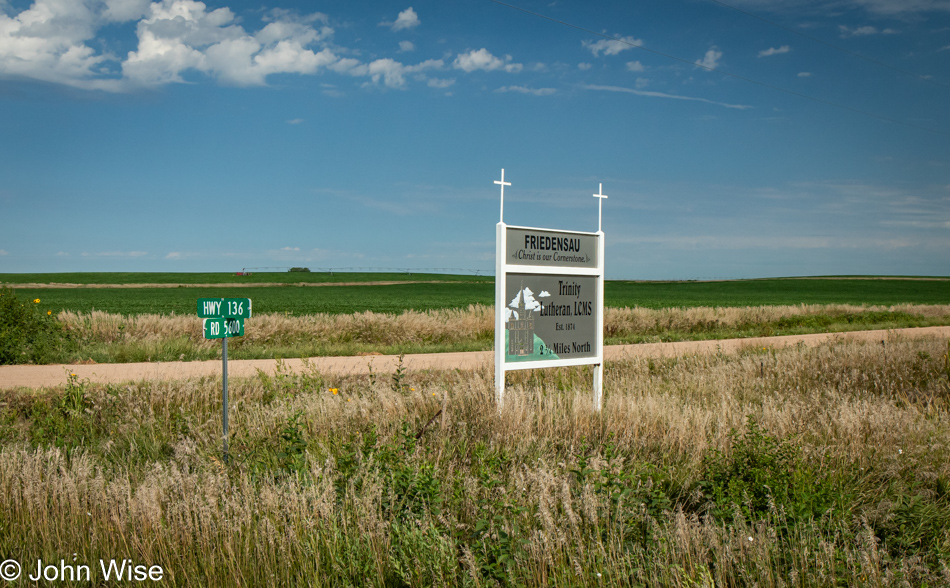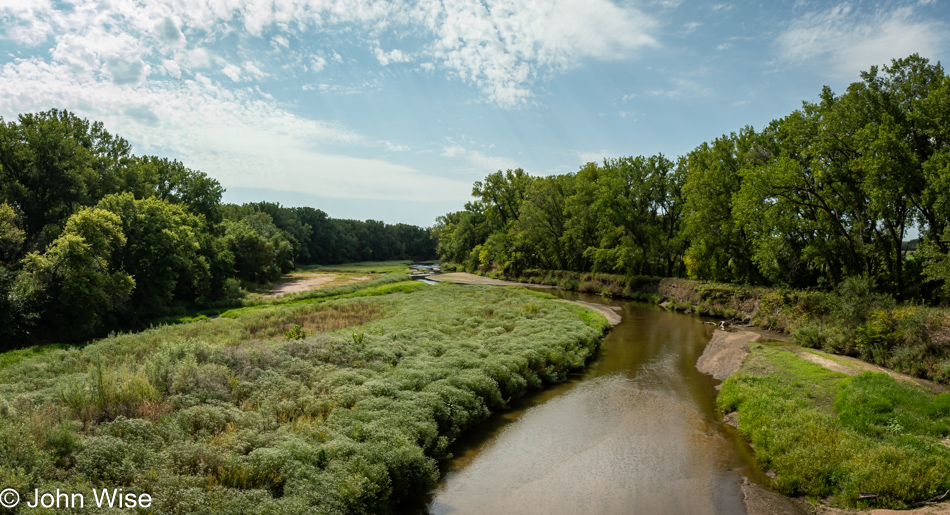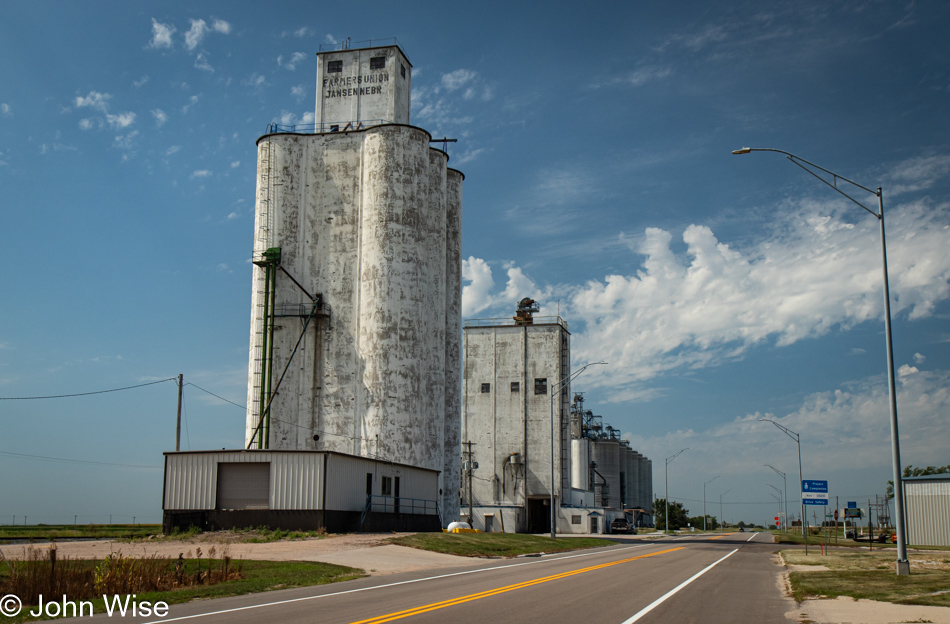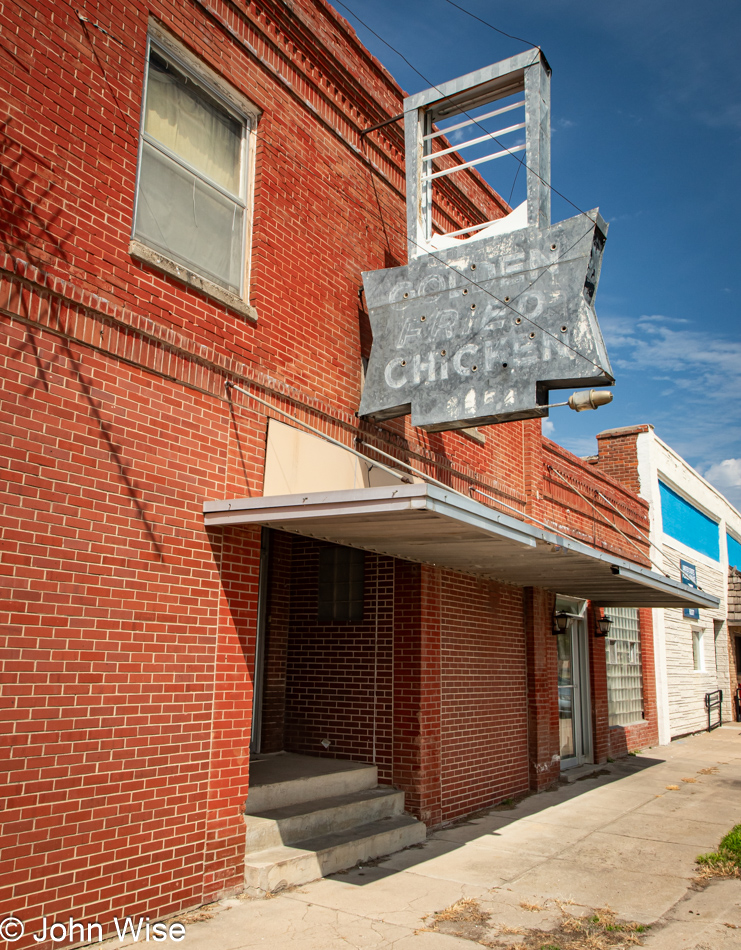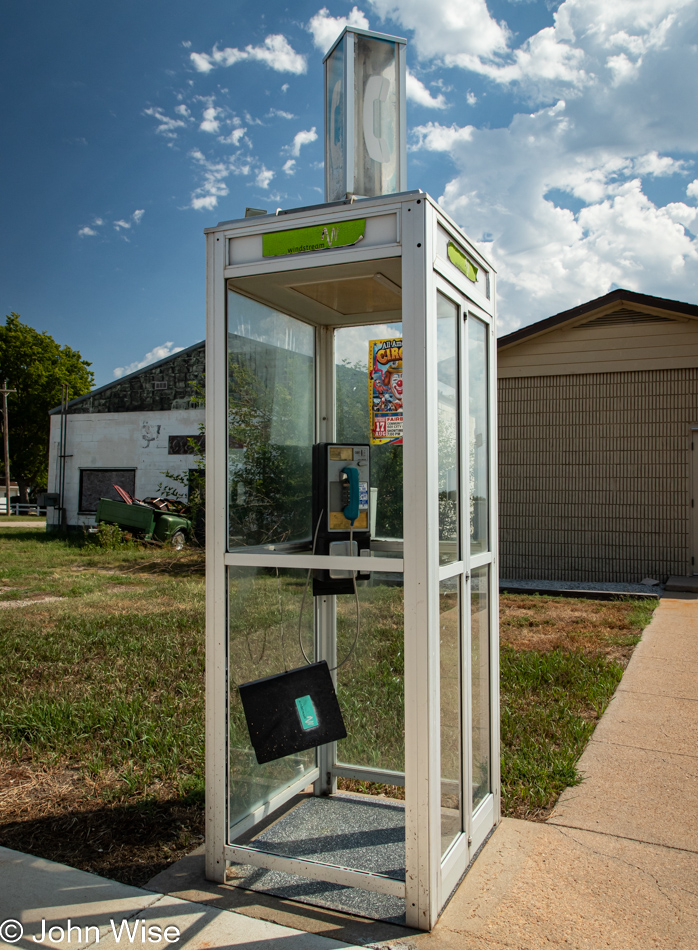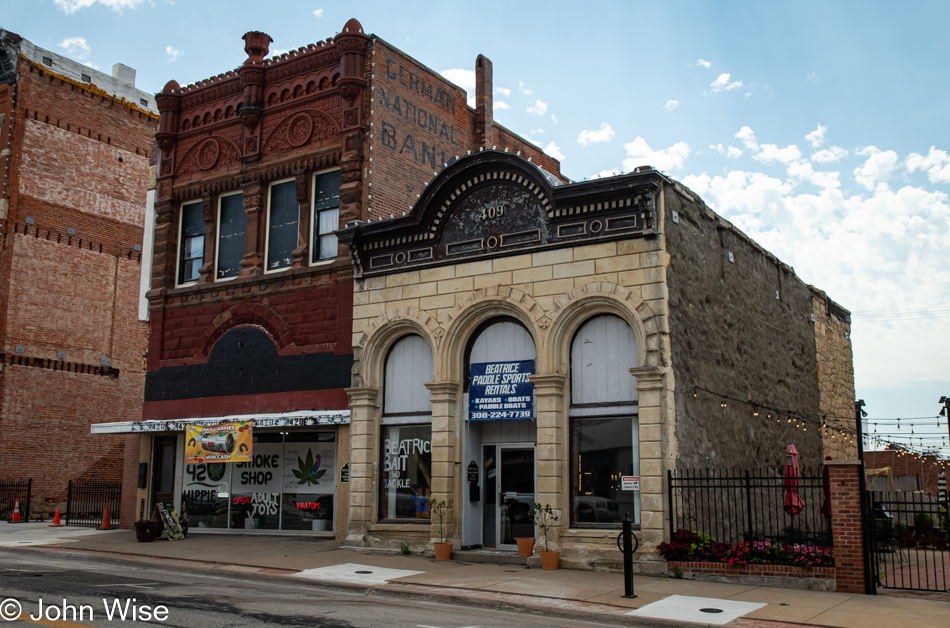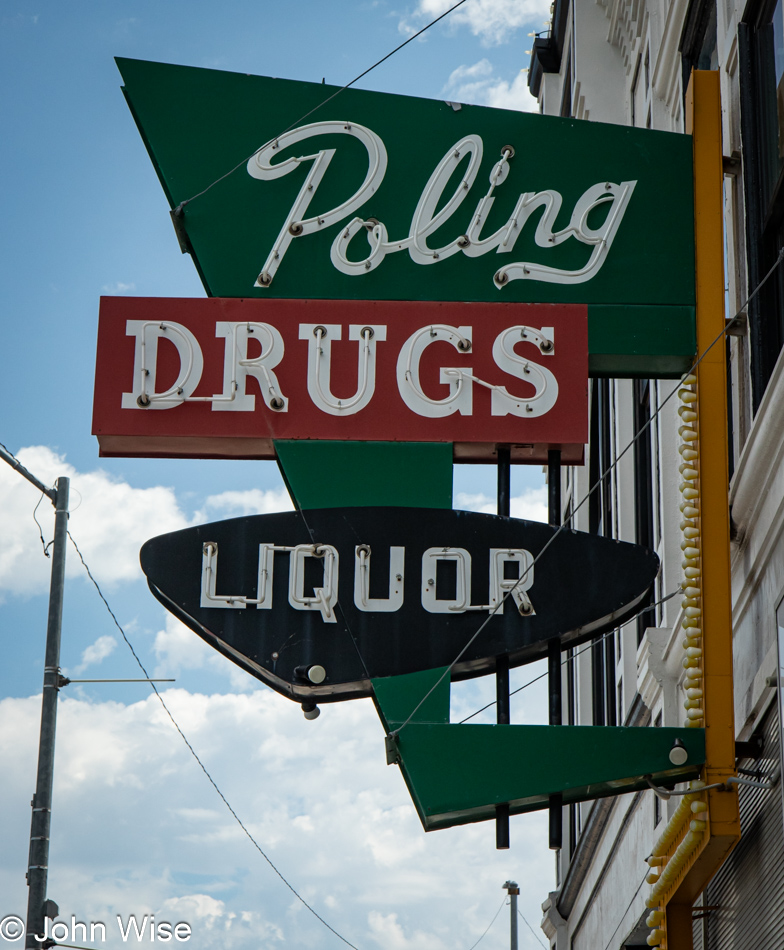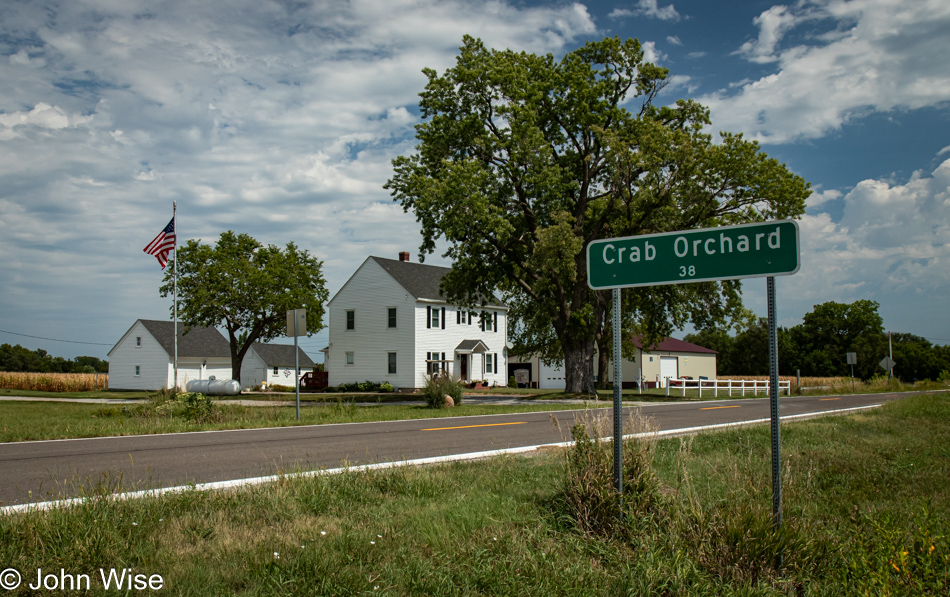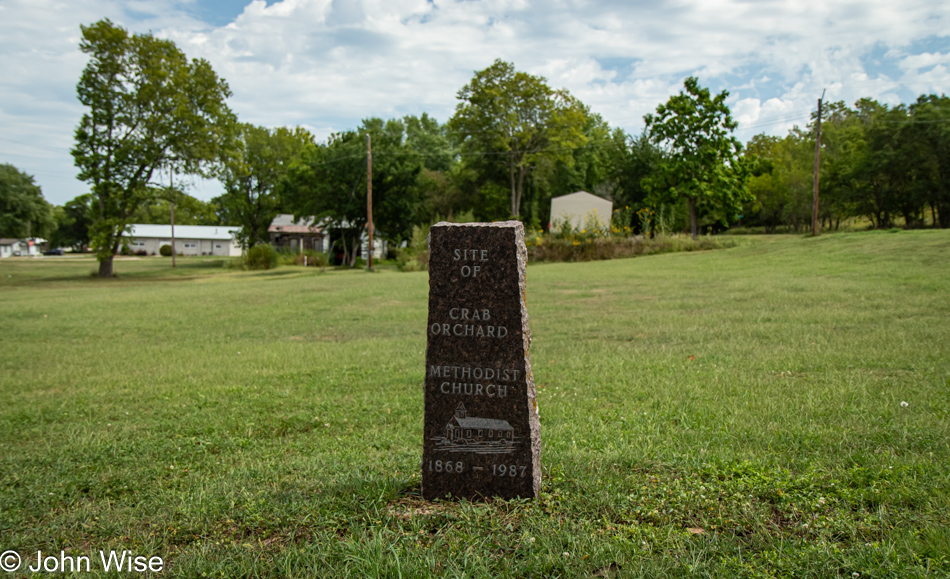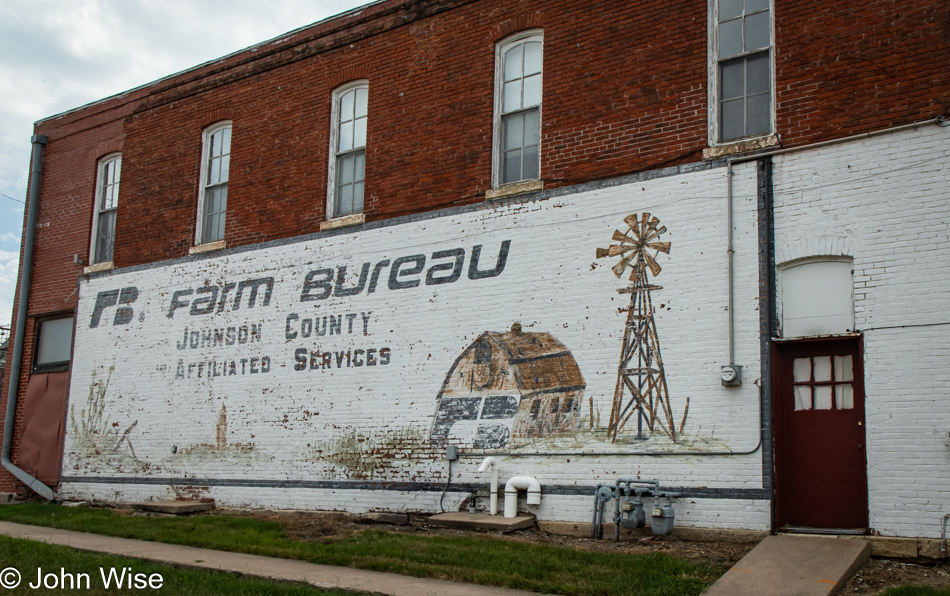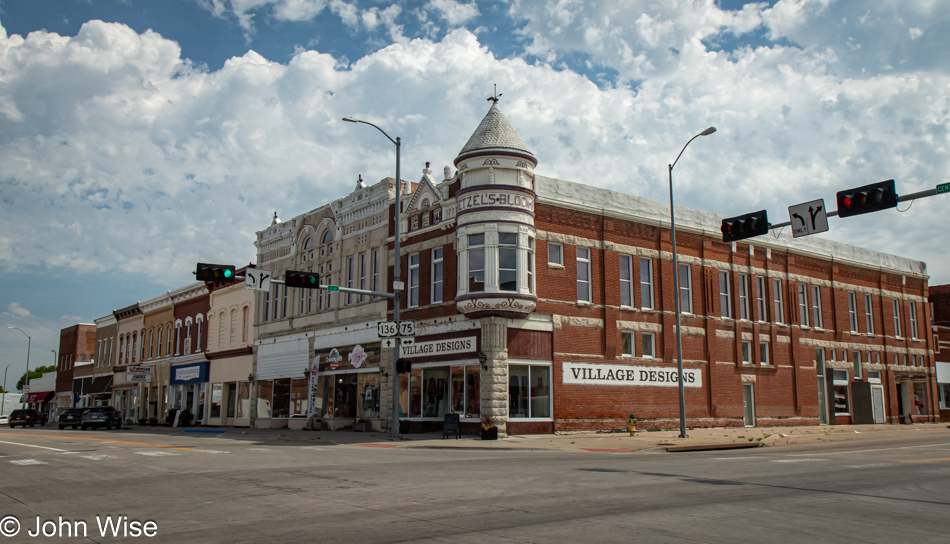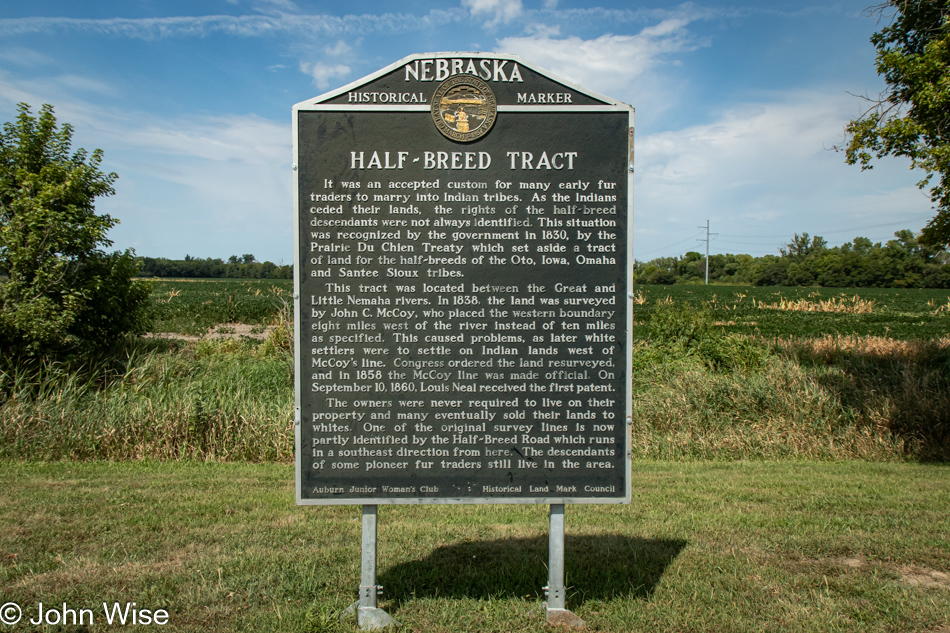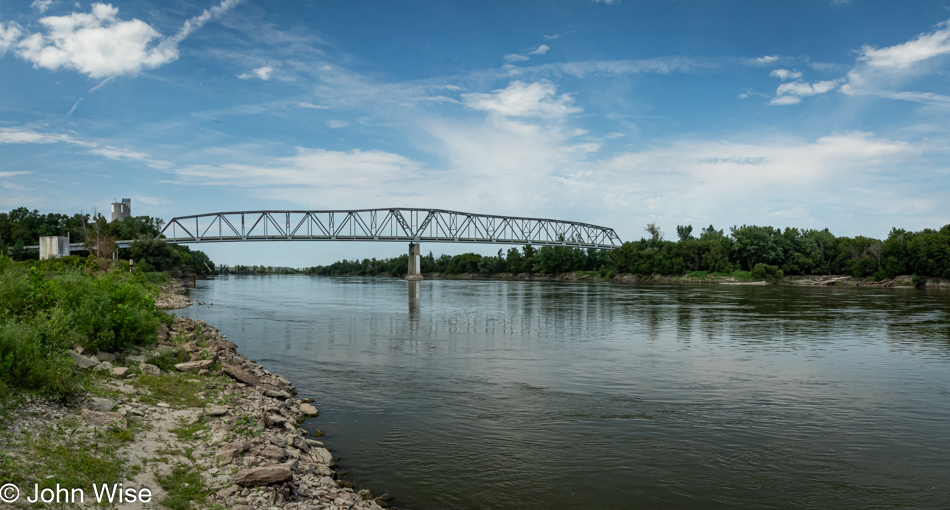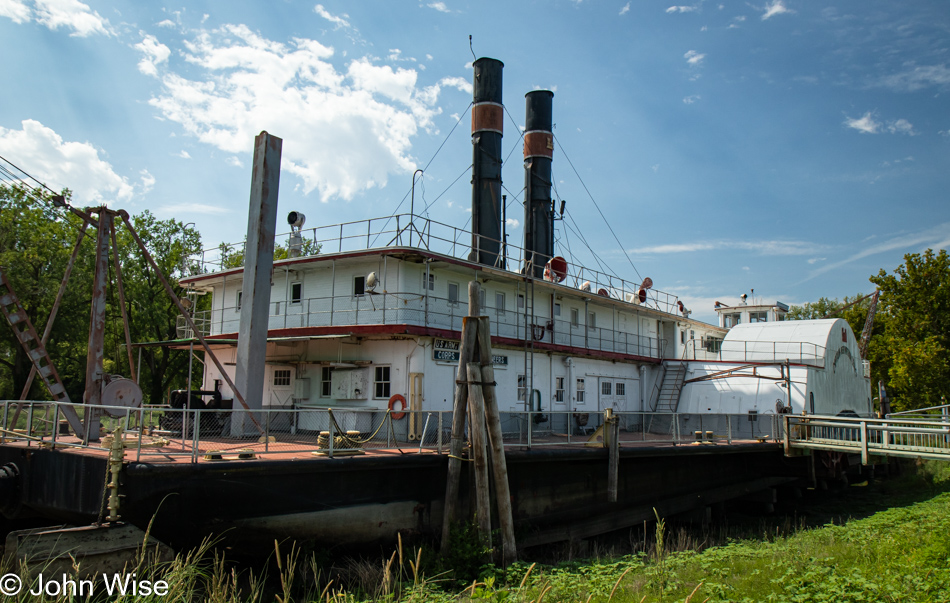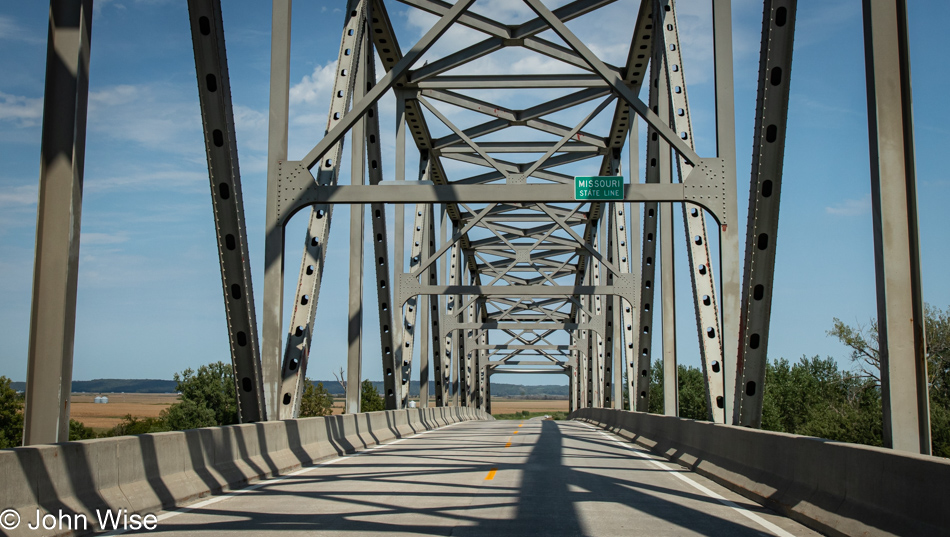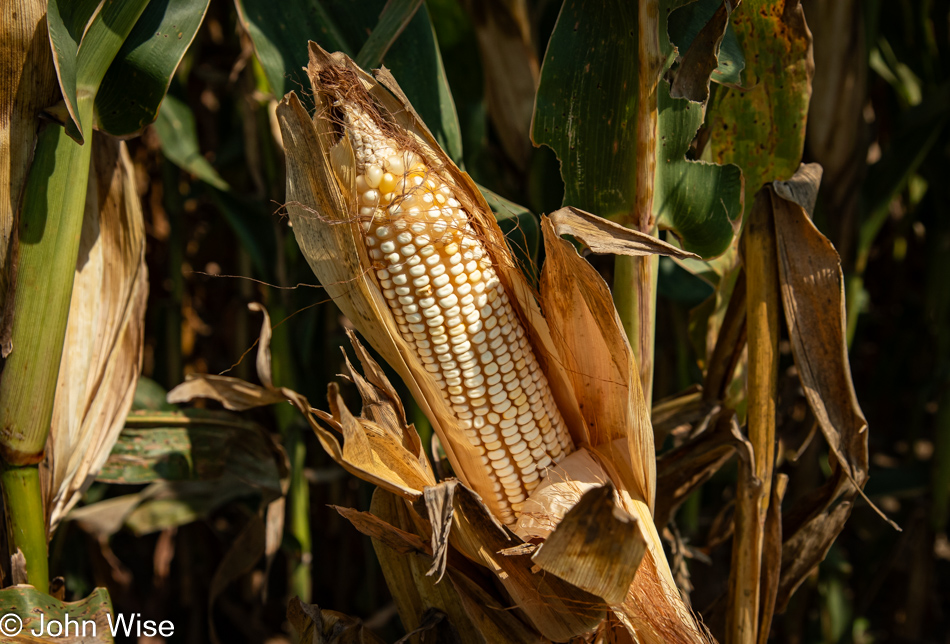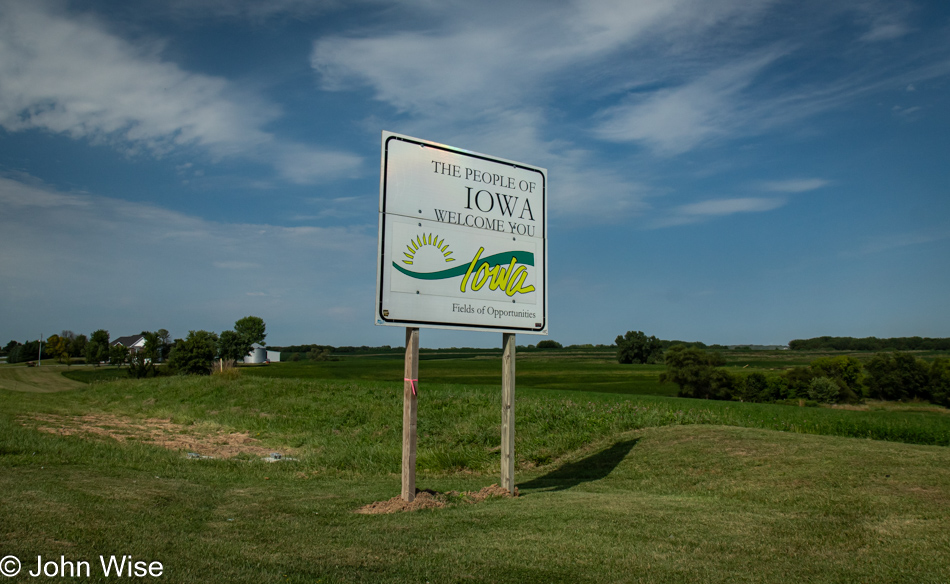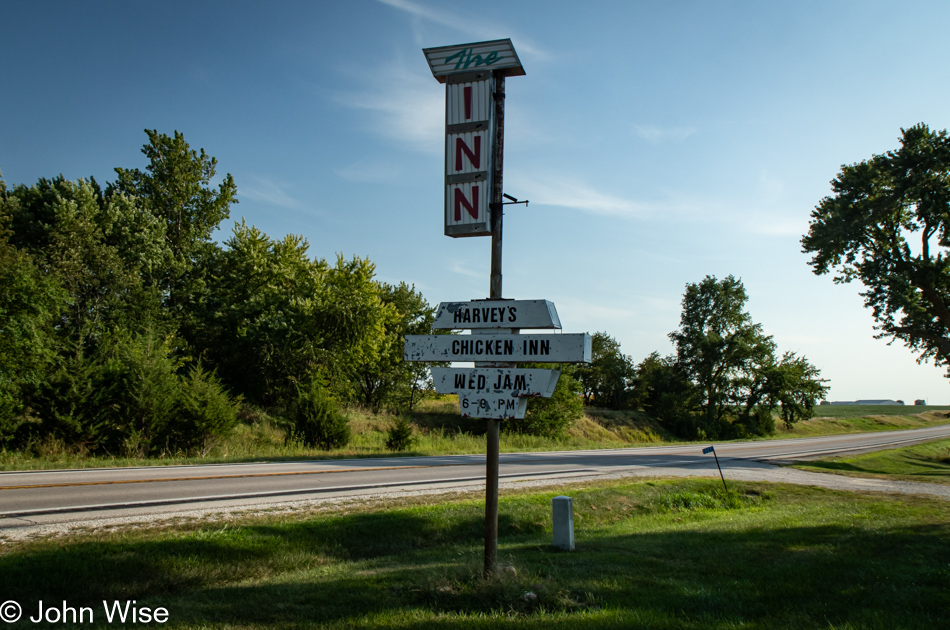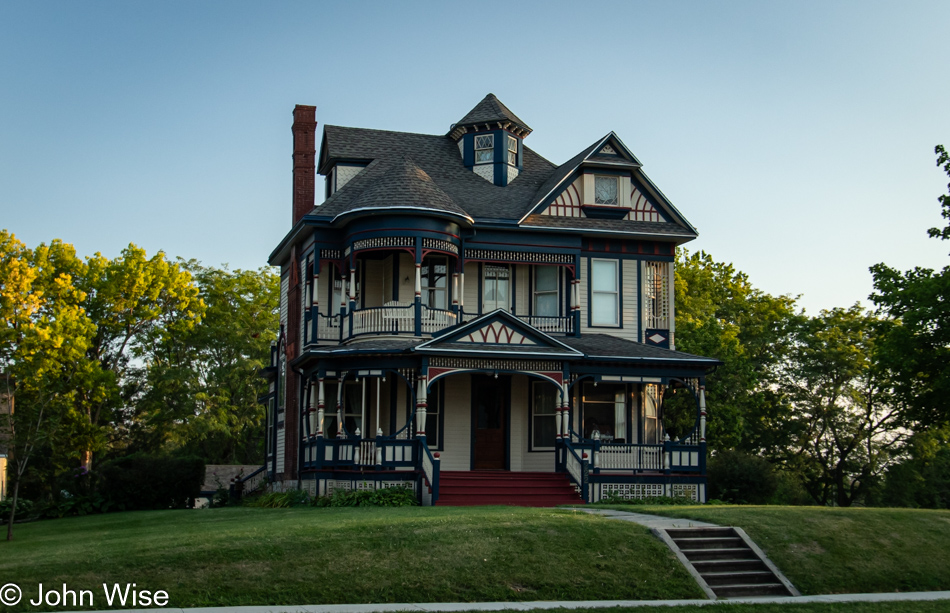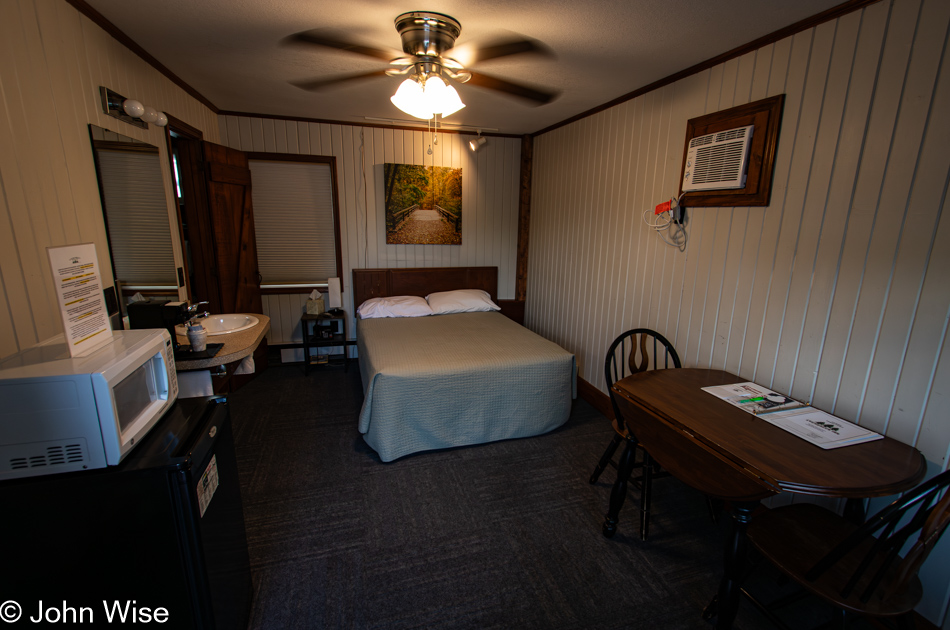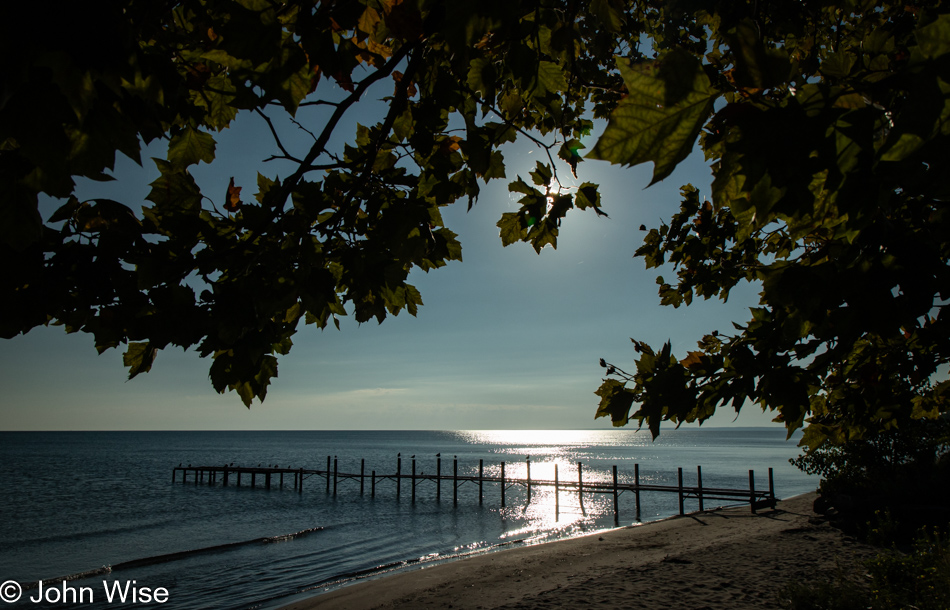
There is often a particular dilemma when traveling, and that would be finding the time to take proper notes, followed by having enough time in the evening or the next morning to get some writing in so I don’t fall behind in capturing the feeling of the trip we’re on. That’s what’s at risk of happening right as I attempt to draft this blog the following morning because, in a mere 45 minutes, Caroline and I need to leave for our next adventure, but this doesn’t have anything to do with this photo that was taken on Lake Ontario in Rochester, New York. It was our first stop after leaving Spencerport, where we endured a miserable night of sleep on a narrow mattress, hard as a board, that had us crowding each other. We’ll chalk this up to our age-old problem of difficulty sleeping on our first night out. Waking, we were surprised by the weather as the forecast predicted something quite different than what we were seeing.
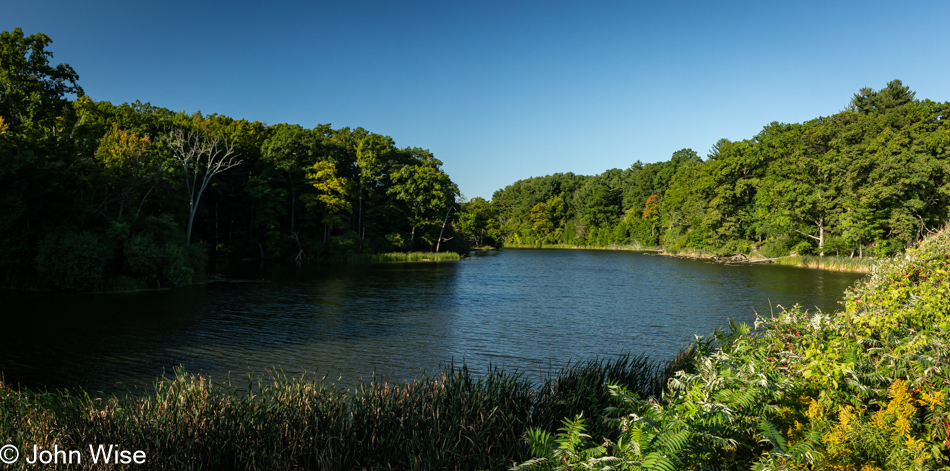
We’ve joined the Great Lakes Seaway Trail in Rochester, New York; this is Eastman Lake.
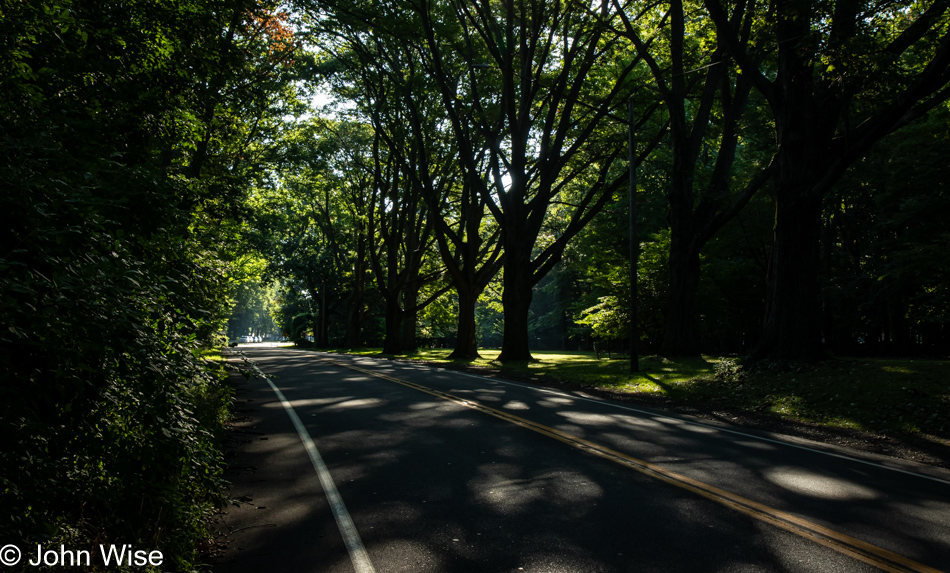
Shady lanes with mottled lights are places I’ve dreamt of living near. Instead, we get the cinder block-lined grid of tan franchised conformity that is the dullness capital known as Phoenix. But it is precisely that kind of dry starkness that has every other place anywhere we go appear to be the greatest location we’ve visited yet. And then there is the winter. This luxurious view does not fool me because, in about 90 days, this street will be lined with ice, the trees will be barren, and if it’s not too overcast, there will be a few minutes of shadows for some part of the less than nine hours of winter daylight the region gets. Trade-offs and compromises are just a part of life, aren’t they?
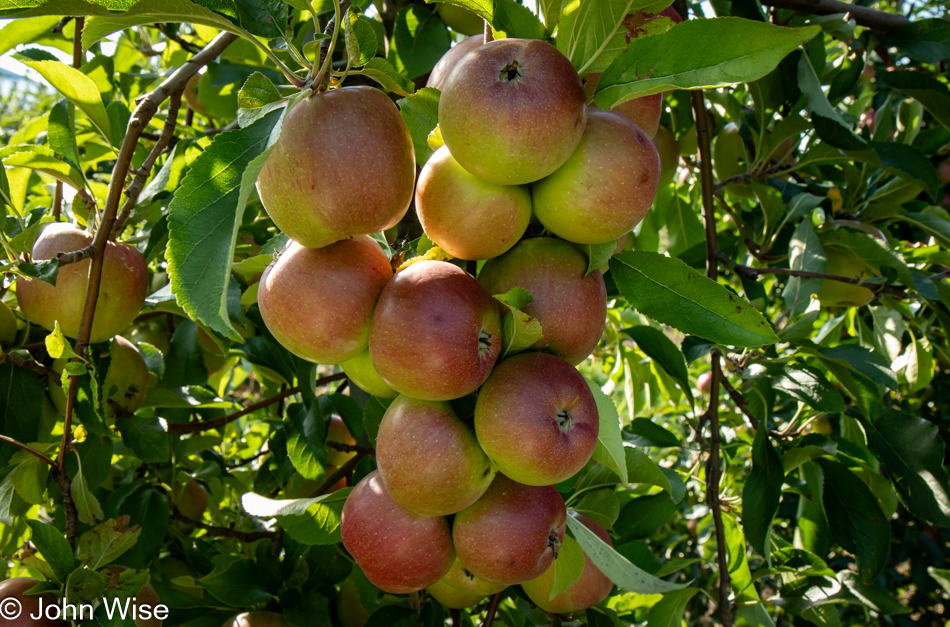
By now, I hope I don’t need to share more photos of corn; that’s been played out. Apple orchards are a nice change of pace. We’ve also seen green beans, squash or pumpkin patches, and grapes along the way. Trying to be polite, standing on this farmer’s orchard at the side of the road, unfenced, we didn’t pick a single apple and only left with a few photos.
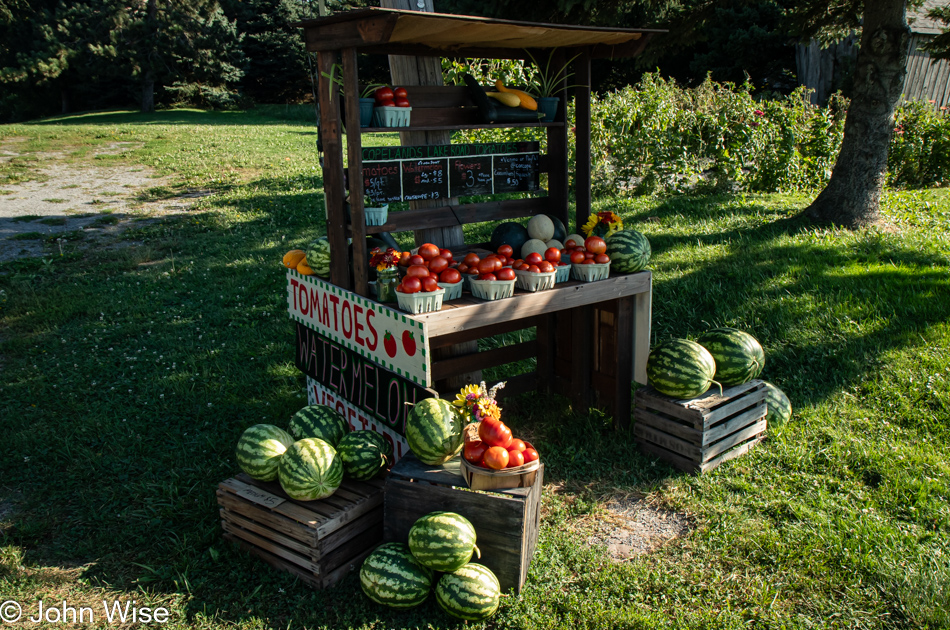
Just across from the orchard was this veggie stand, not selling apples, where we picked up a pint of tomatoes for only $3.00, paid for on the honor system.
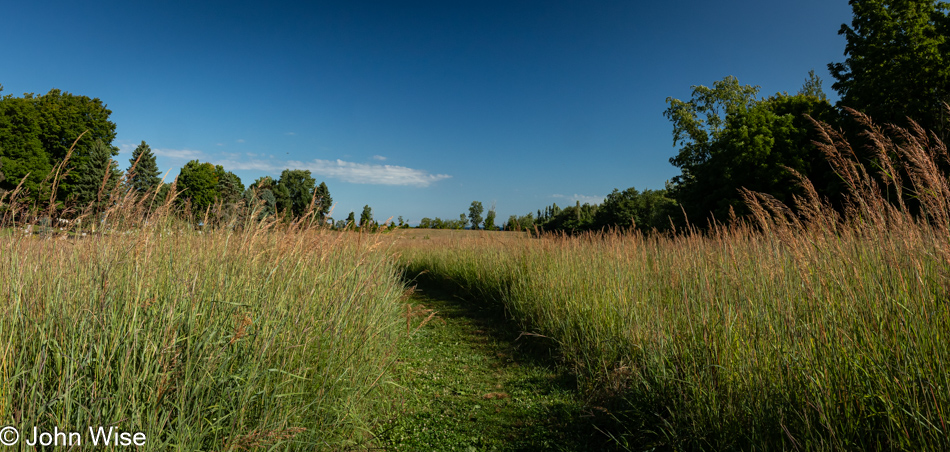
We’d have ventured further into the Cornwall Preserve in Williamson, New York, had a sign at the trailhead not warned us of ticks. We have tick and mosquito repellent, but it’s still packed away in our large bag, where it’s doing nothing to deal with those pests.
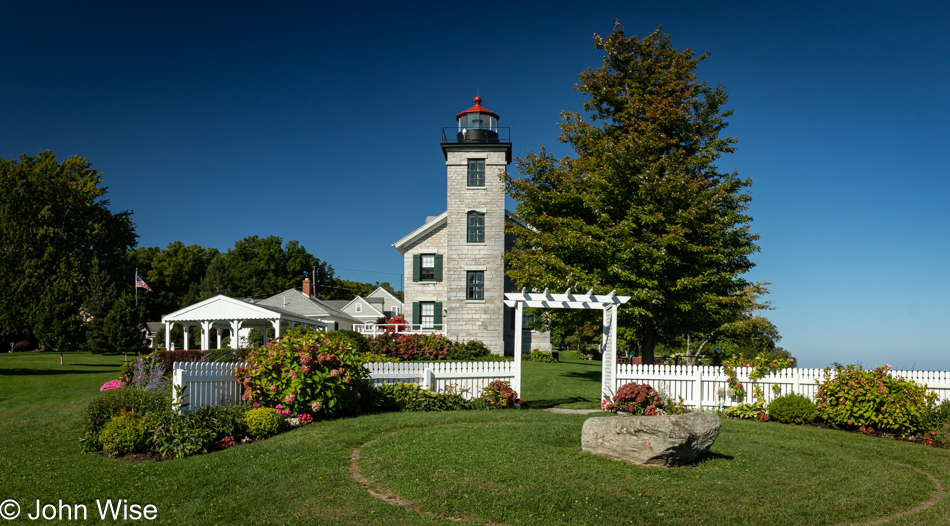
Our first lighthouse of the day was seen here in Sodus Point. If visitation is possible, it doesn’t matter, as we are here early in the morning.
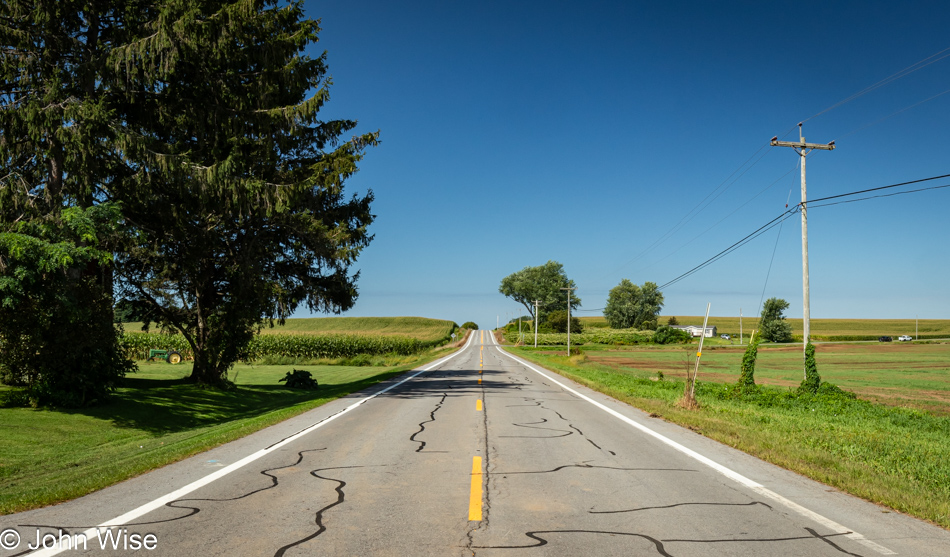
Across the Great Lakes Seaway Trail we are making our way to the St. Lawrence Seaway, where we have a date at the Antique Boat Museum in Clayton, New York.
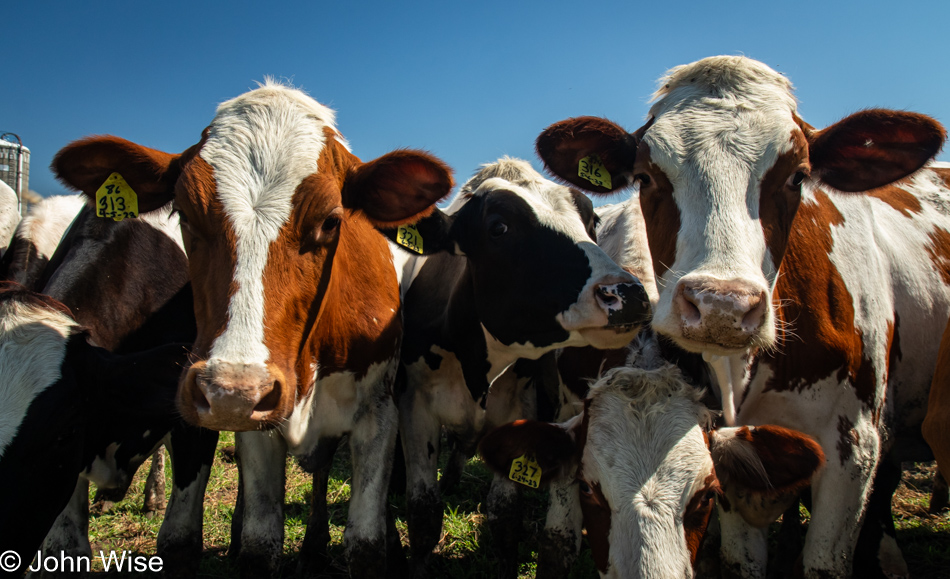
There’s always time for friendly cows. Heck, we’d stop for friendly chickens, pigs, sheep, alpacas, horses, donkeys, and every other barnyard animal that wants to come to the fenceline for some head rubs.
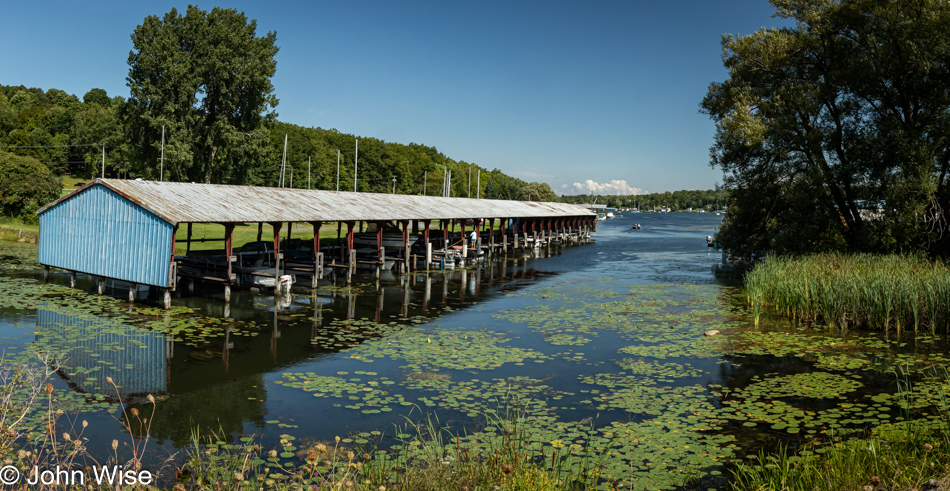
Passing through Henderson, New York, on our way to the next lighthouse, the lily pads drew our attention to the Harbor’s End Marina to better admire them longer than we’d have seen them from our passing car.
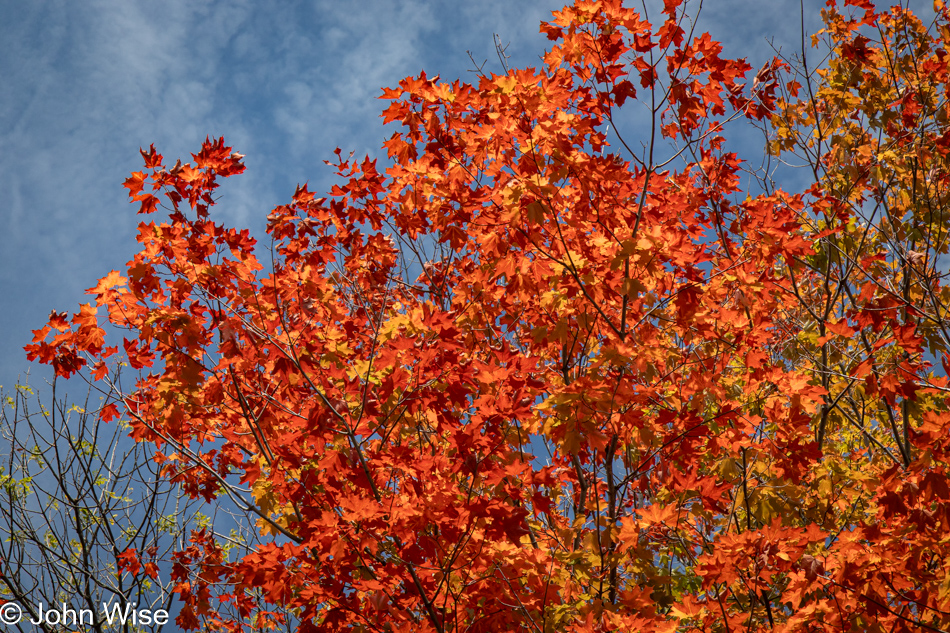
Farther north, fall colors are starting to appear a little more frequently. If we are even more fortunate than we are already, the entire region may be experiencing a full riot of color in a couple of weeks.
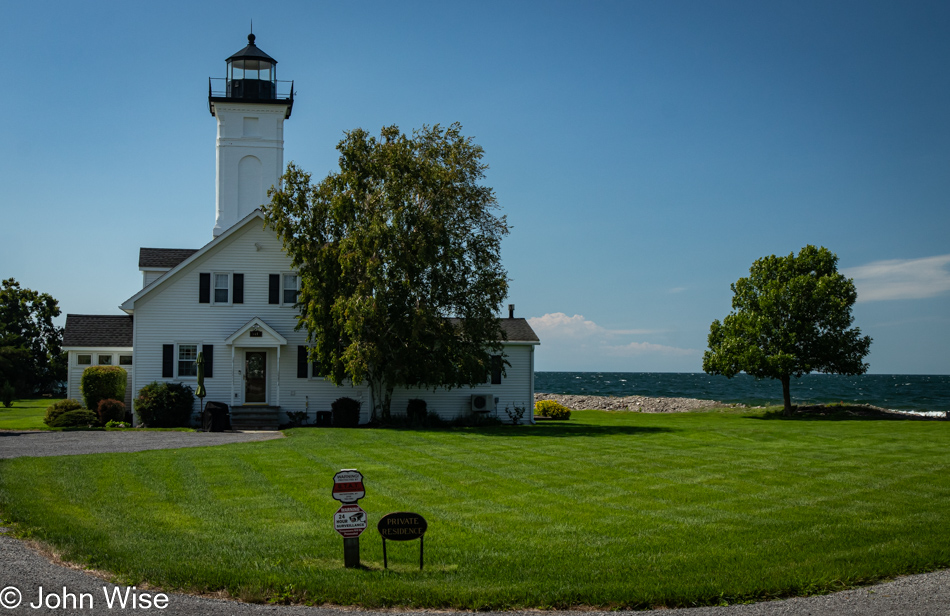
The Stoney Point Lighthouse is now a private residence with an obviously angry owner, who may regret buying a lighthouse as a home because the signs on the chain across the driveway demonstrate a hostility that lets people know violence is but a step away.
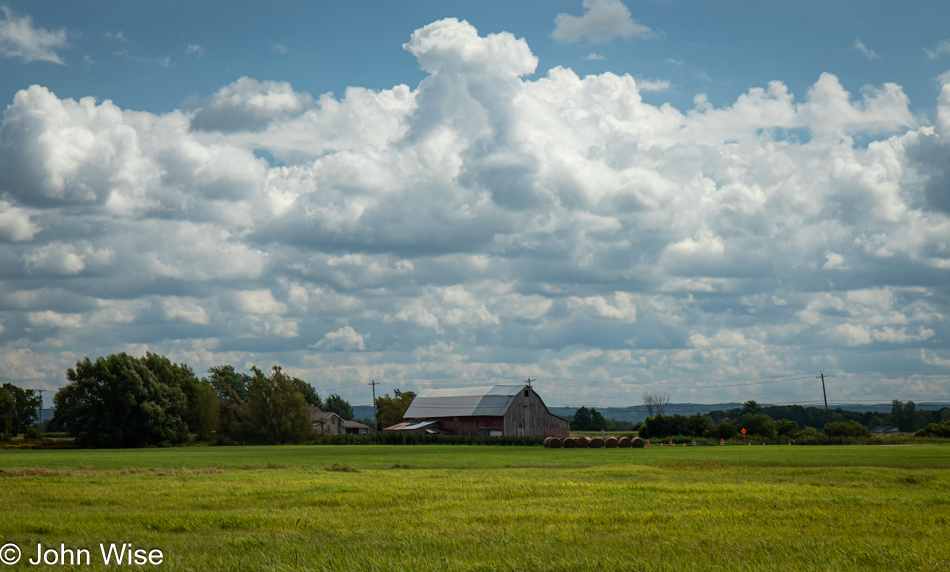
There we were, casually driving backroads on our way to the Tippets Point Lighthouse in Cape Vincent, New York. When recalculating our travel time, we realized we’d be late to Clayton if we continued on our path. So, in Limerick, we cut the trail short and beelined for the Antique Boat Museum.
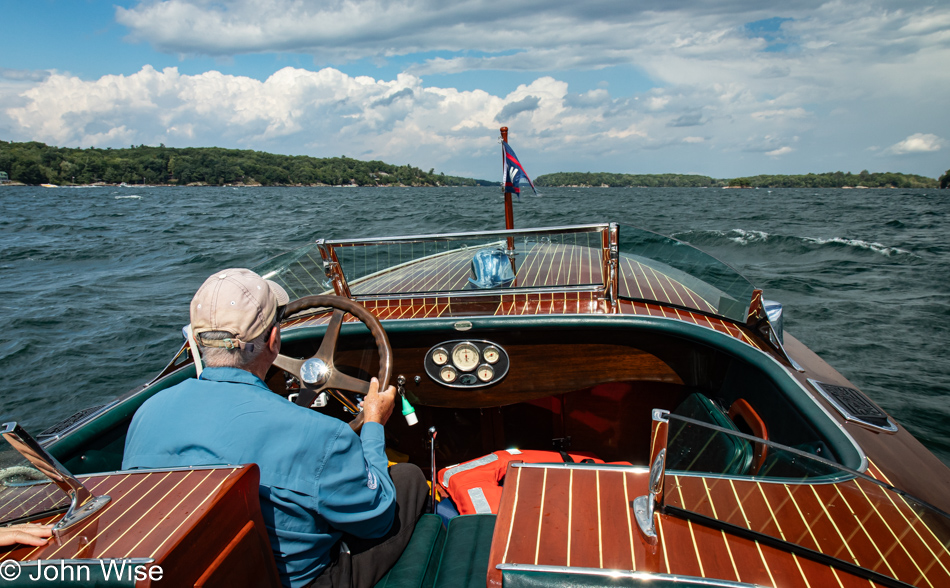
We made it with plenty of time to spare. That’s Captain Gary at the helm of the Miss 1000 Island III, a modern replica of a vintage Hacker Craft. The speedboat we are on is known as a Runabout made of mahogany and was designed by the legendary George Hacker. We are on the St. Lawrence Seaway for an hour’s ride on the choppy river.
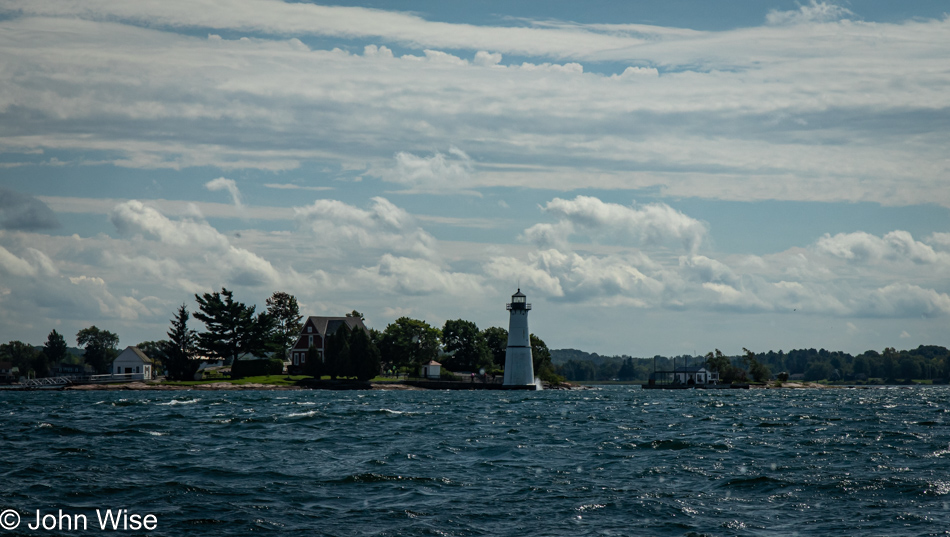
This was as close as we’d get to the Rock Island Lighthouse today.
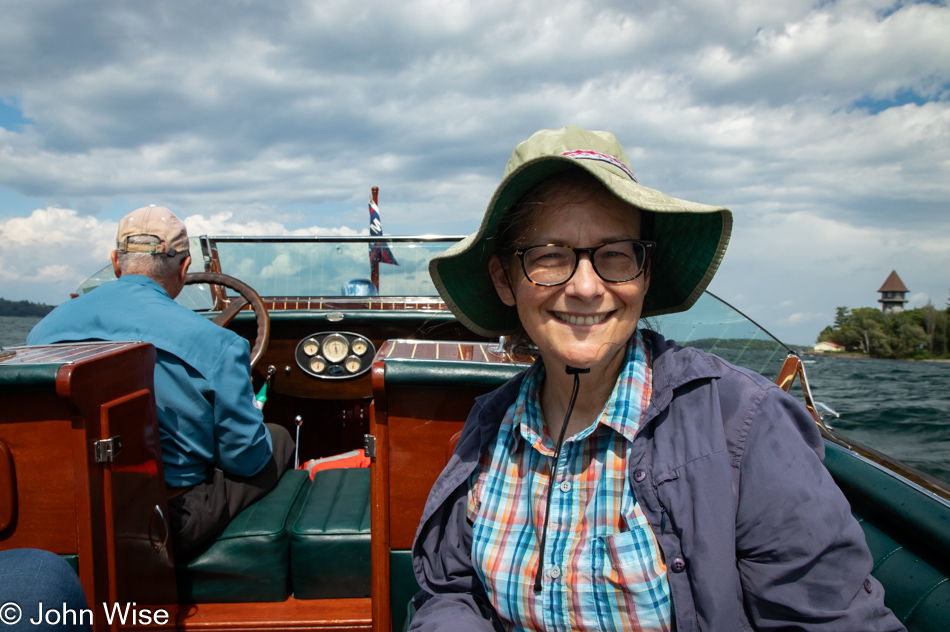
You may not notice it on Caroline’s left shoulder, but some water splashed into the boat. That’s nothing compared to the soaking the two people in the back got.
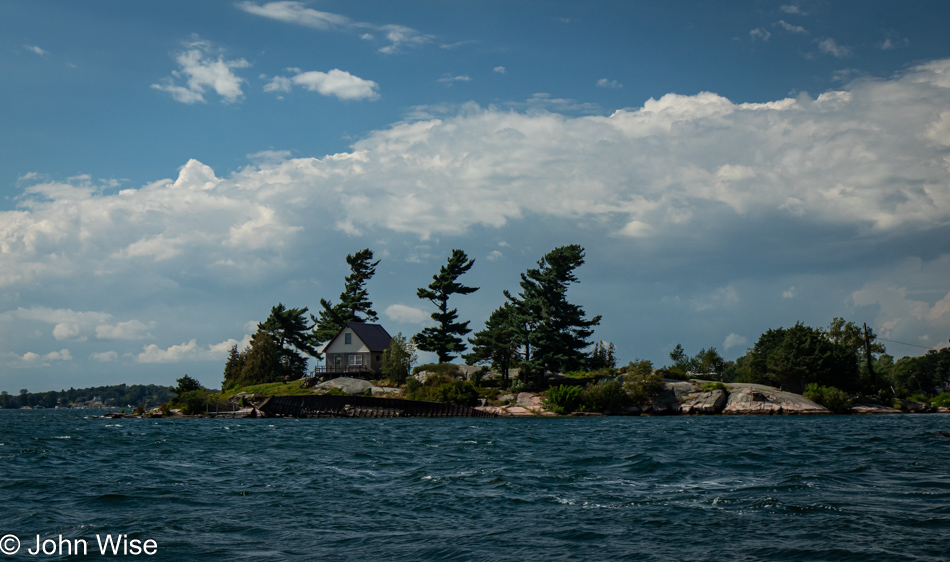
There’s a ton of islands out here. We were told the number, but that detail was just as quickly lost. I’m sure it was more than a thousand, which only makes sense considering the region is called Thousand Islands.
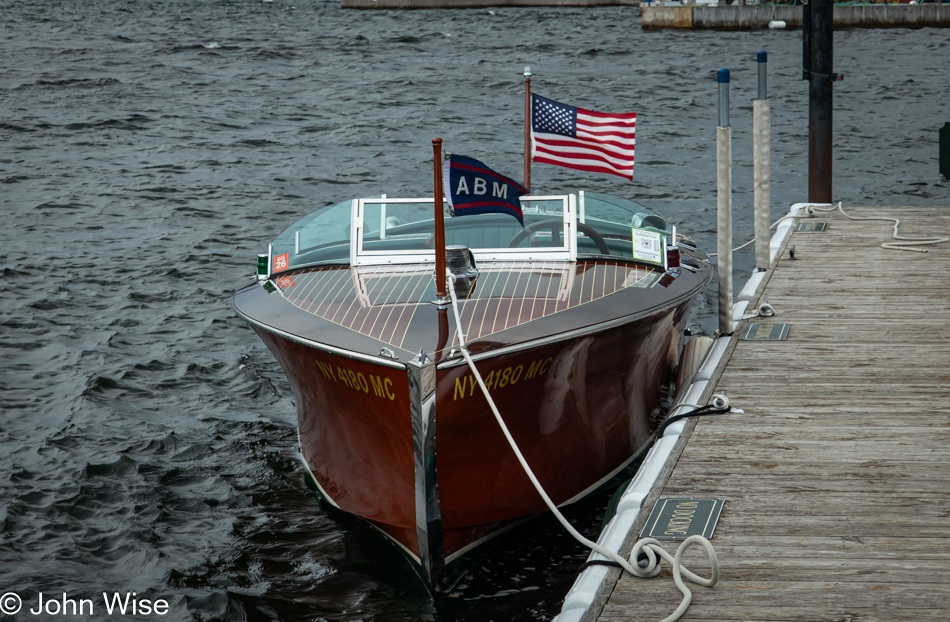
This is the Miss 1000 Island III; we were out on the water with her this afternoon.
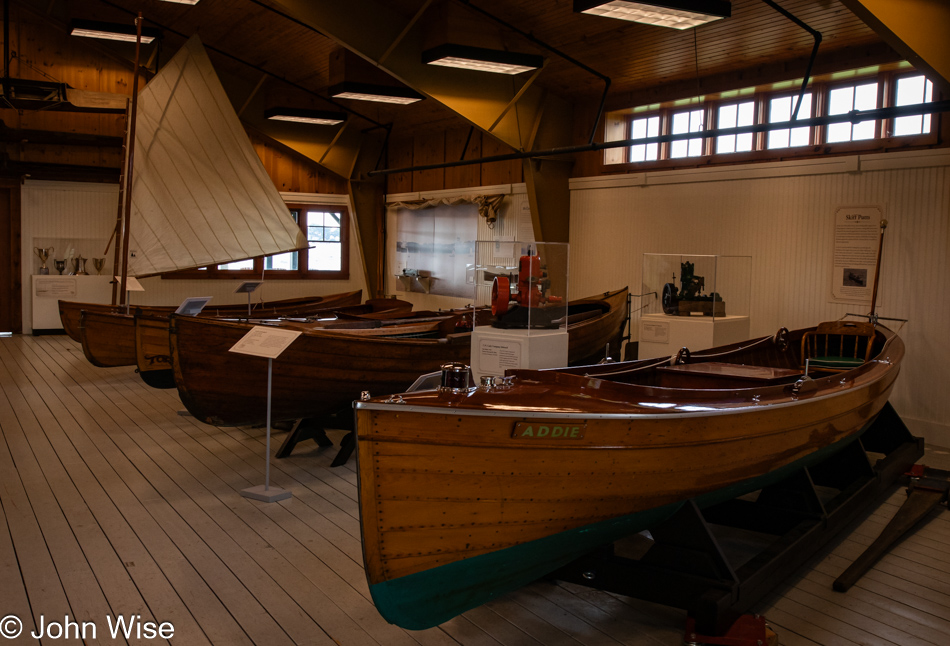
I had to be judicious with the number of photos I’m sharing from inside the Antique Boat Museum, as with the 25 images included in today’s post, I would only prolong the amount of writing I’d need to do, which is already getting tough to keep up with. The image above was from the hall with vintage sailing skiffs, many from the Gilded Age.
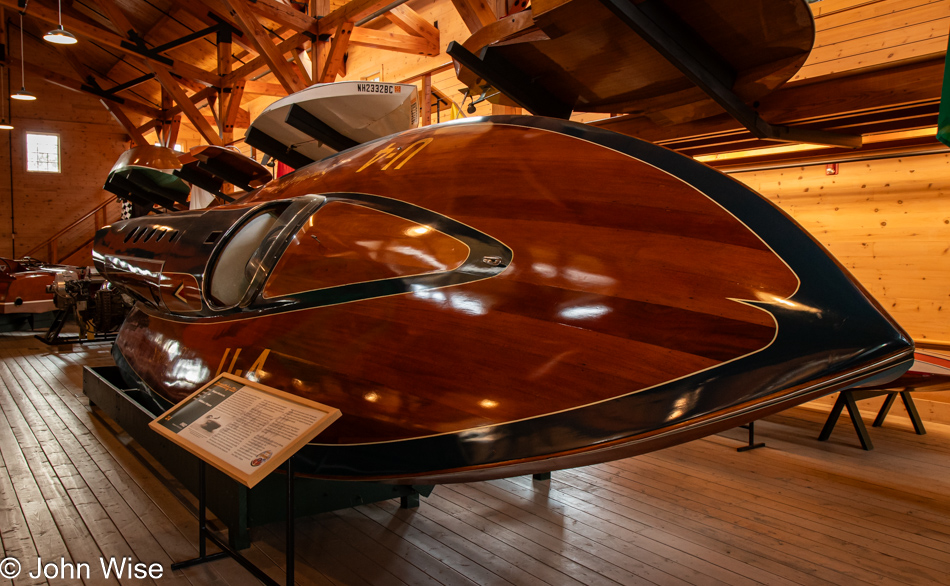
Unlike this speedboat built to go fast, I was created to go slow. This separate hall was dedicated to powerboat racing through the ages.
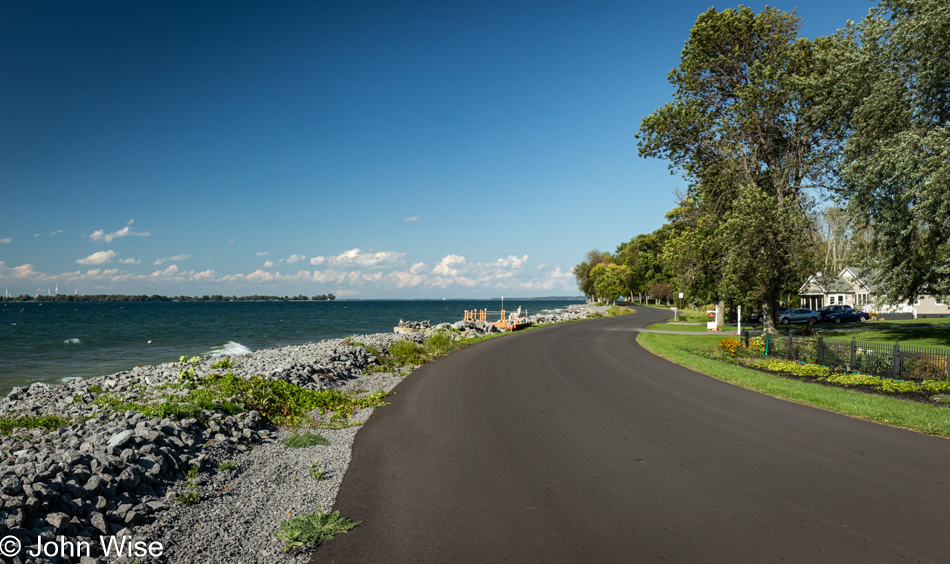
Twisting road along Lake Ontario, I should have something witty to say here, but I’m coming up short in the metaphors and words of wisdom department where I go to fetch things I’m trying to share here. I suppose one thing I should add is that should you be looking for a vacation destination, renting a house along this lakeshore in Cape Vincent, you wouldn’t go wrong.

That’s Caroline standing in Lake Ontario near the mouth of the St. Lawrence Seaway.
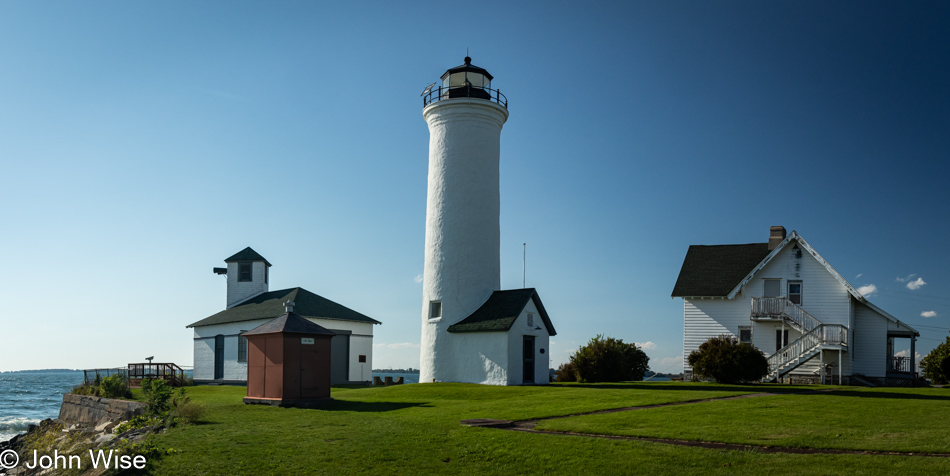
Tippets Point Lighthouse in Cape Vincent, New York. At the small gift shop, we met a retired Air Force life enthusiast who was happy to tell us about the lighthouse, maintaining and restoring it, the Eisenhower and Snell Locks up in the Massena area, and even practiced some of the German he learned while stationed in Grafenwohr, Germany. The top of the lighthouse is not visitable, as major work inside has to be done, but the original Fresnel lens is still up there, so maybe one day, the work will be done to give visitors a chance to ascend the tower again.
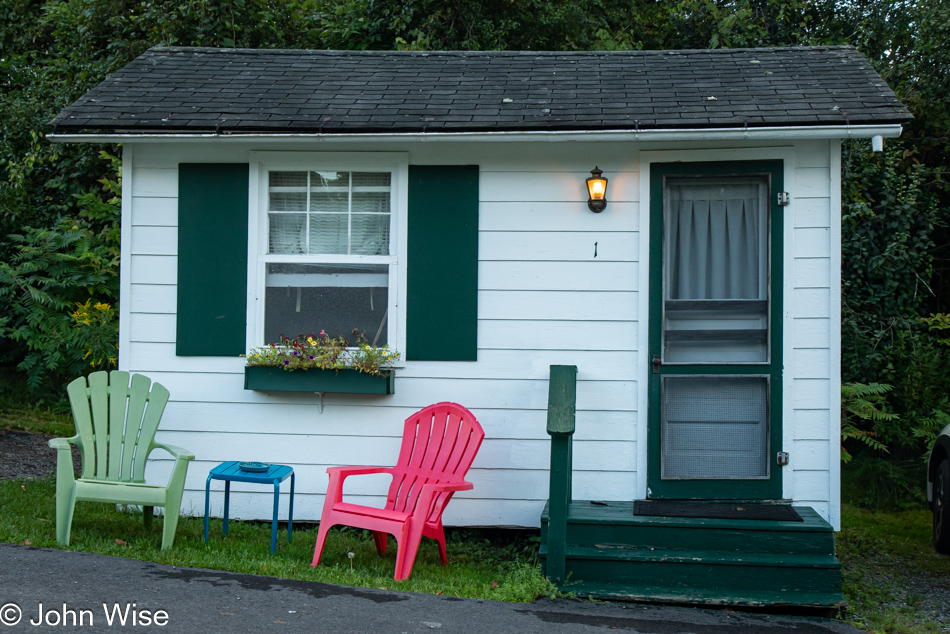
Our accommodations tonight would turn out to be the tiny cabin of another miserable night of sleep, but instead of a narrow board, we had a slightly wider floppy sponge, apparently built by a company that guarantees back pain should you be able to endure seven hours trapped in its grip.
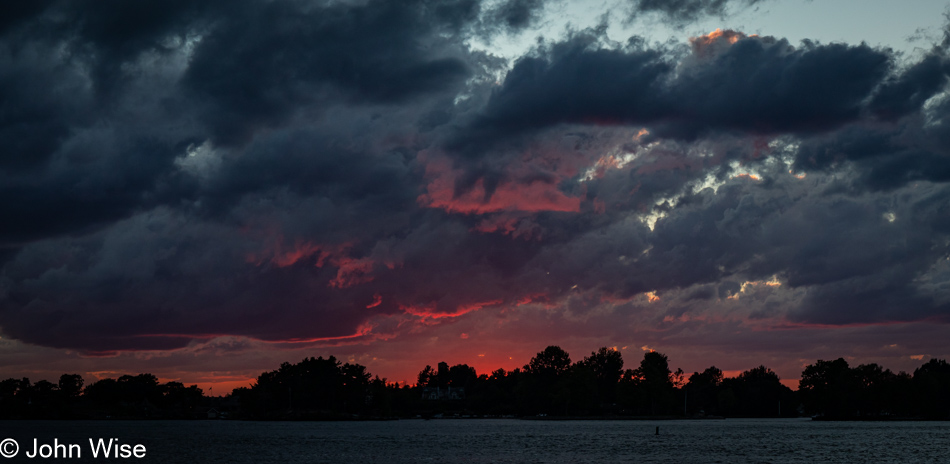
After checking into the cottage, we drove up the road to the town proper of Alexander Bay to visit an ATM and get ice to replenish our supply [and enjoy a bit of ice cream – Caroline]. This was the bit of sunset we were offered here on the first full day of our vacation.

